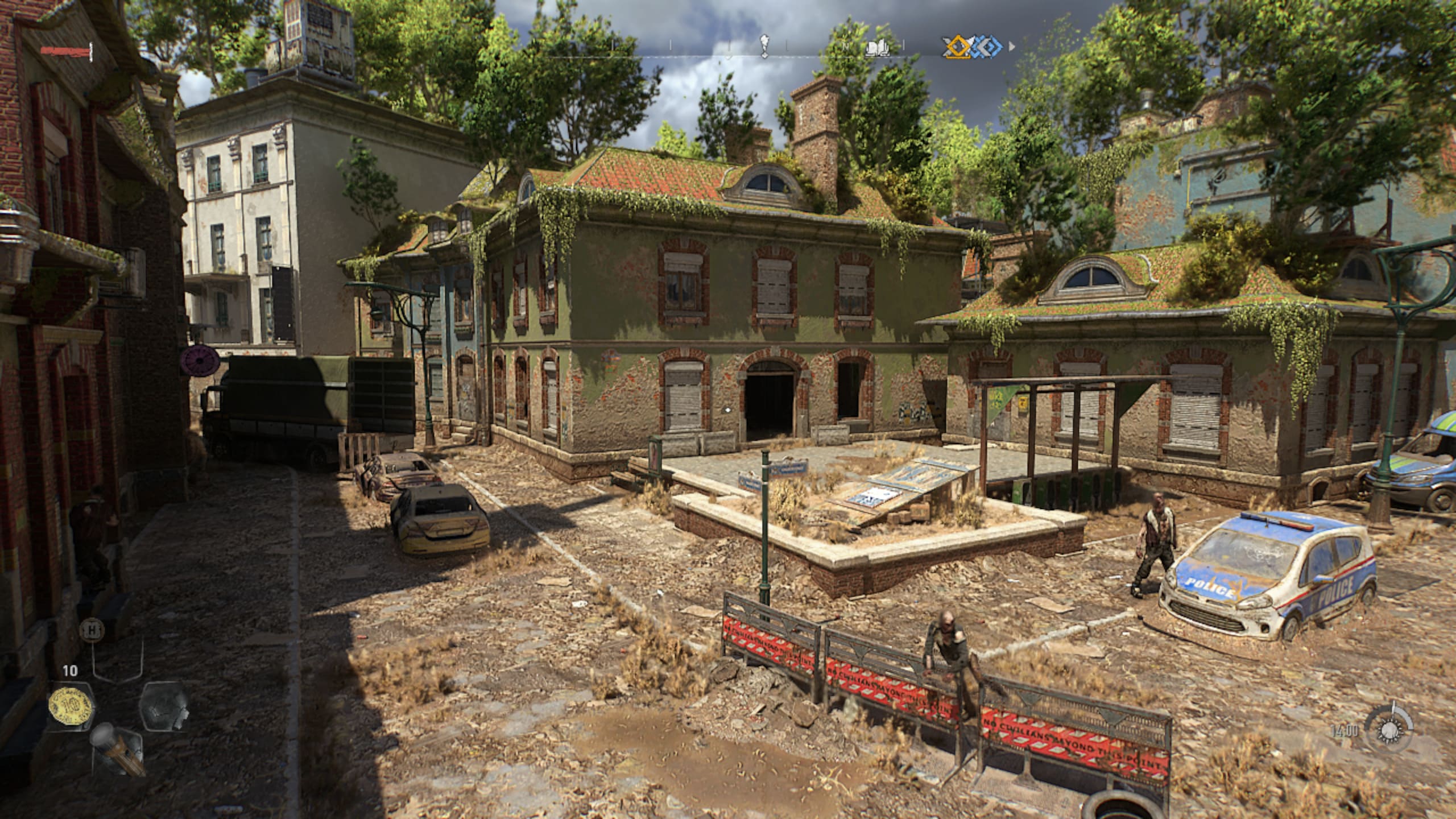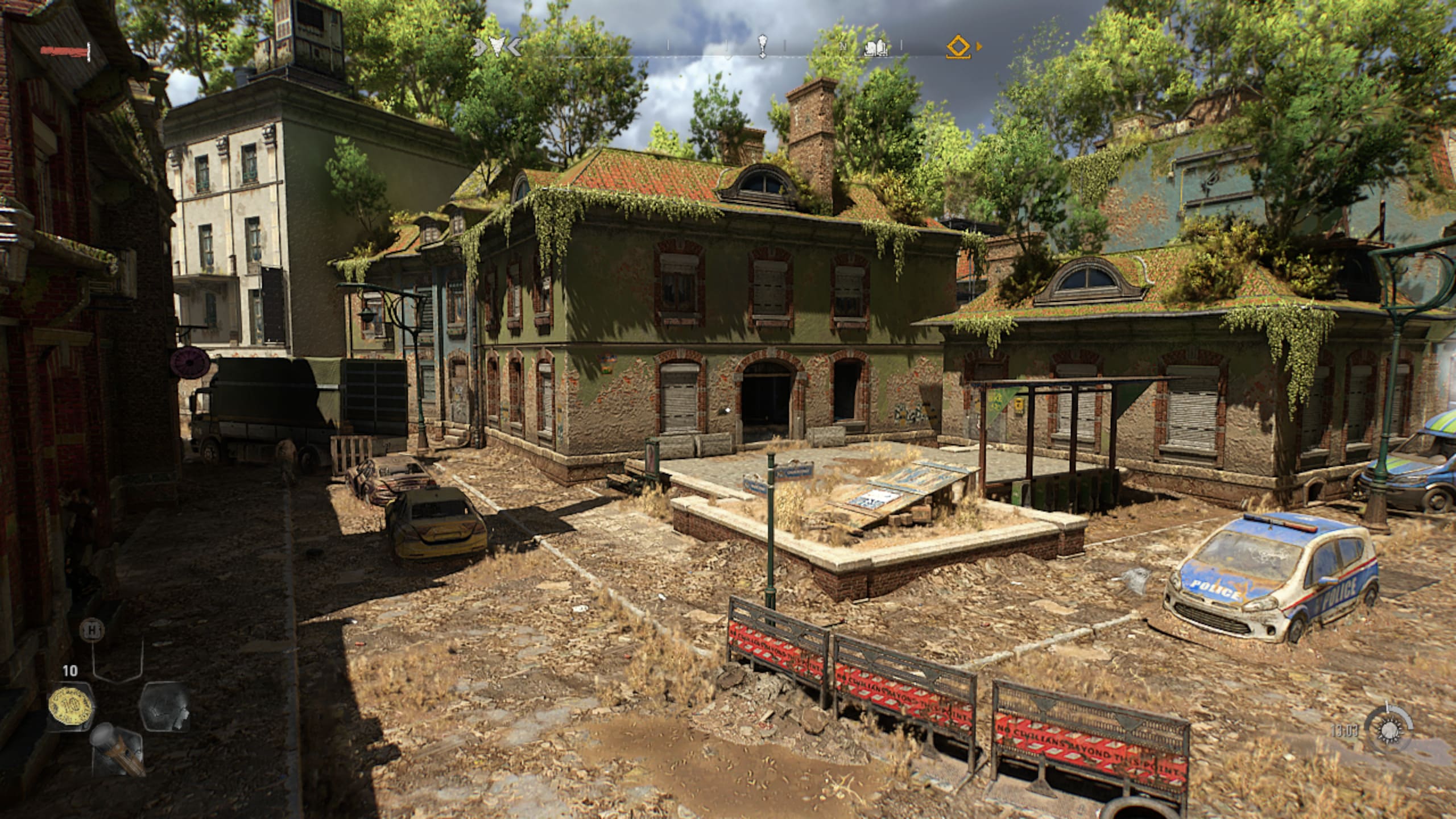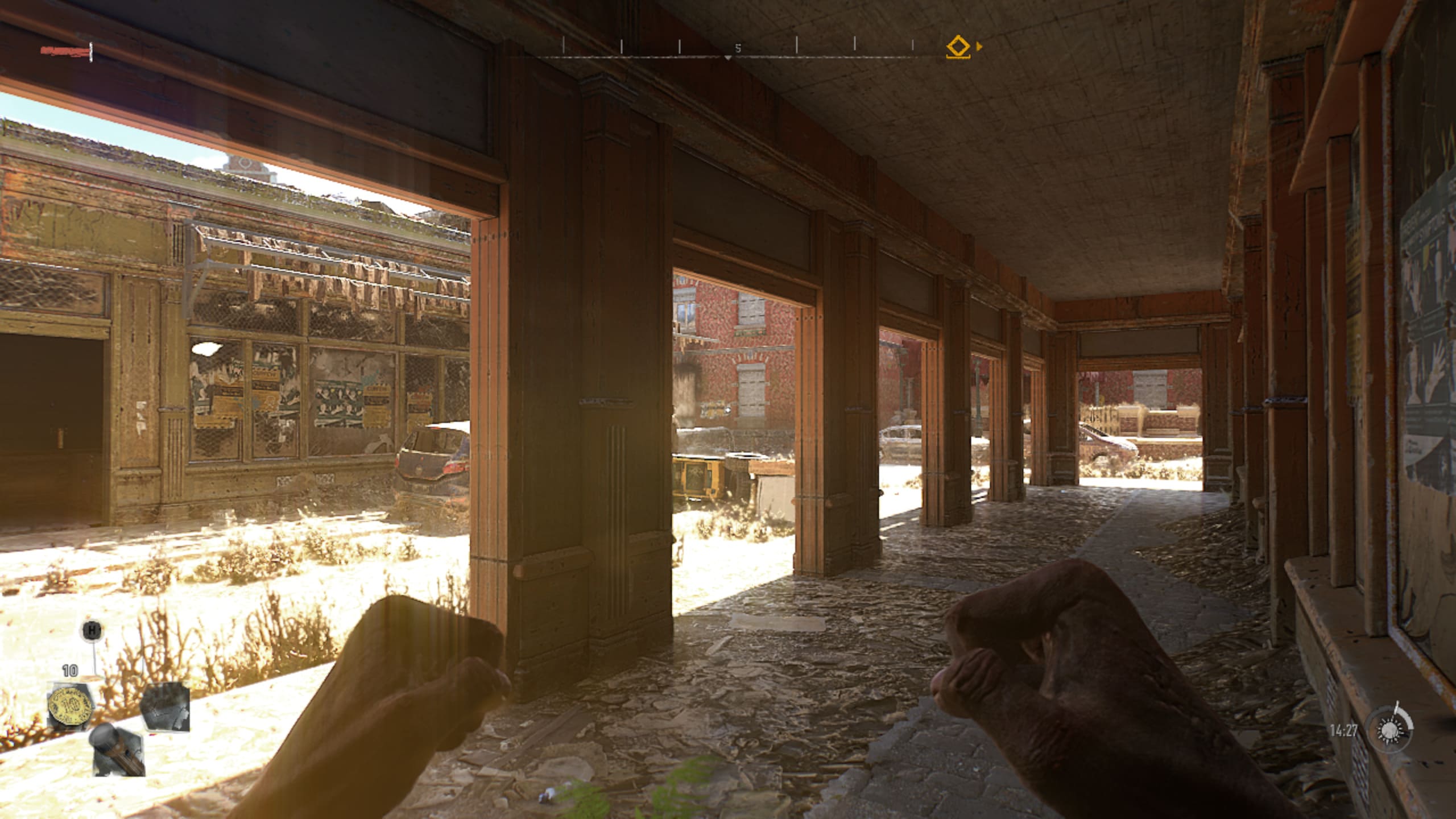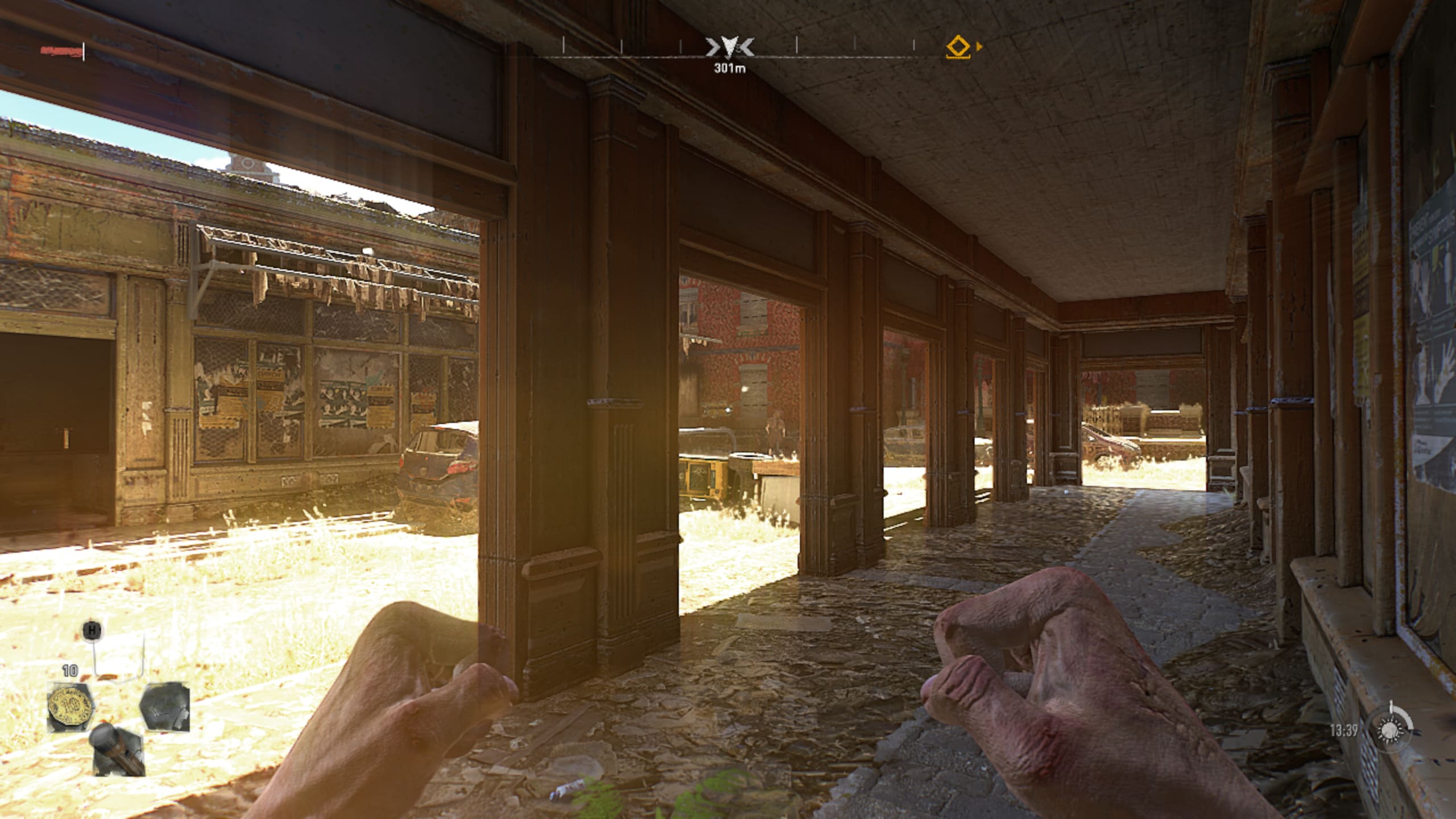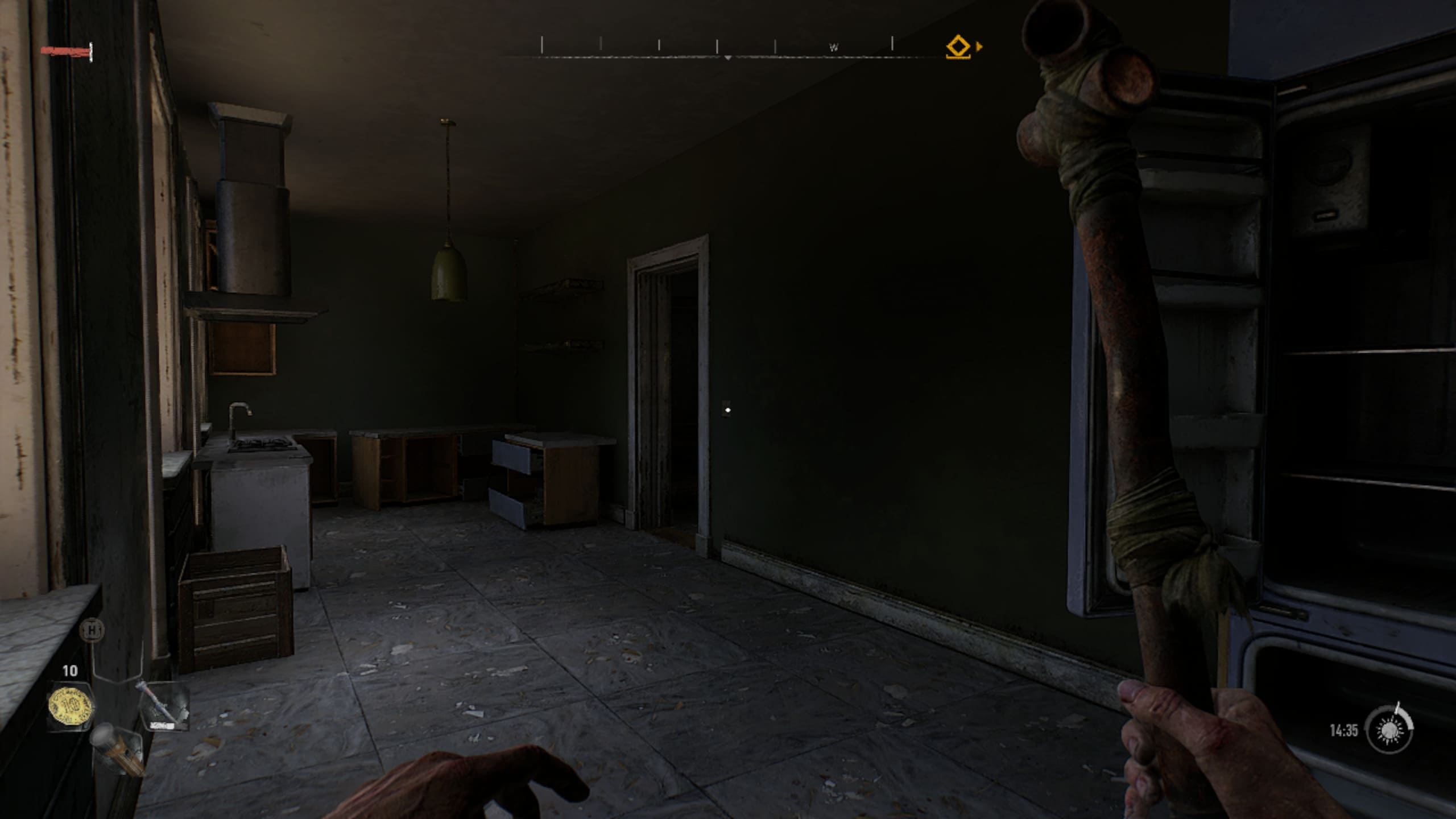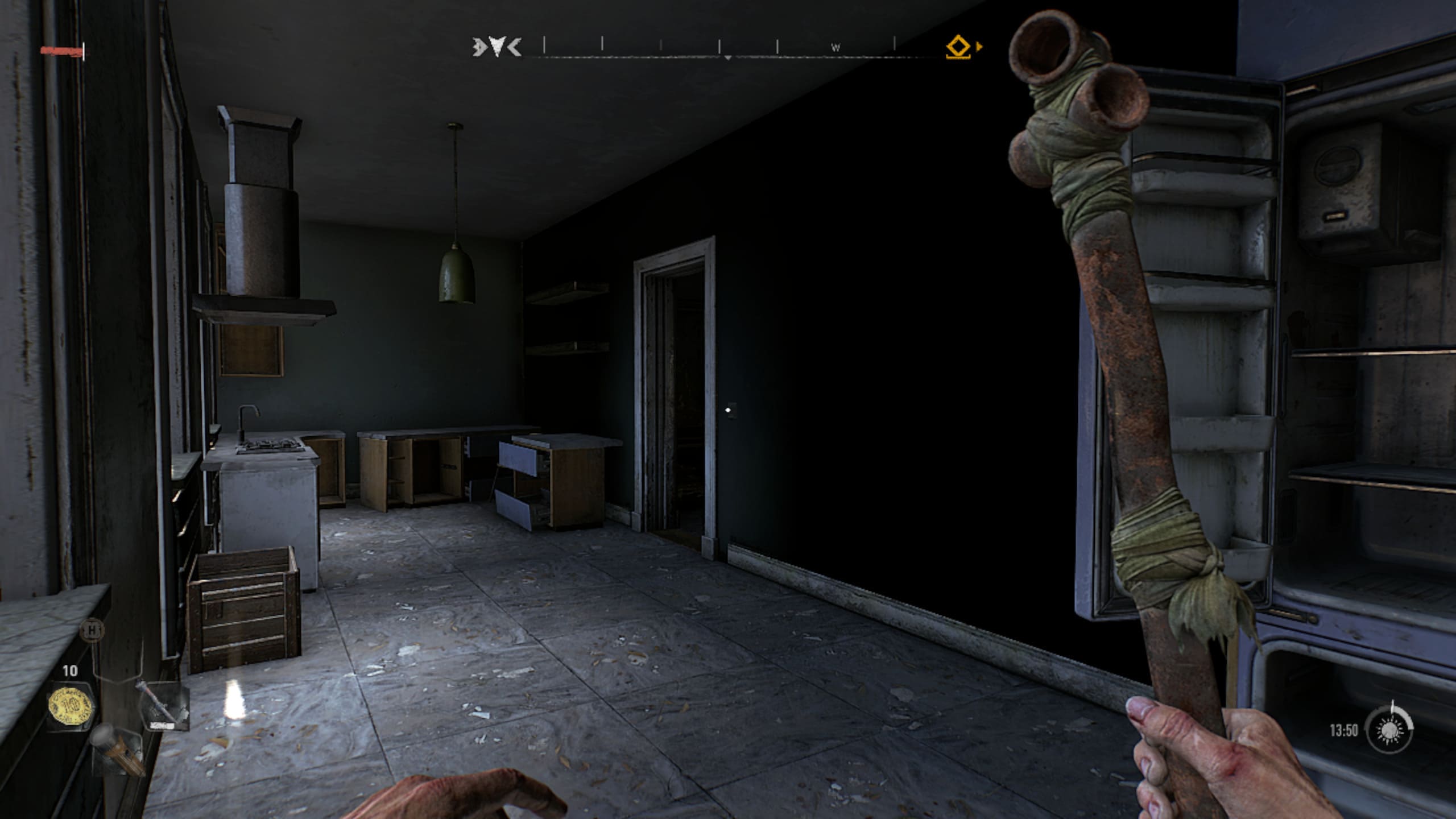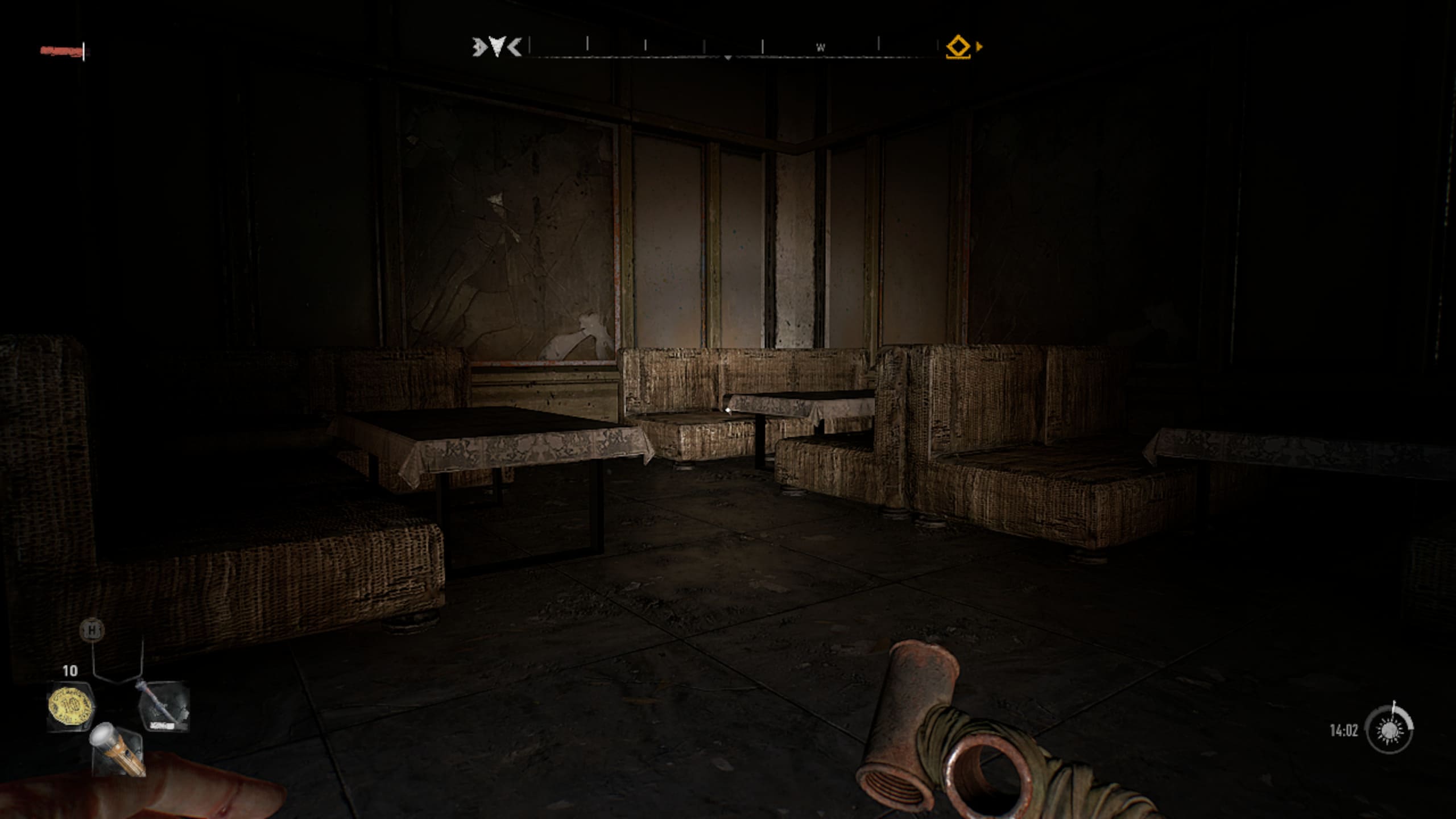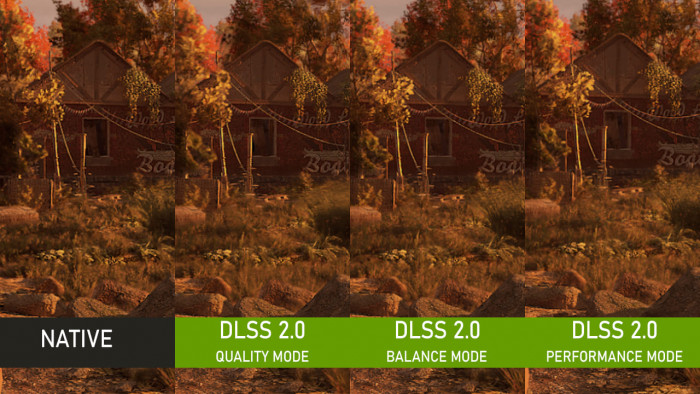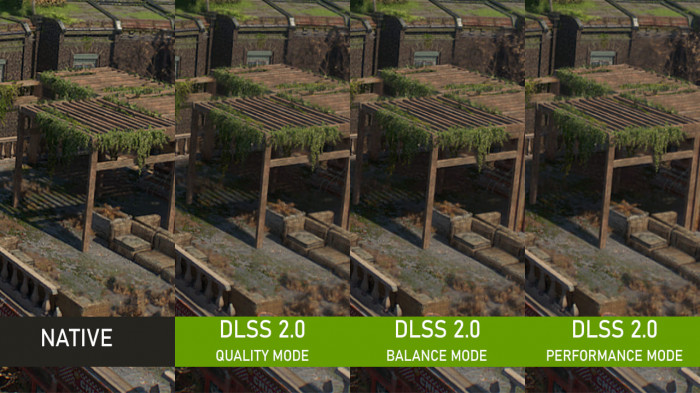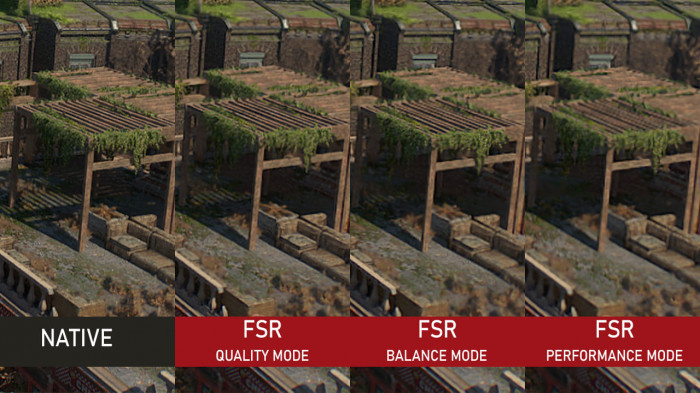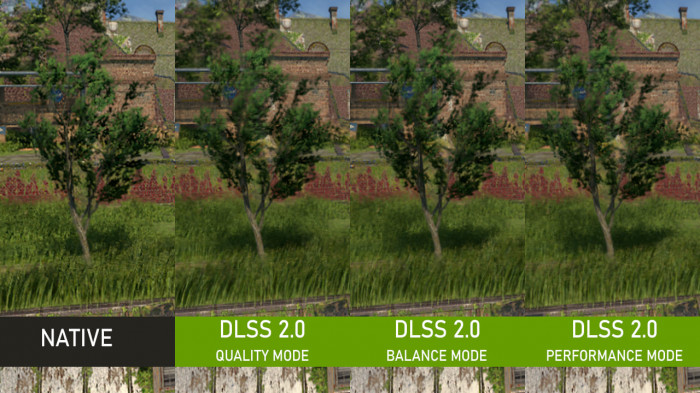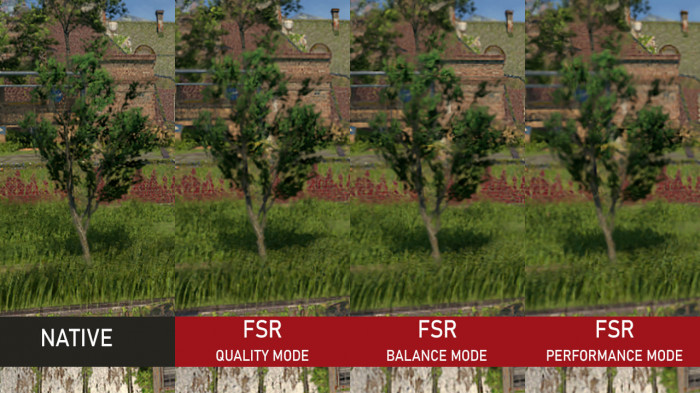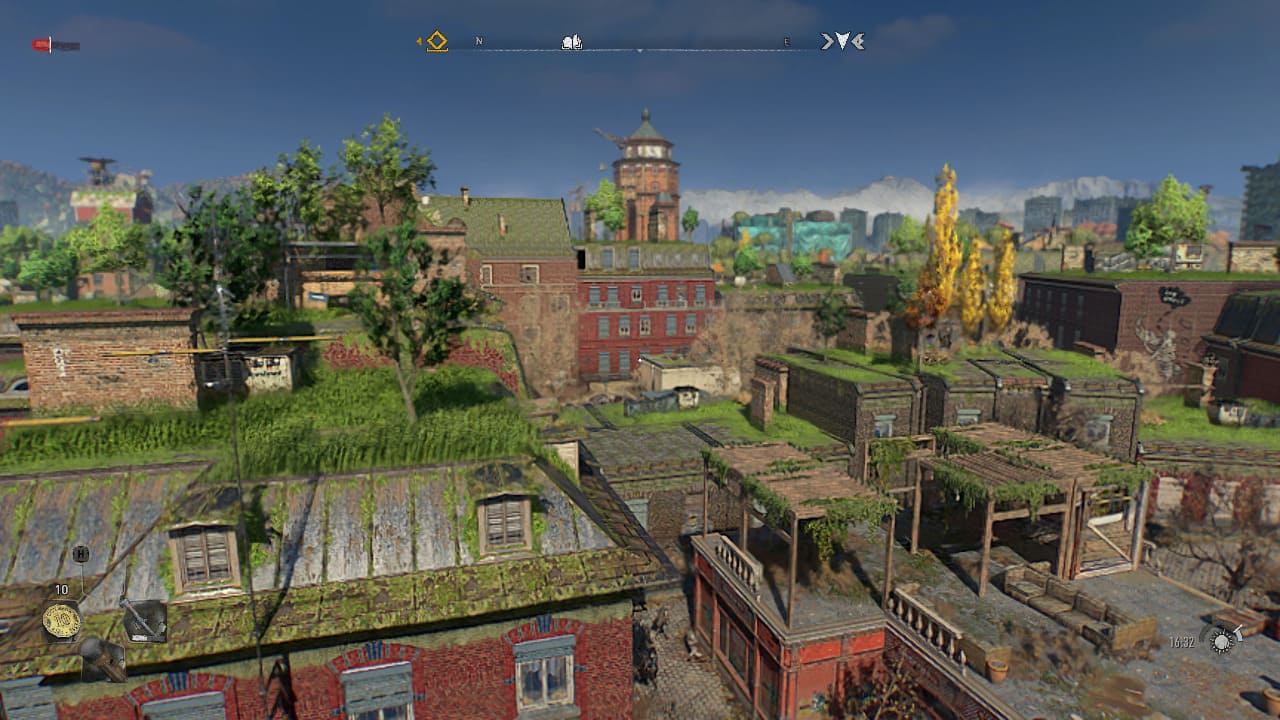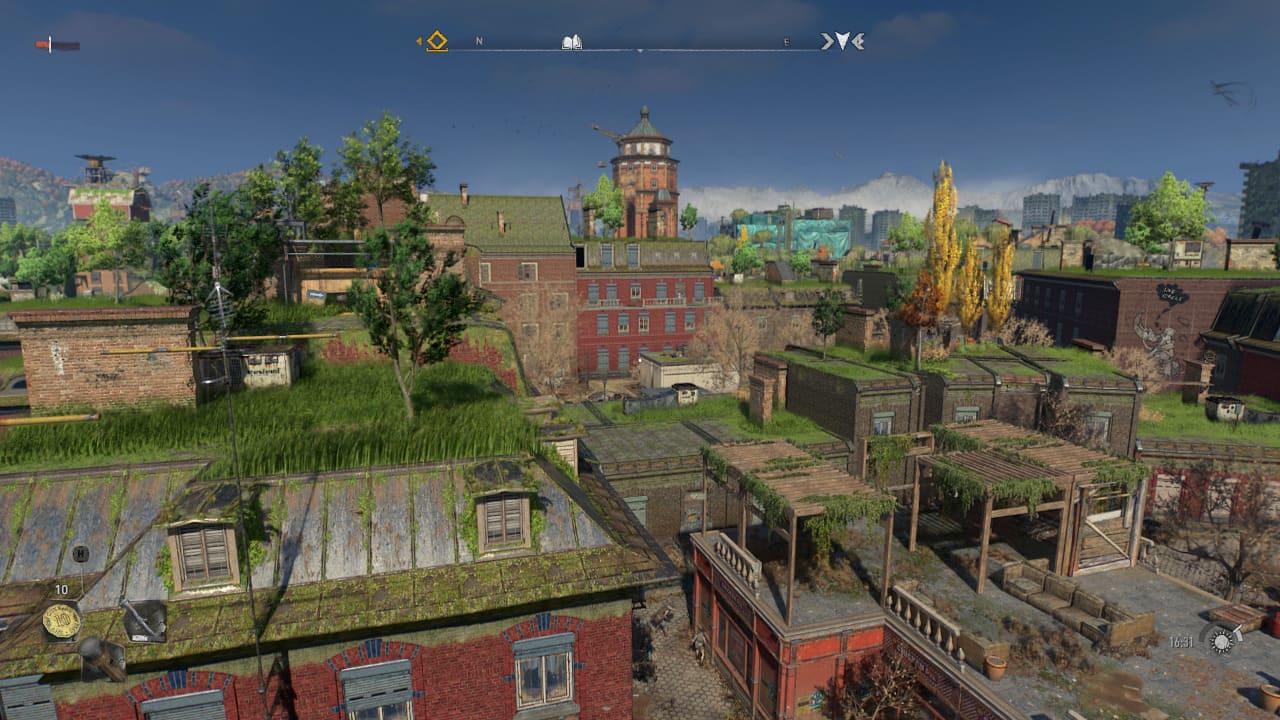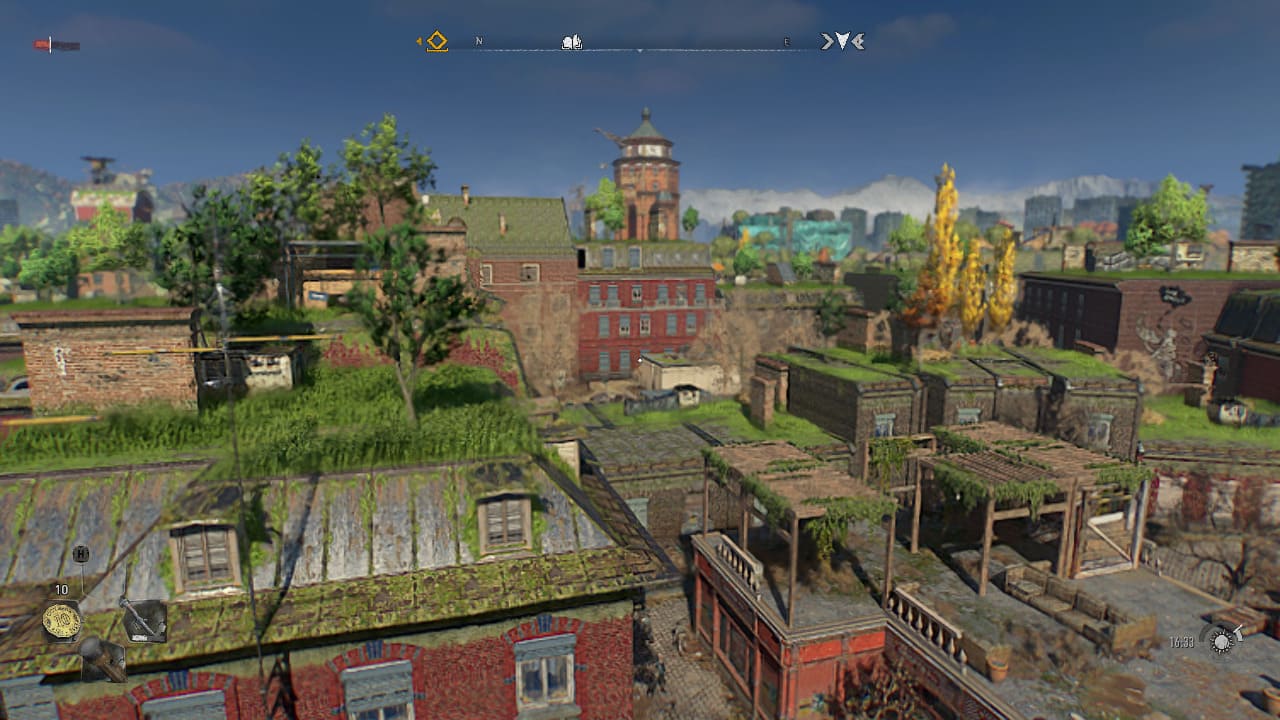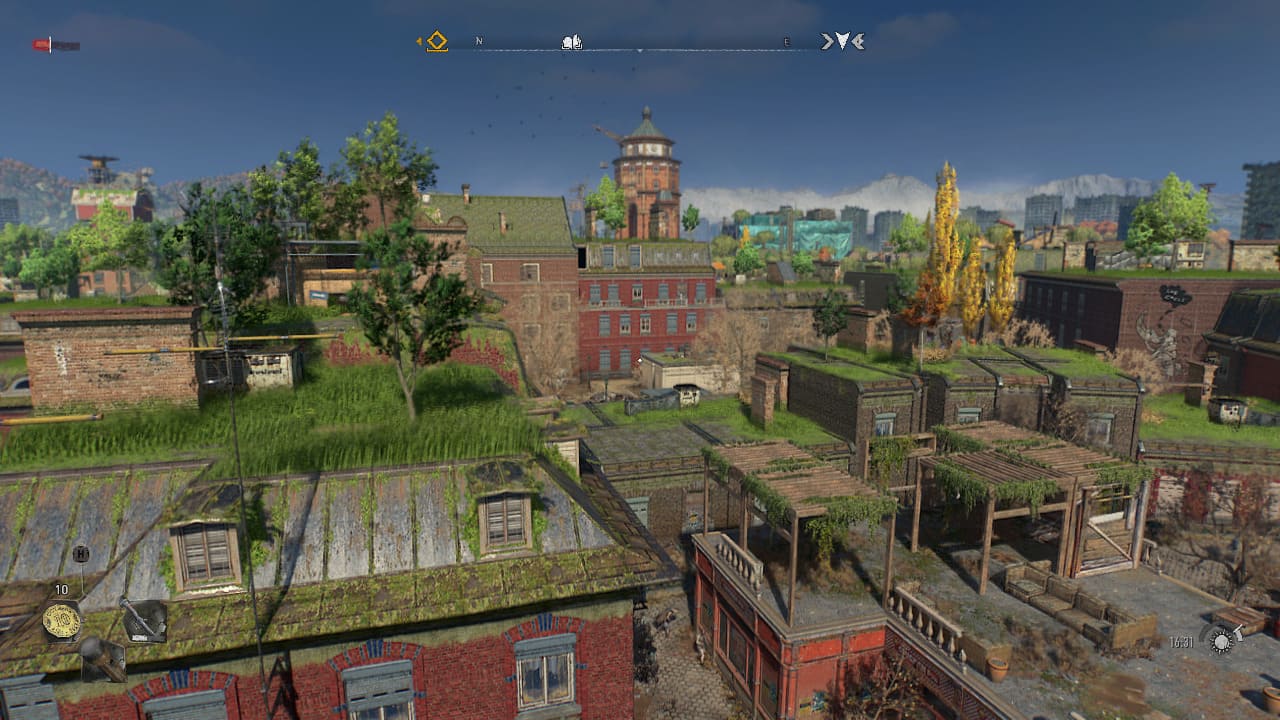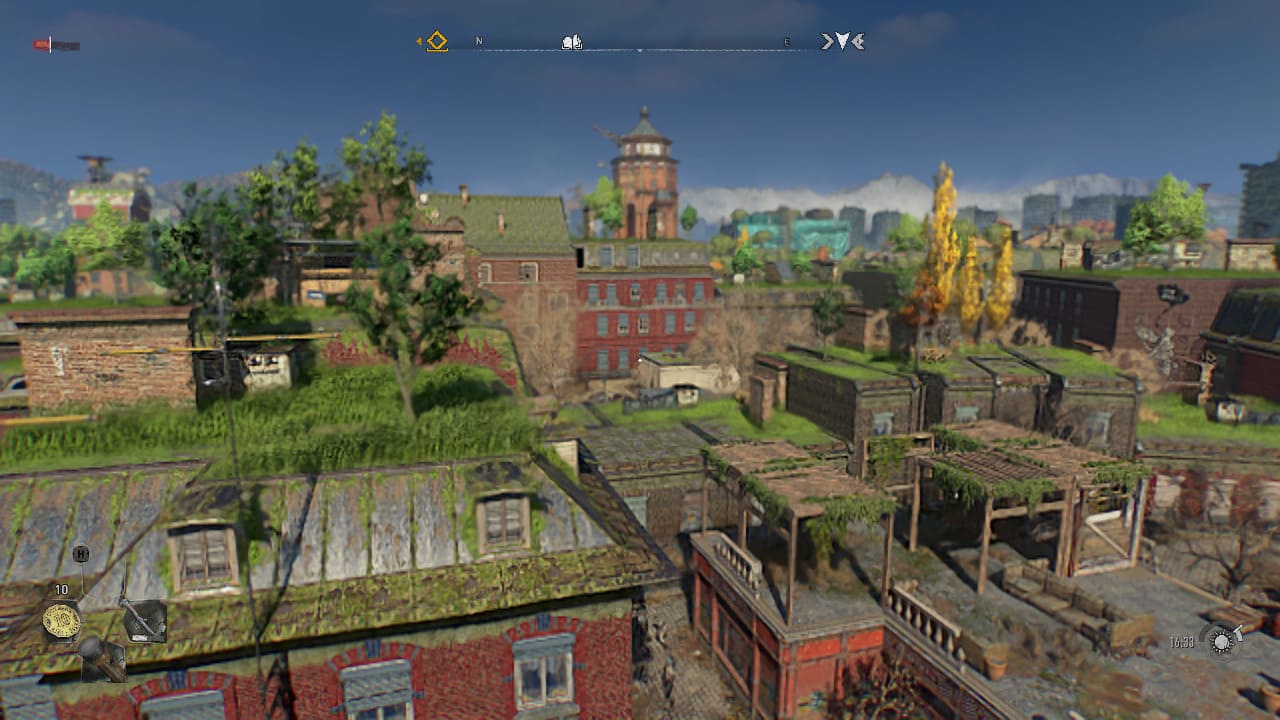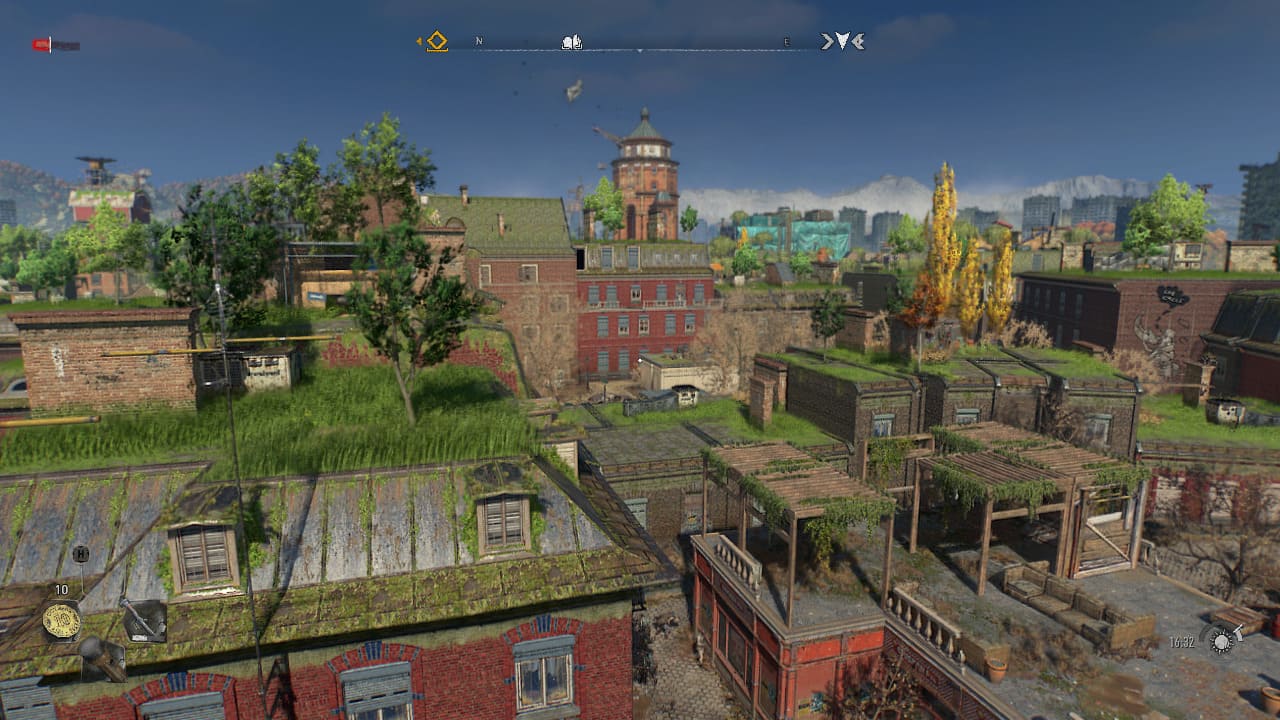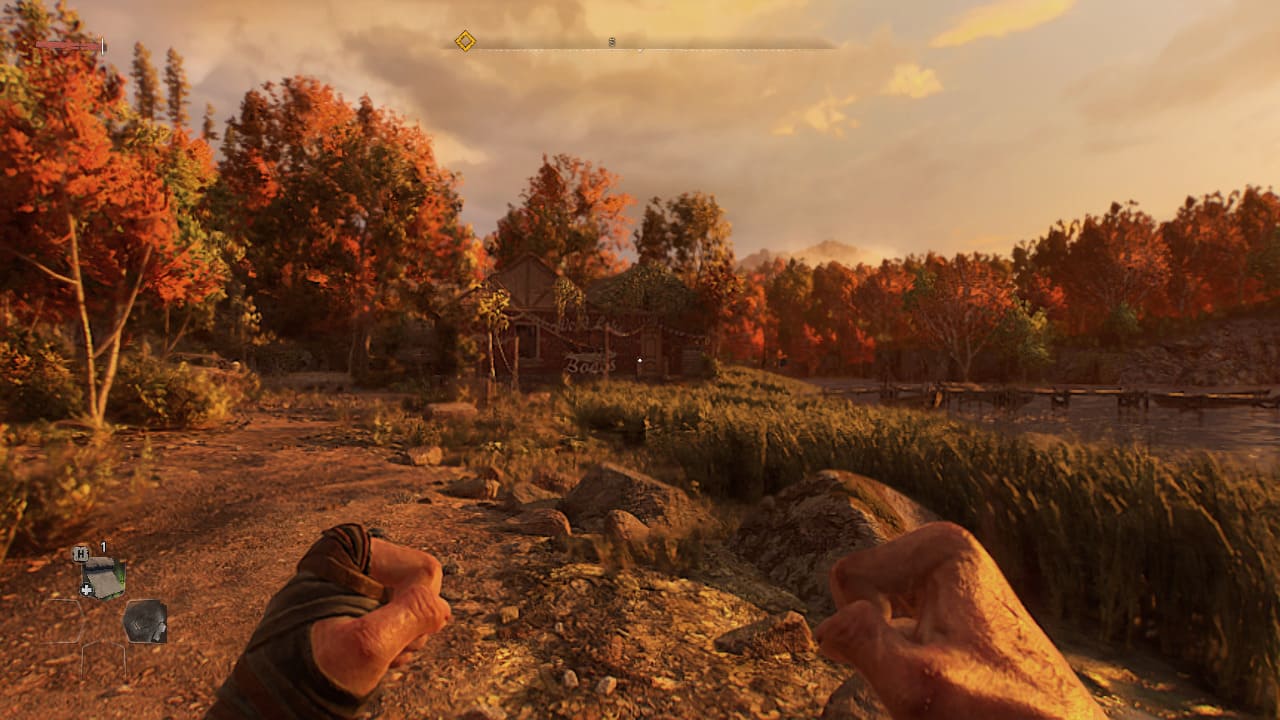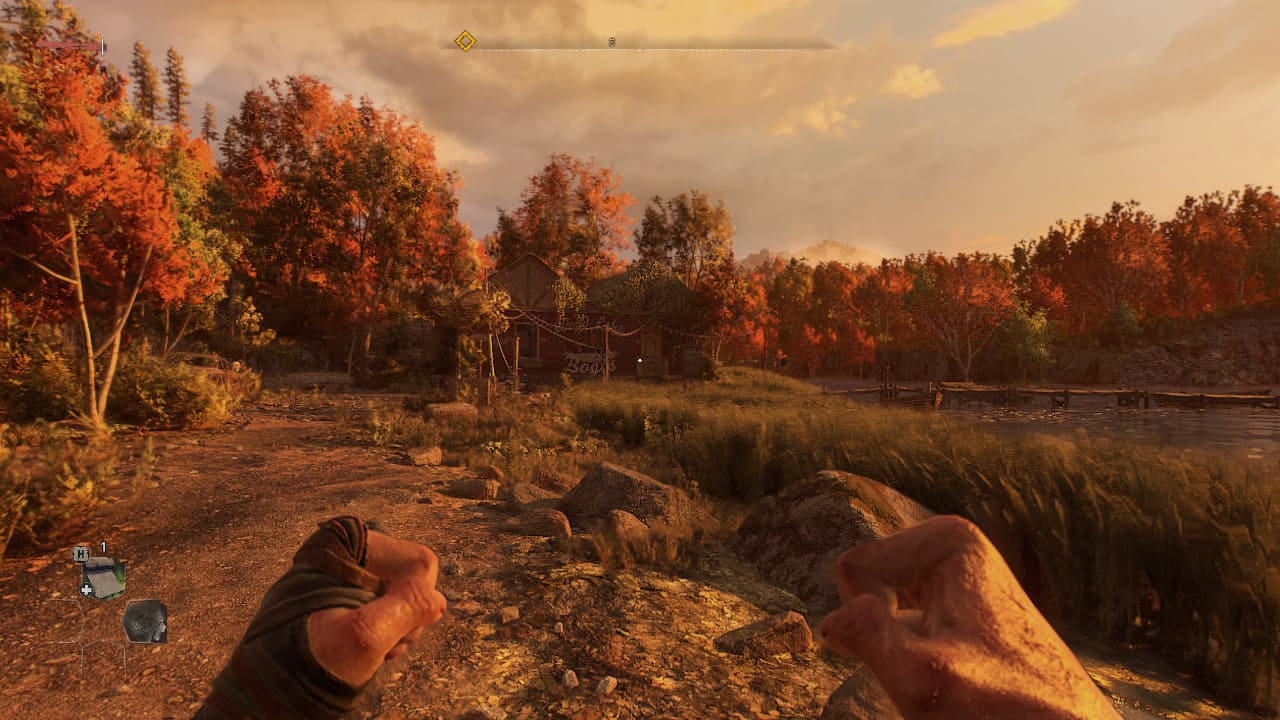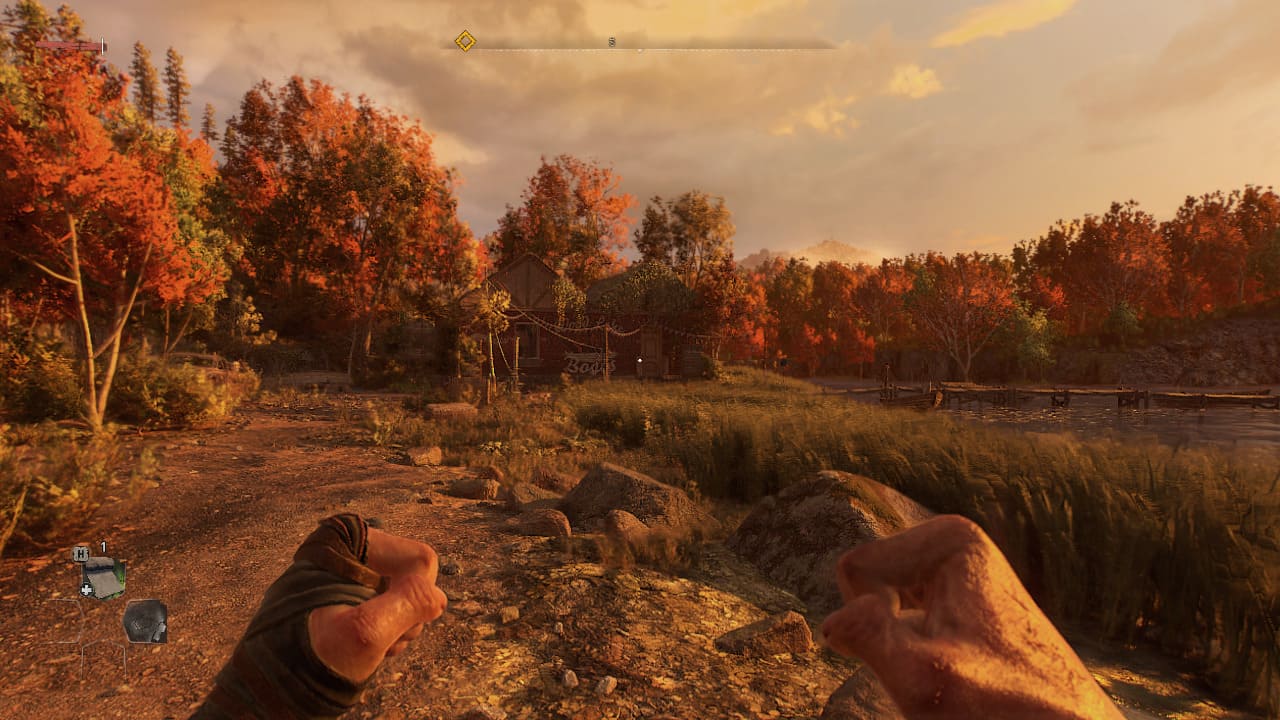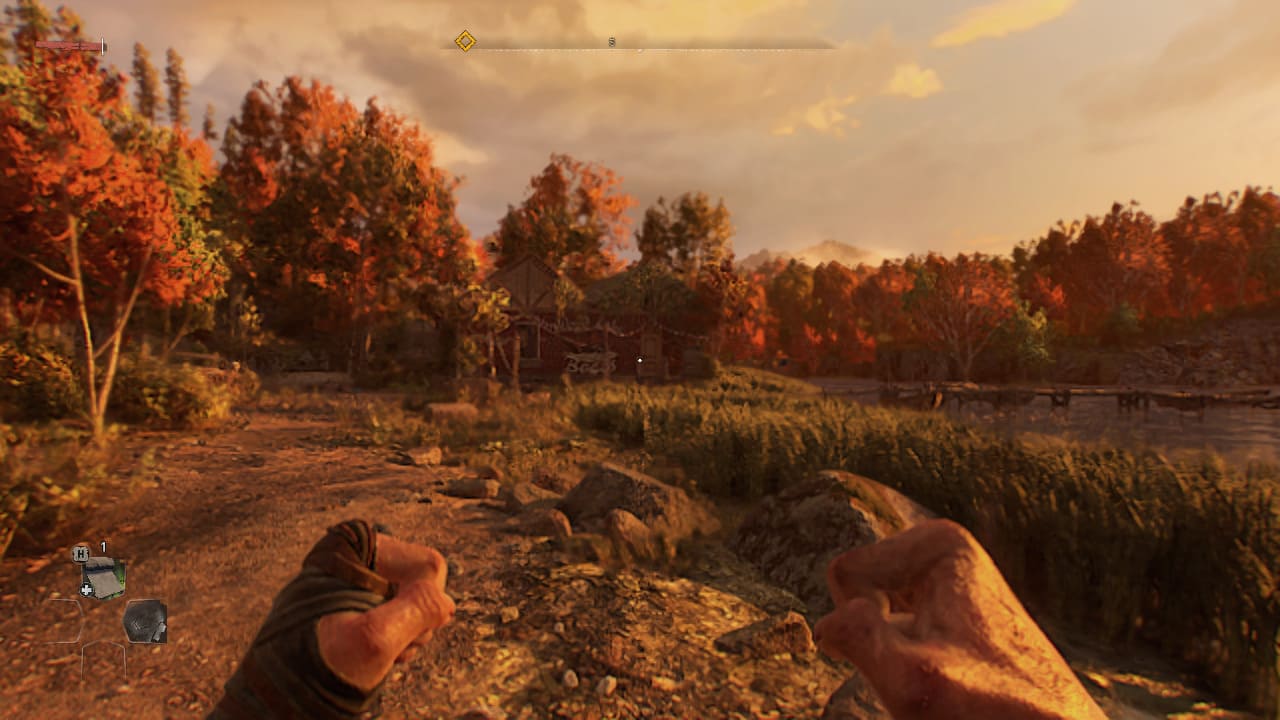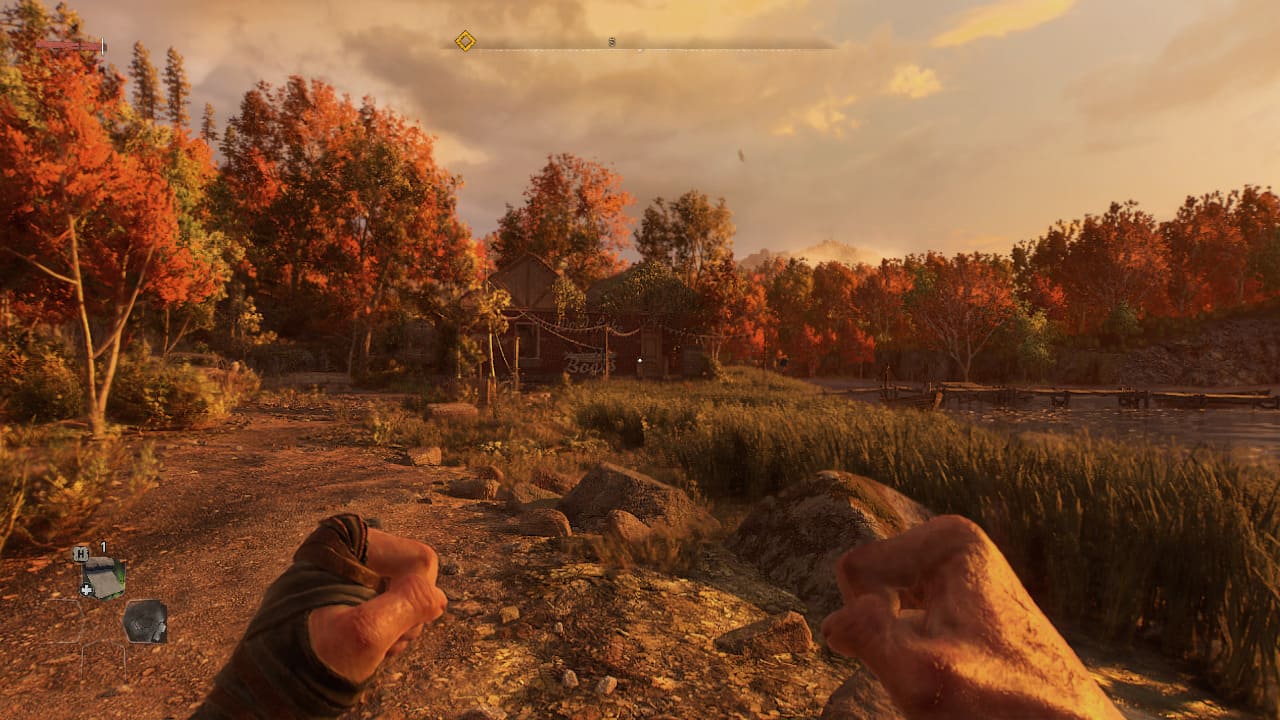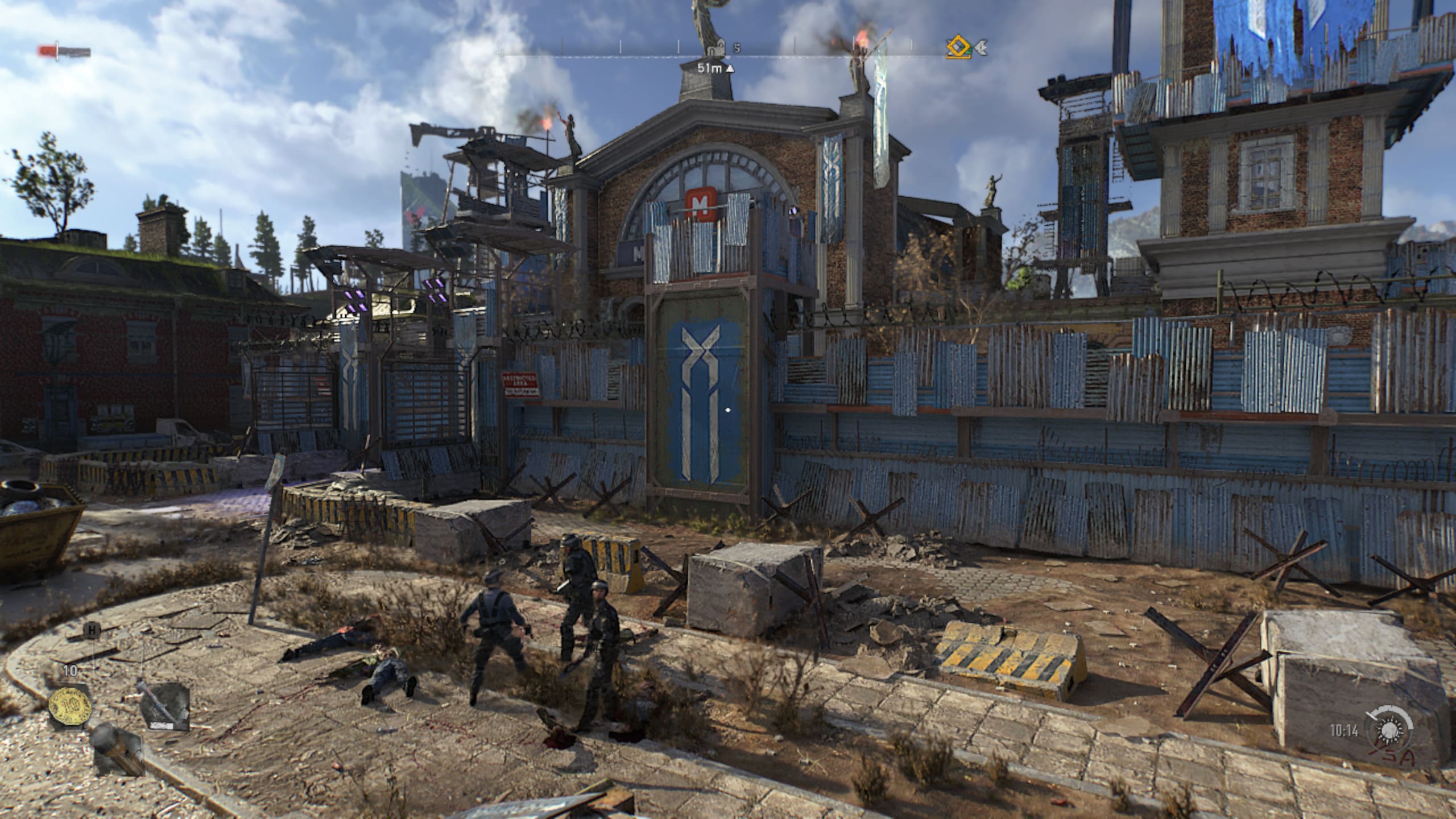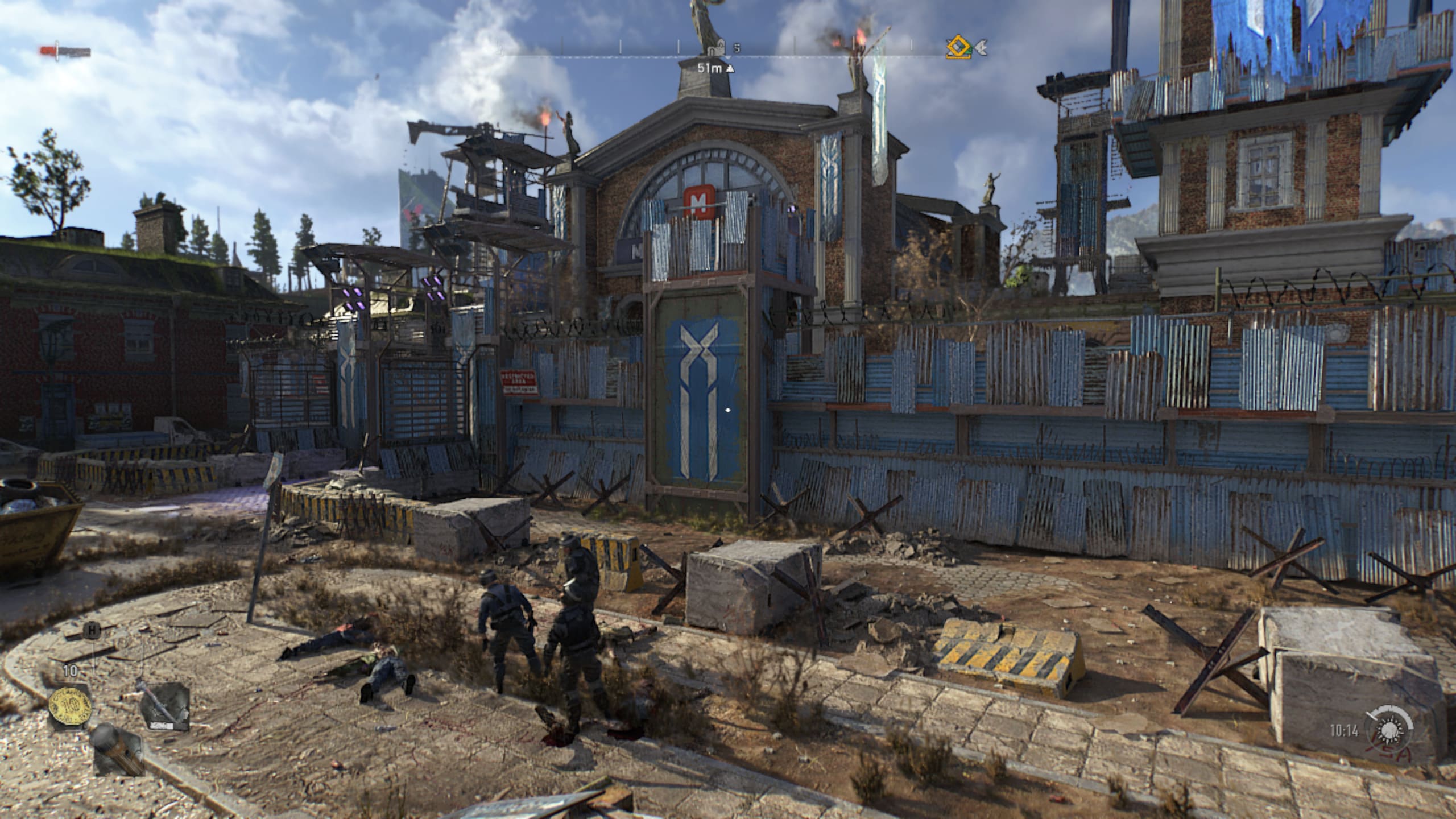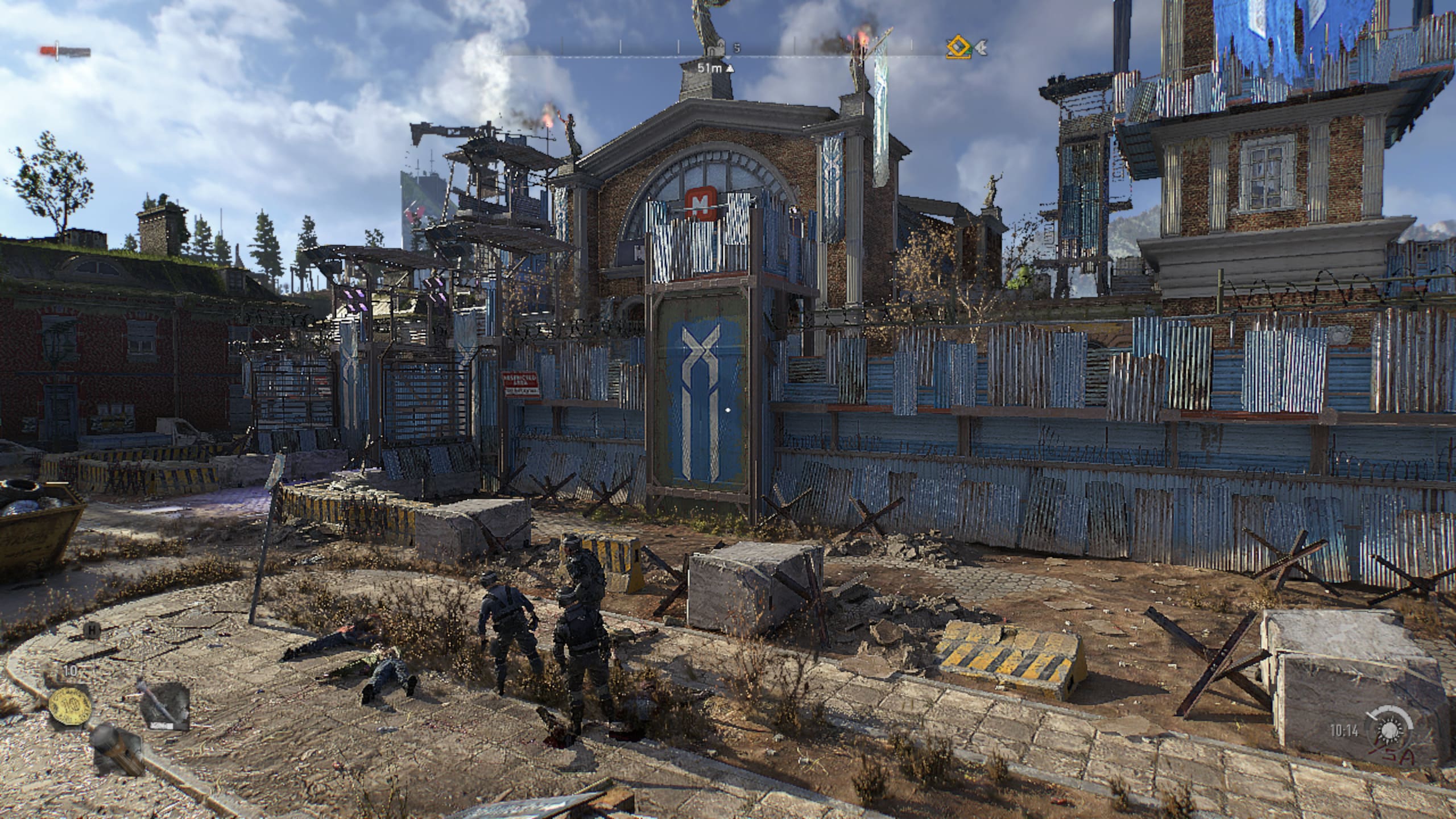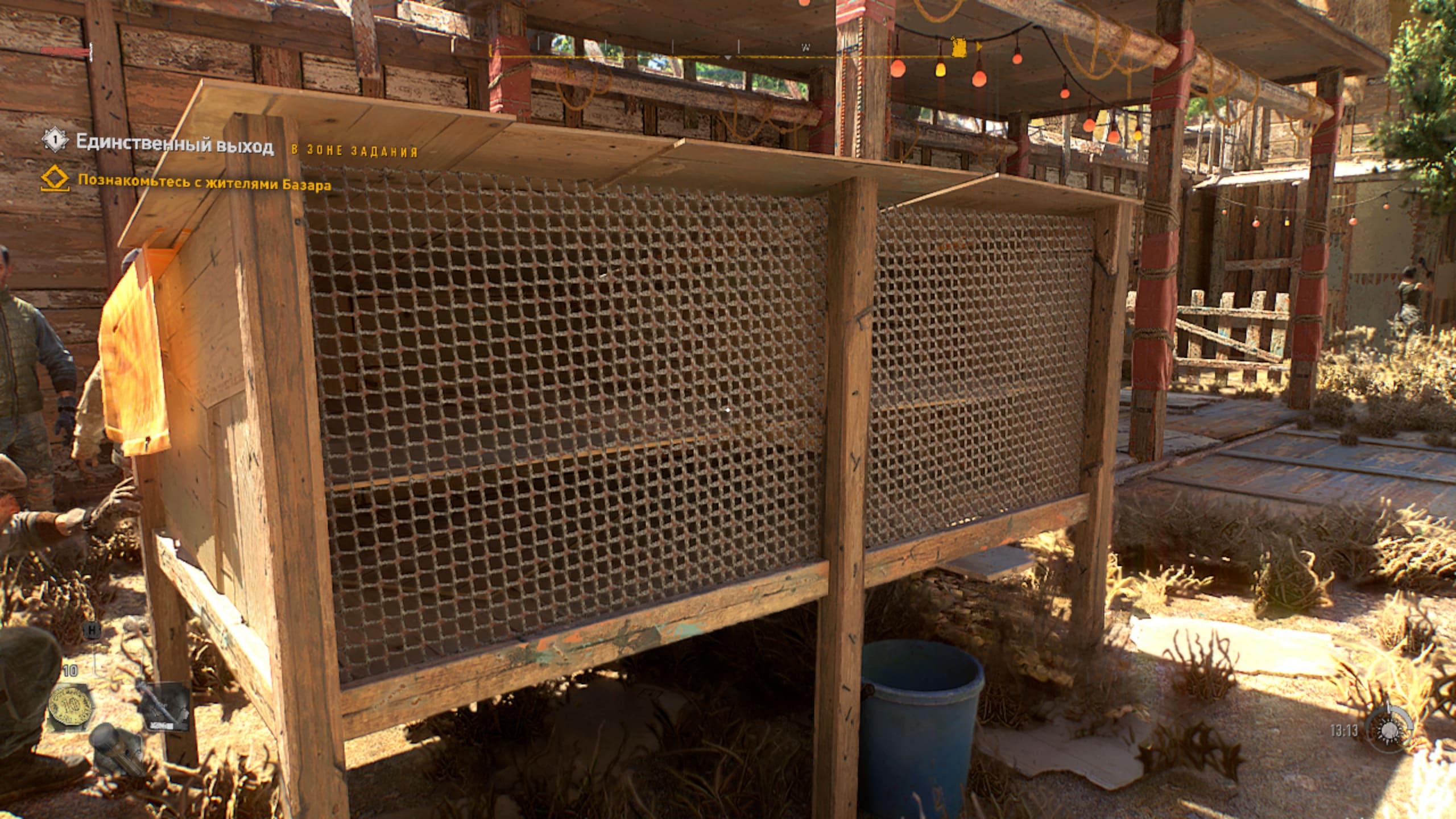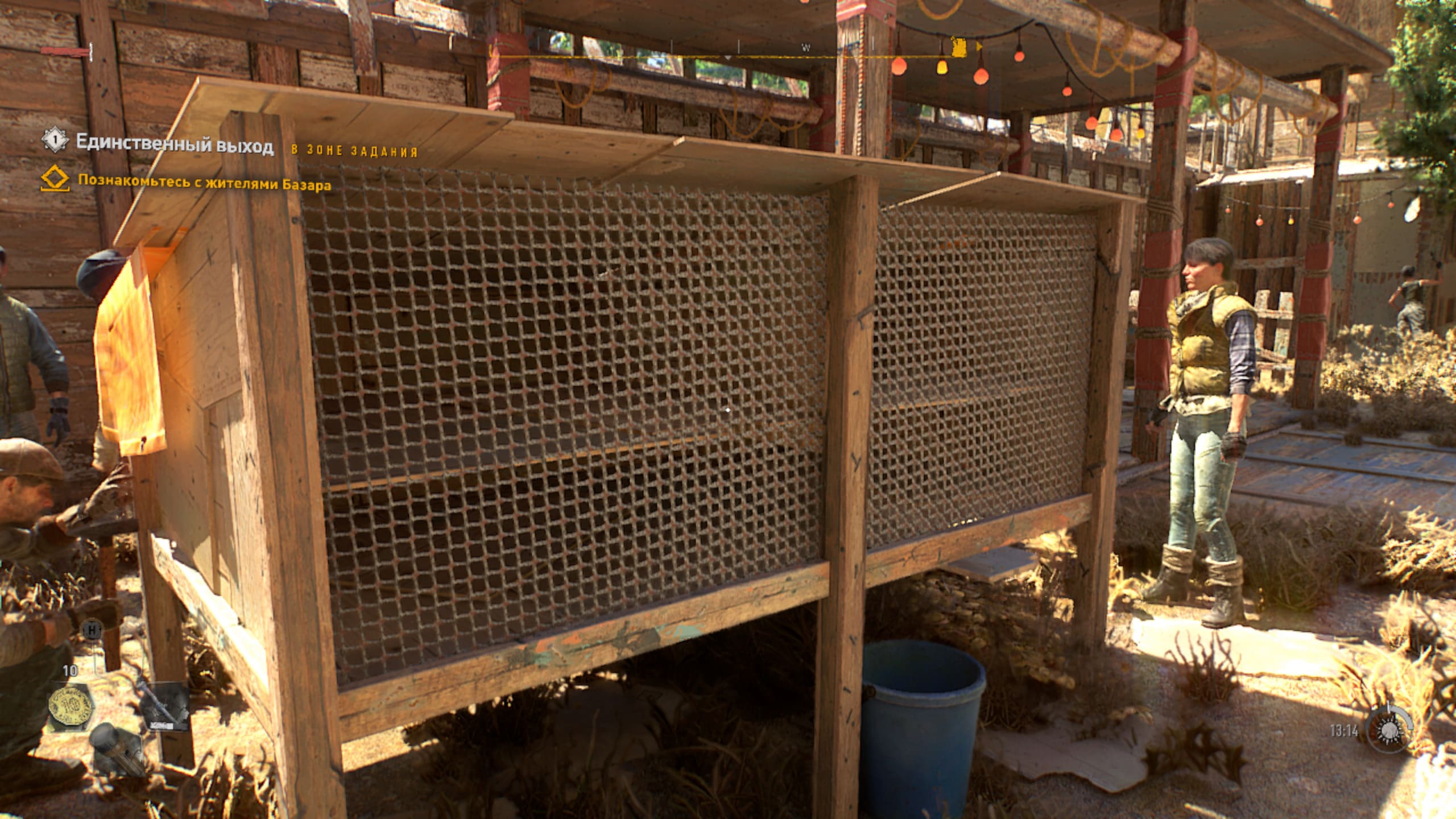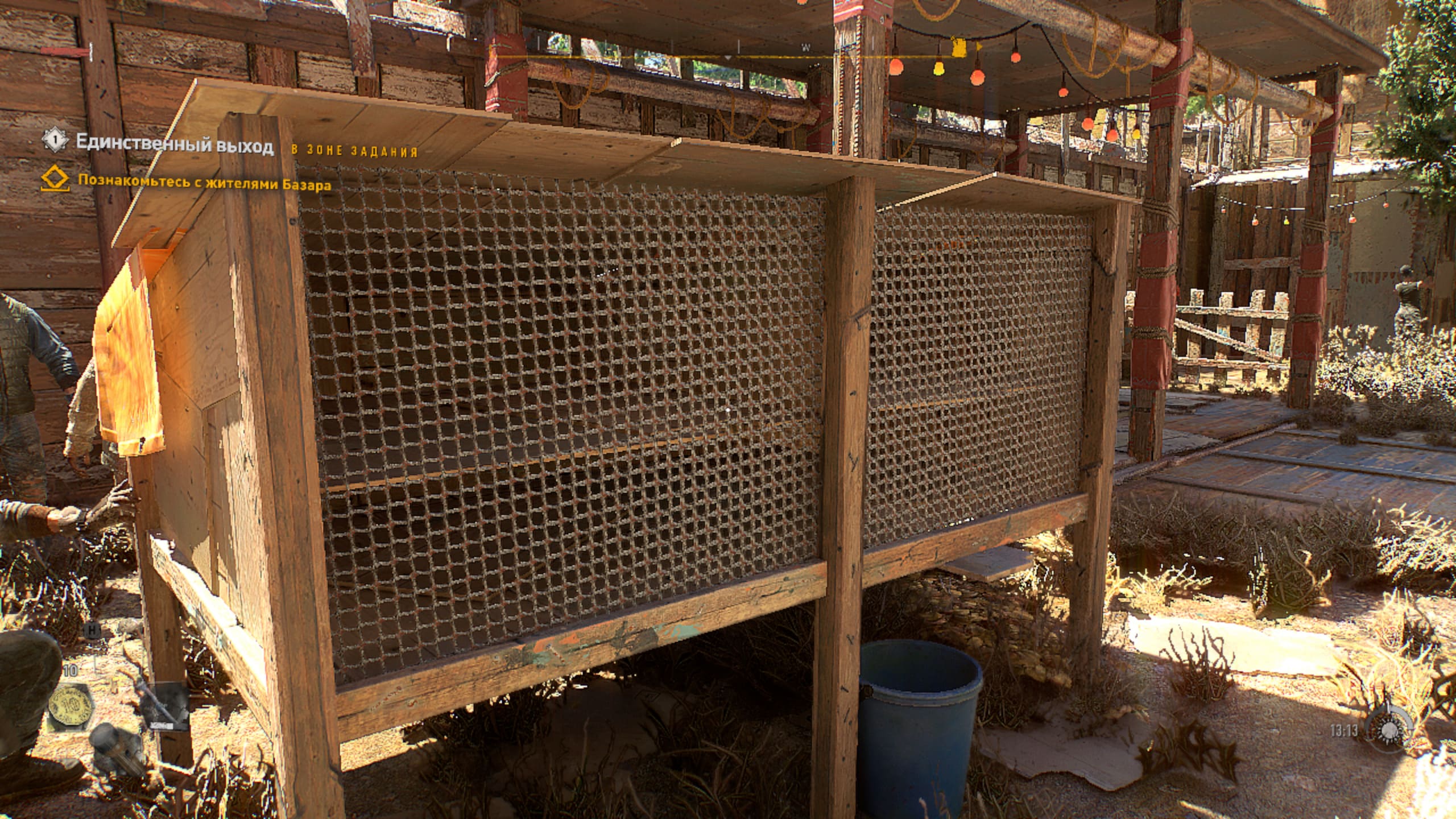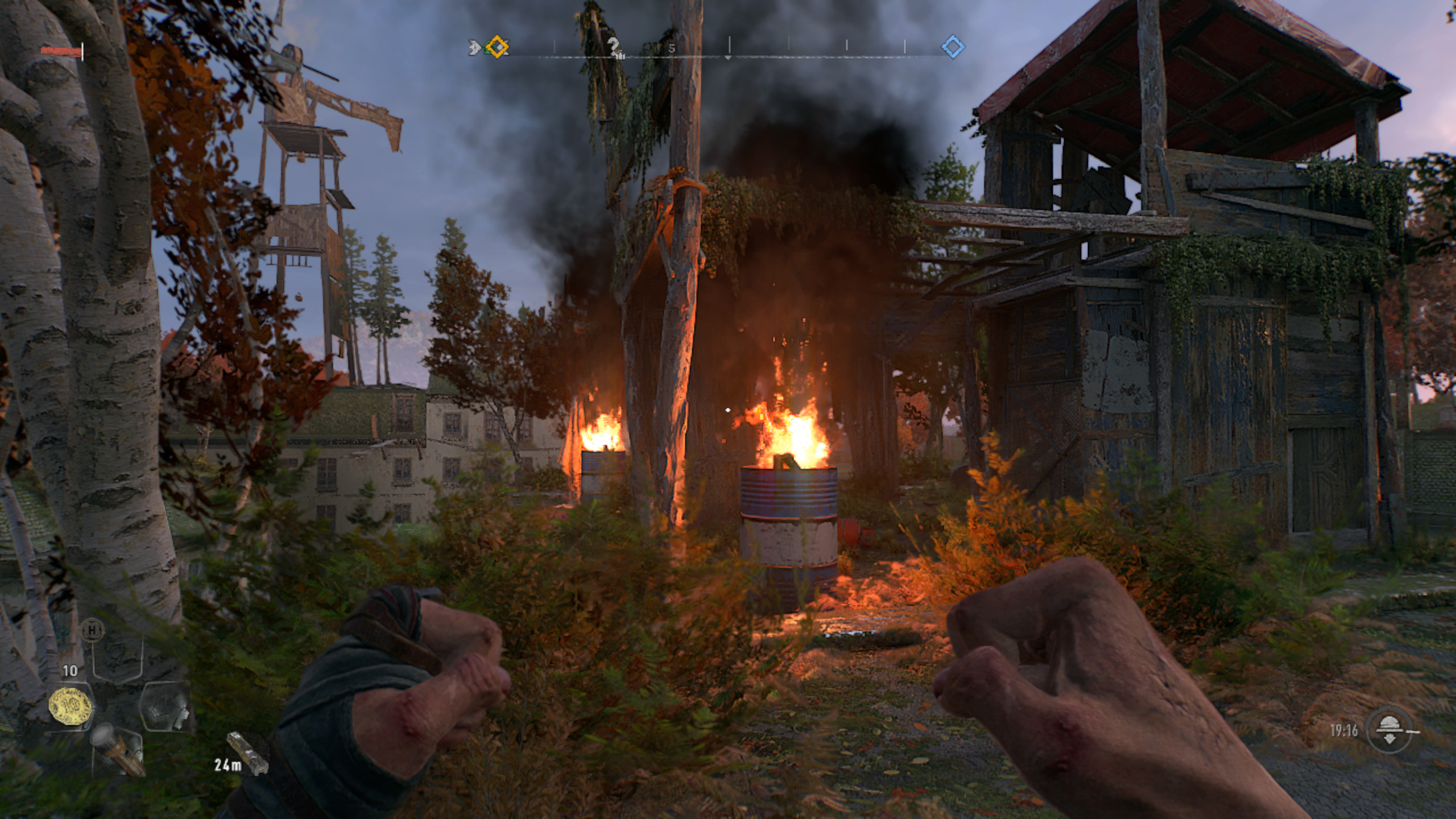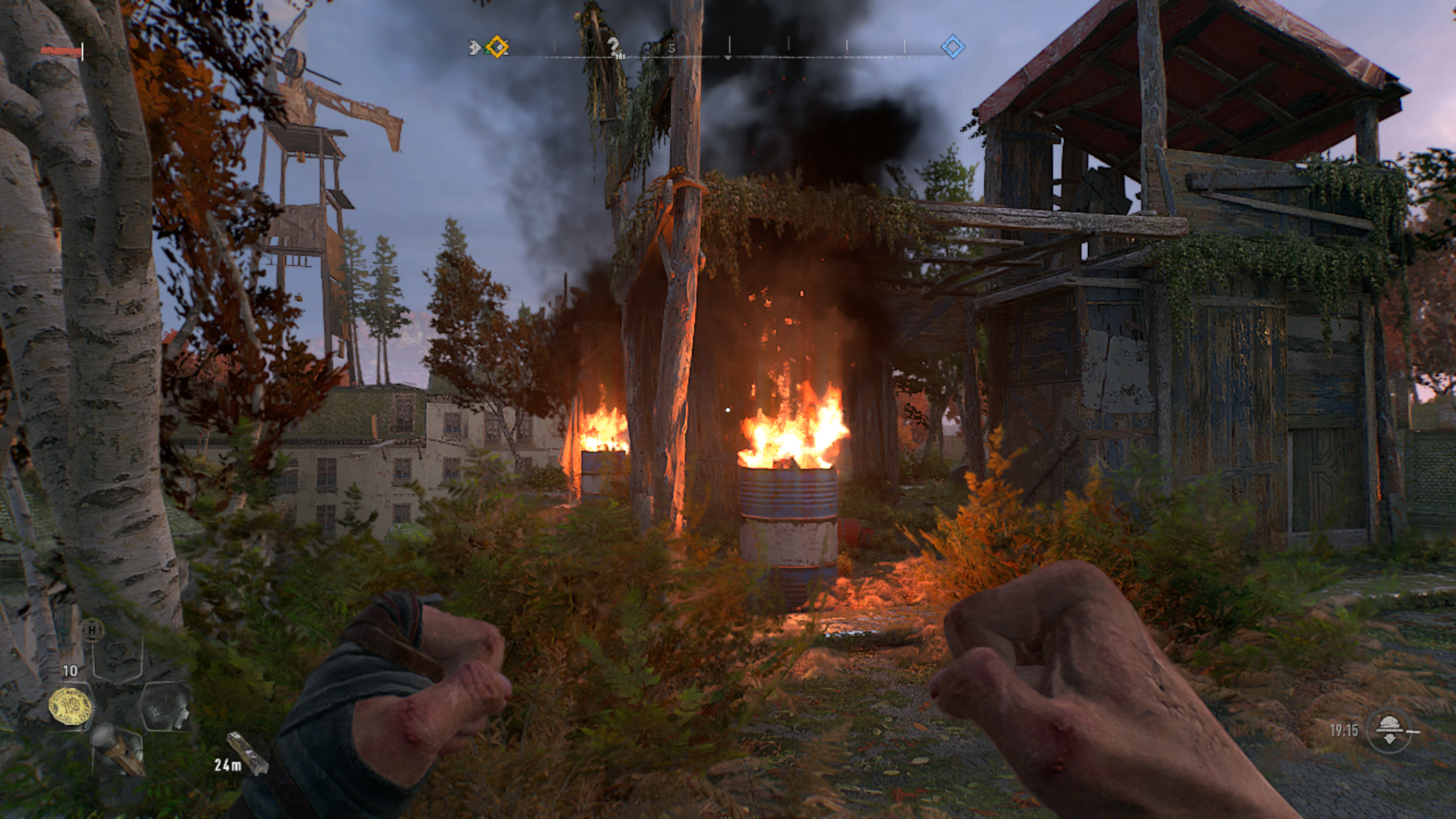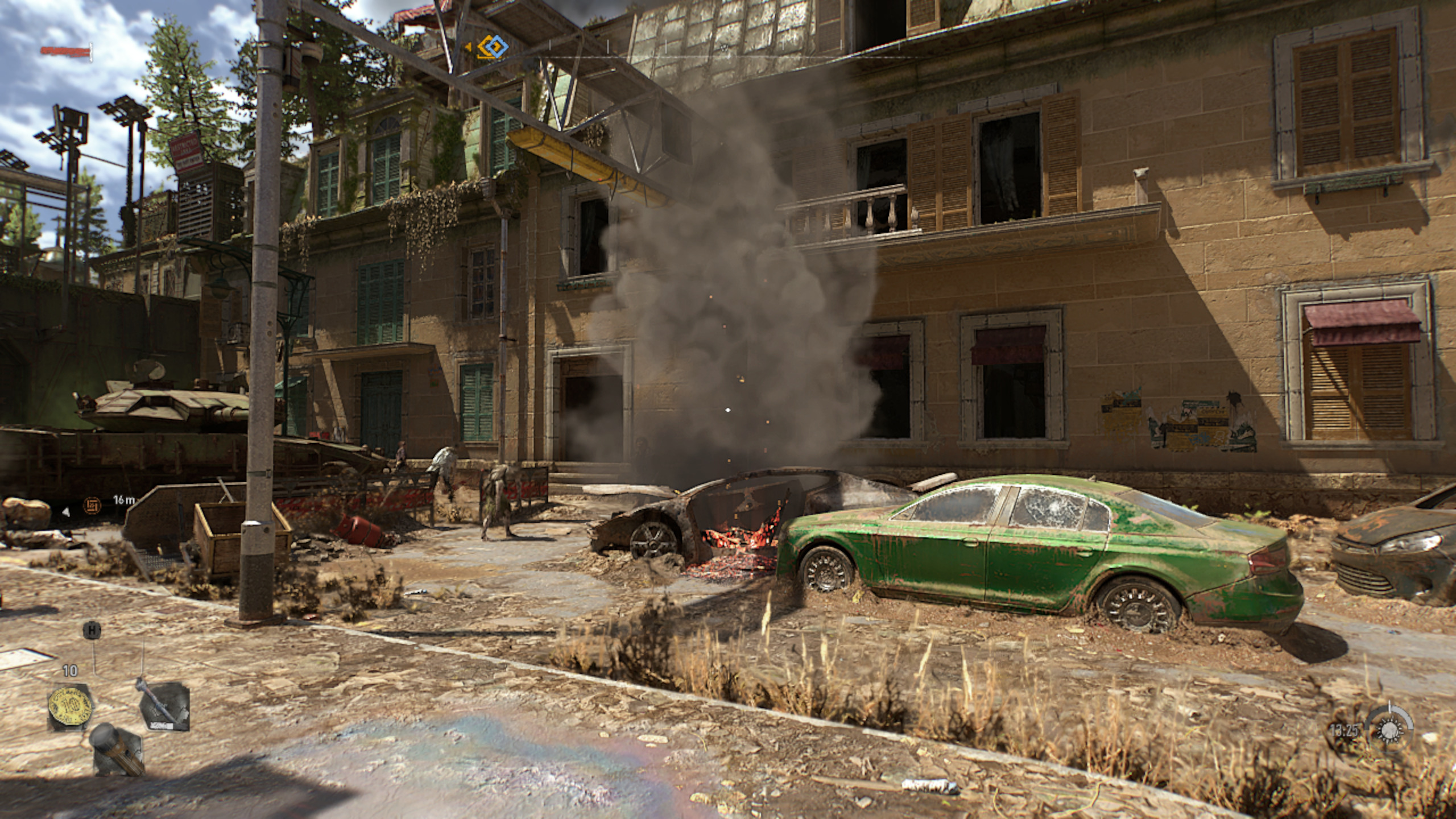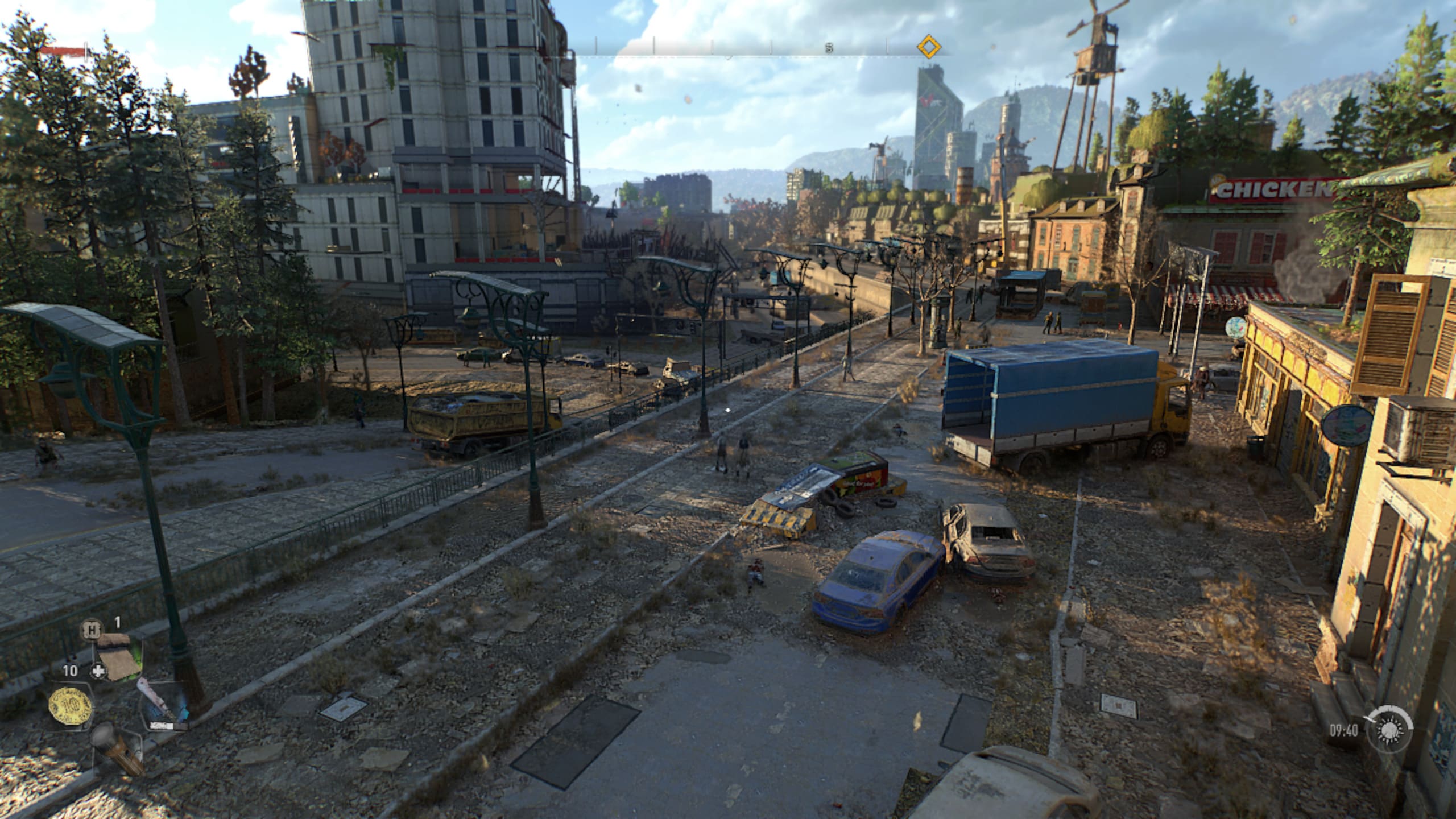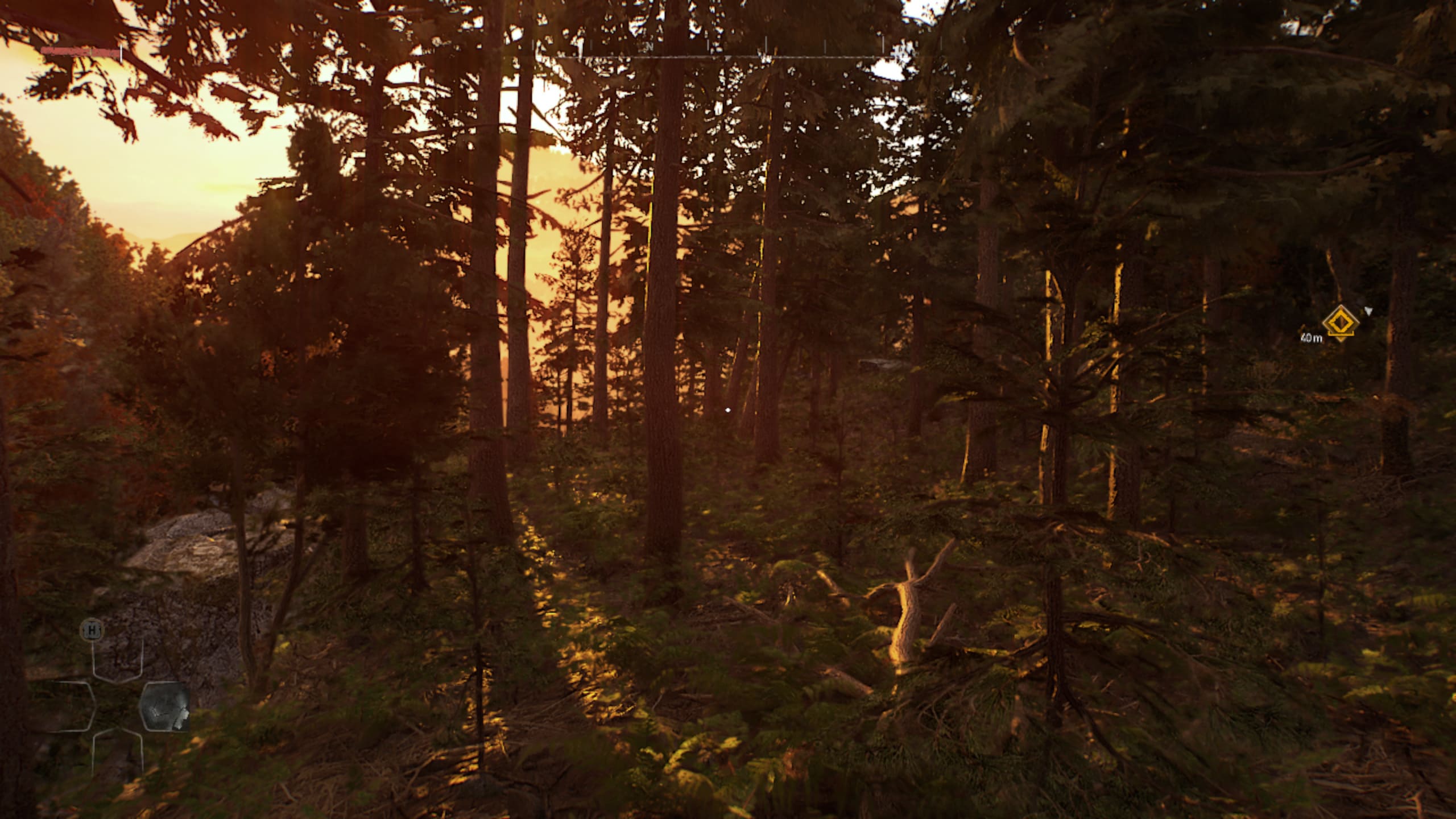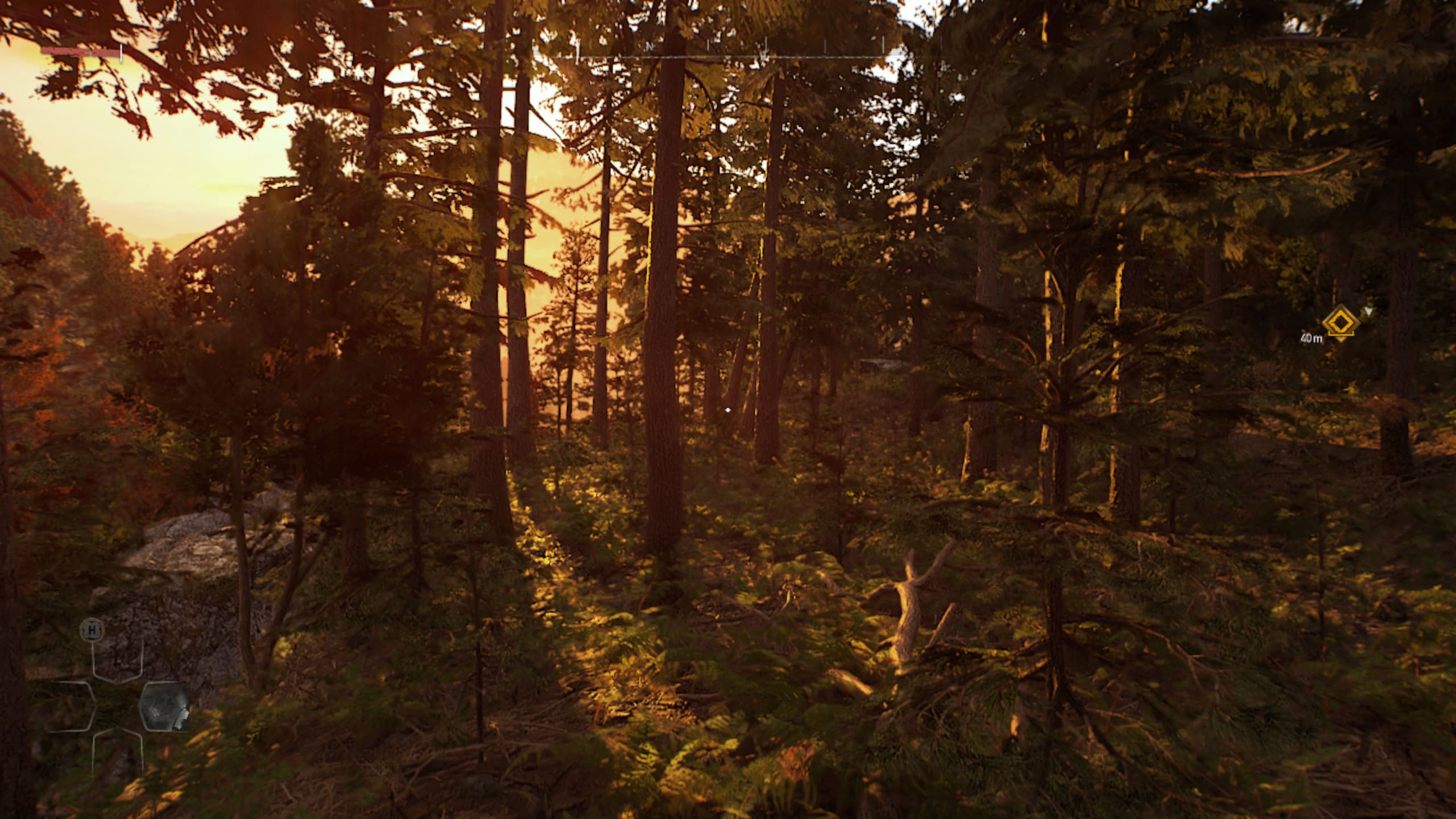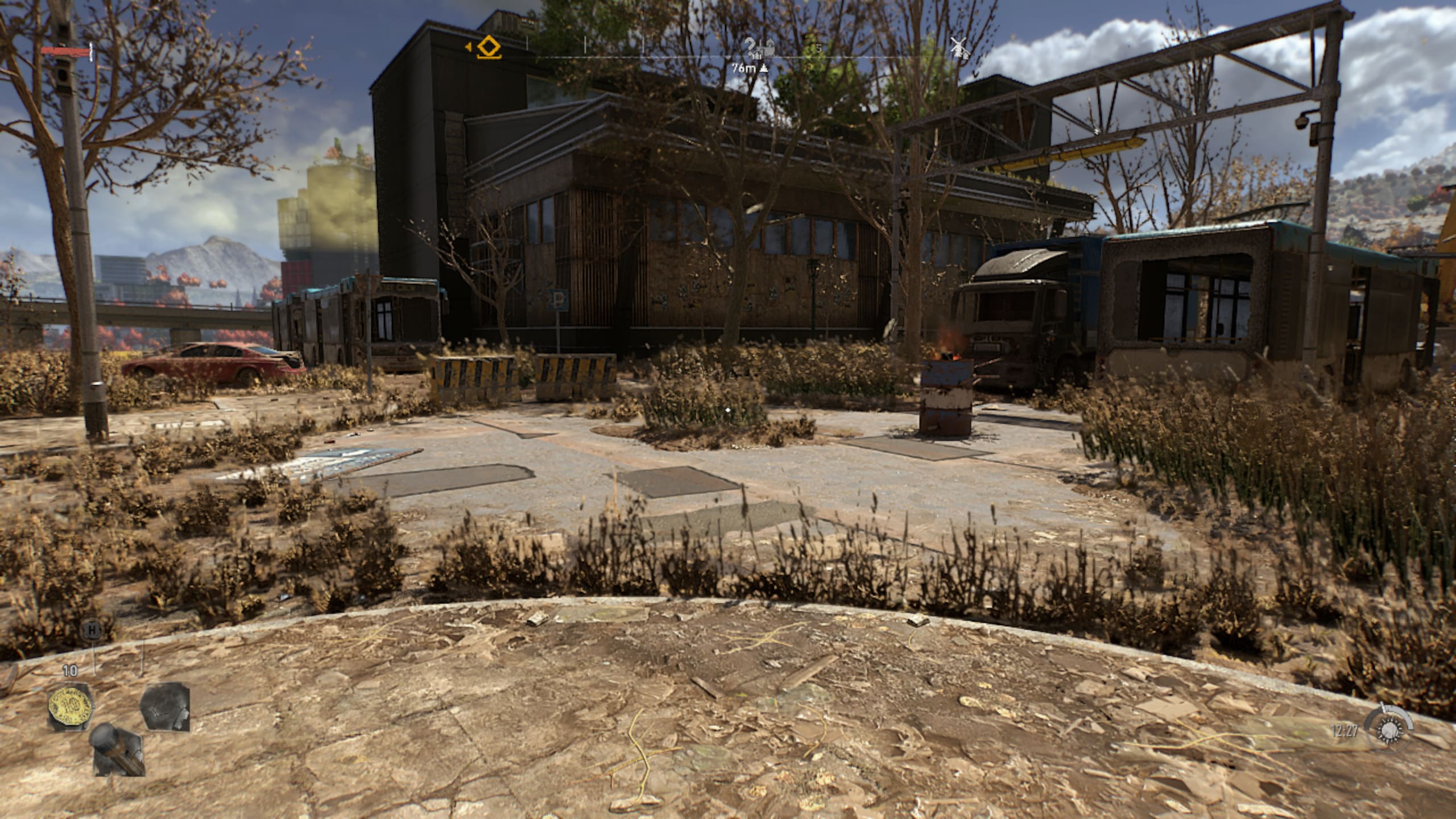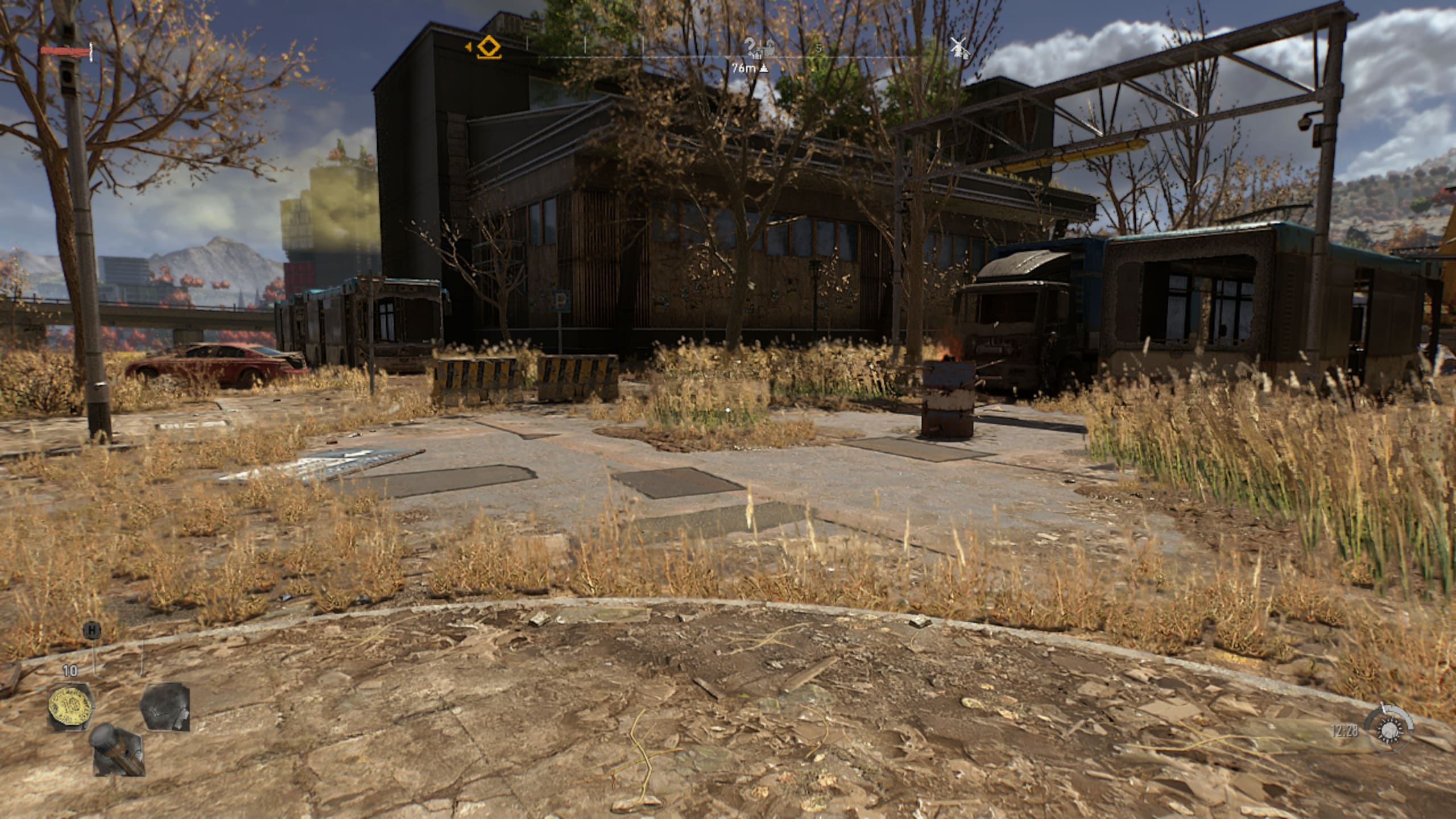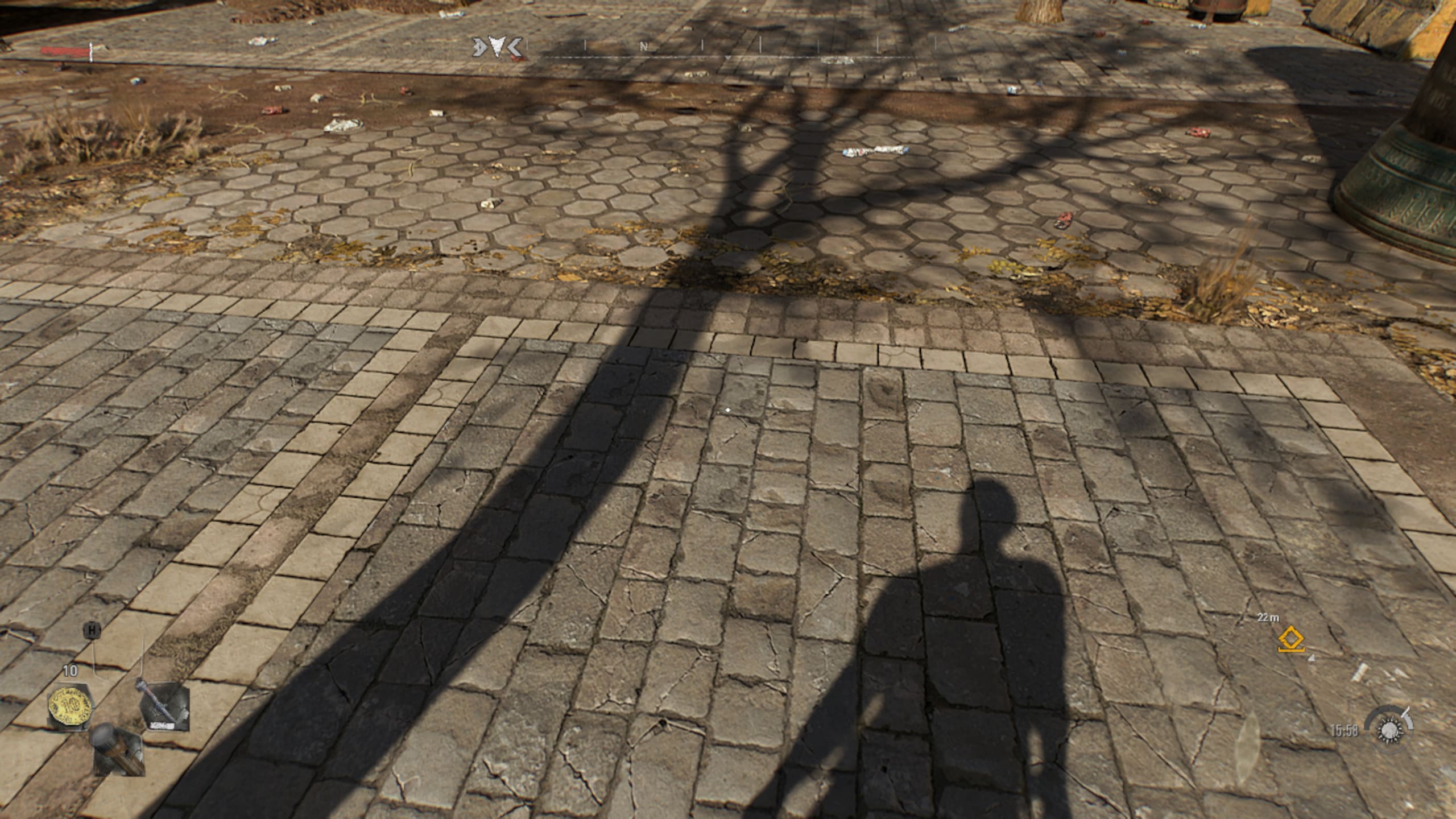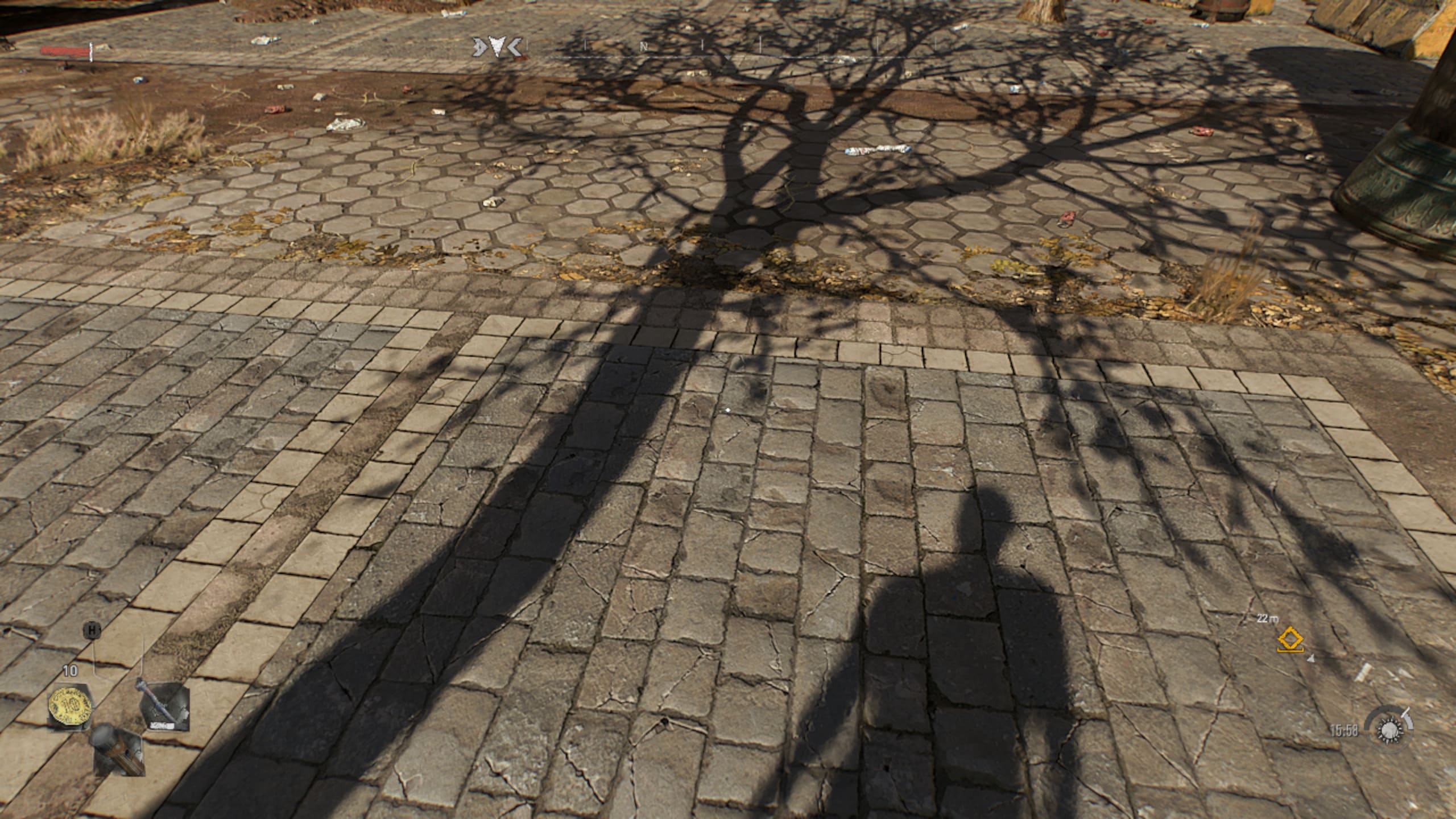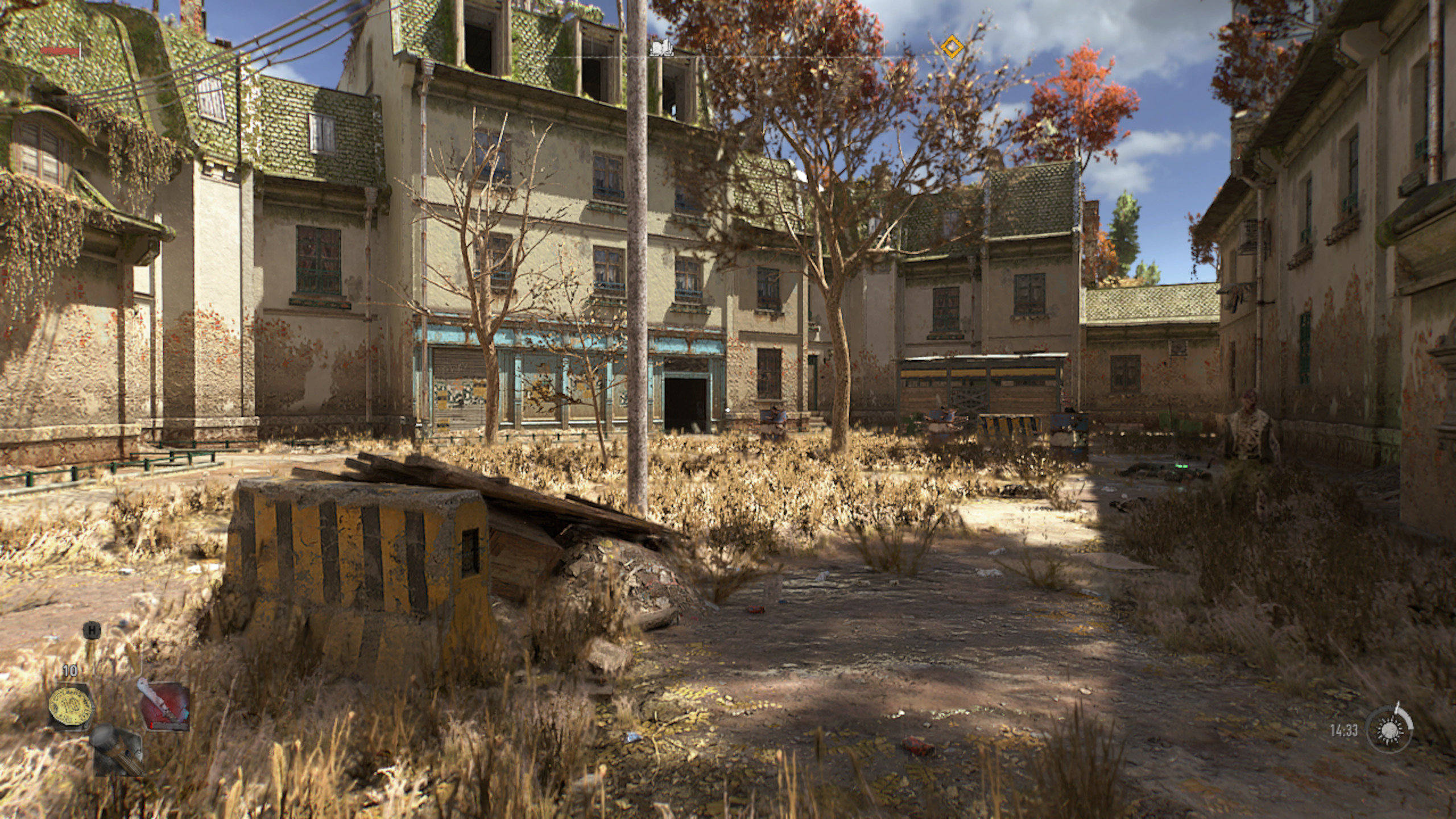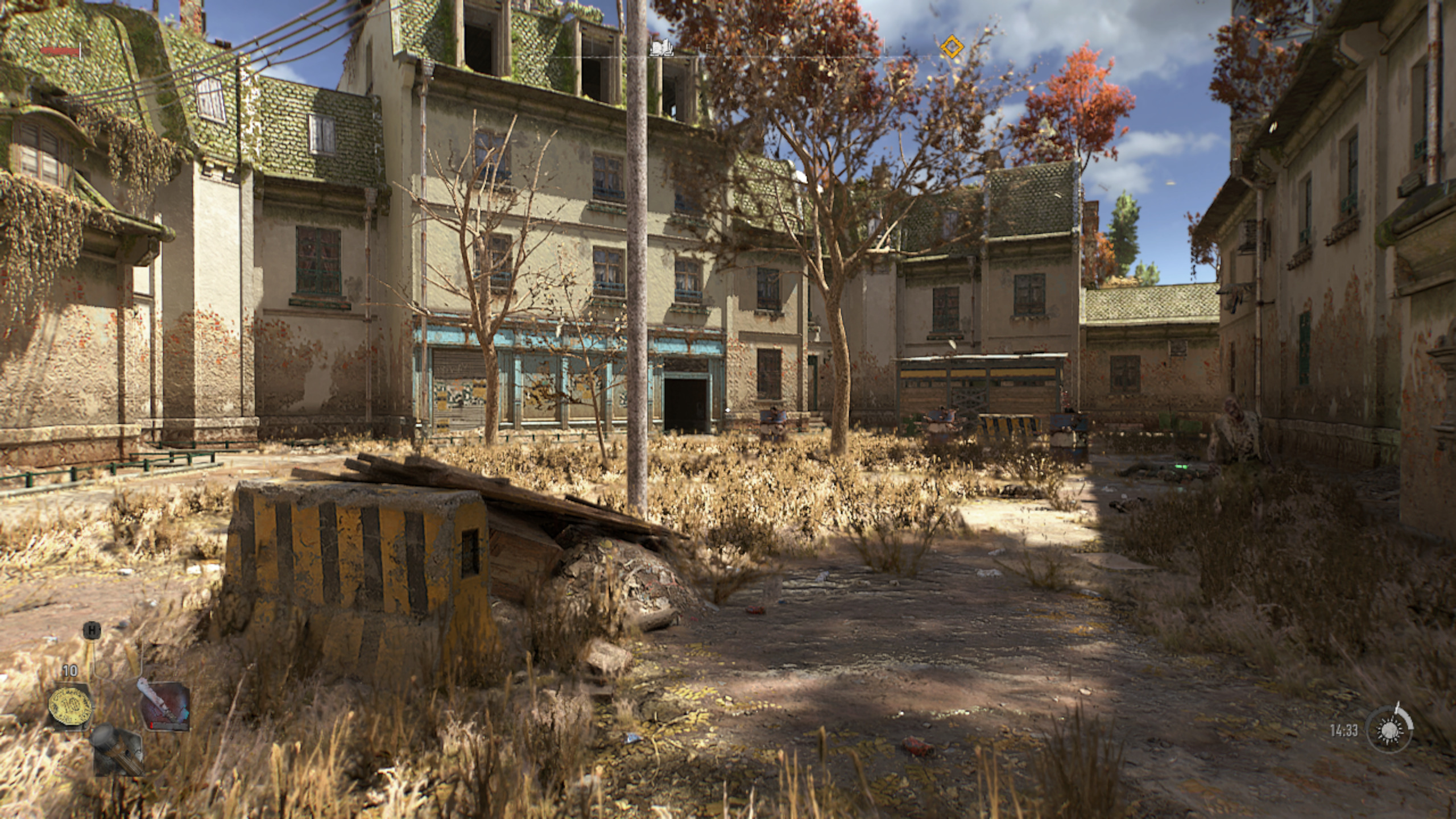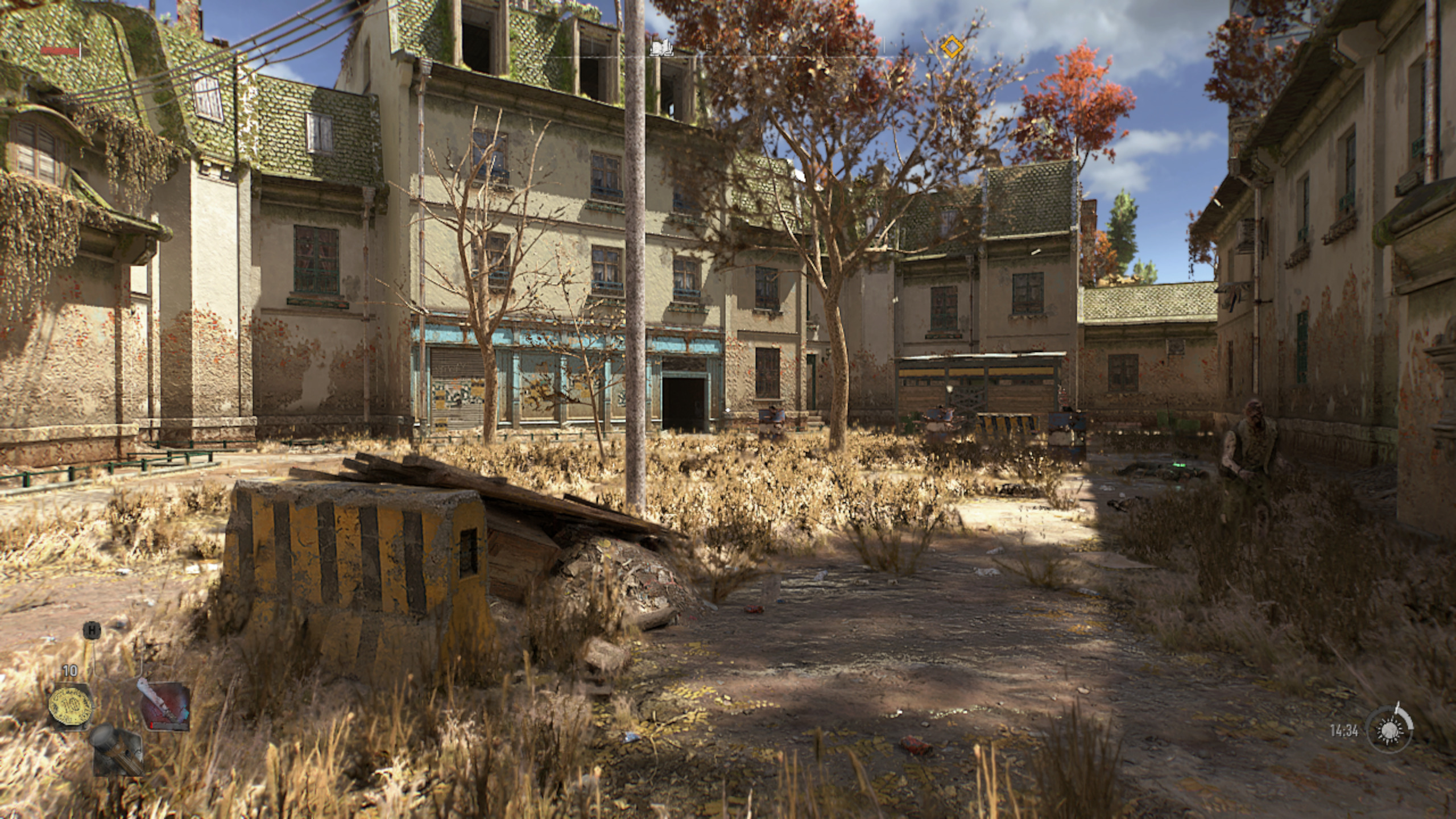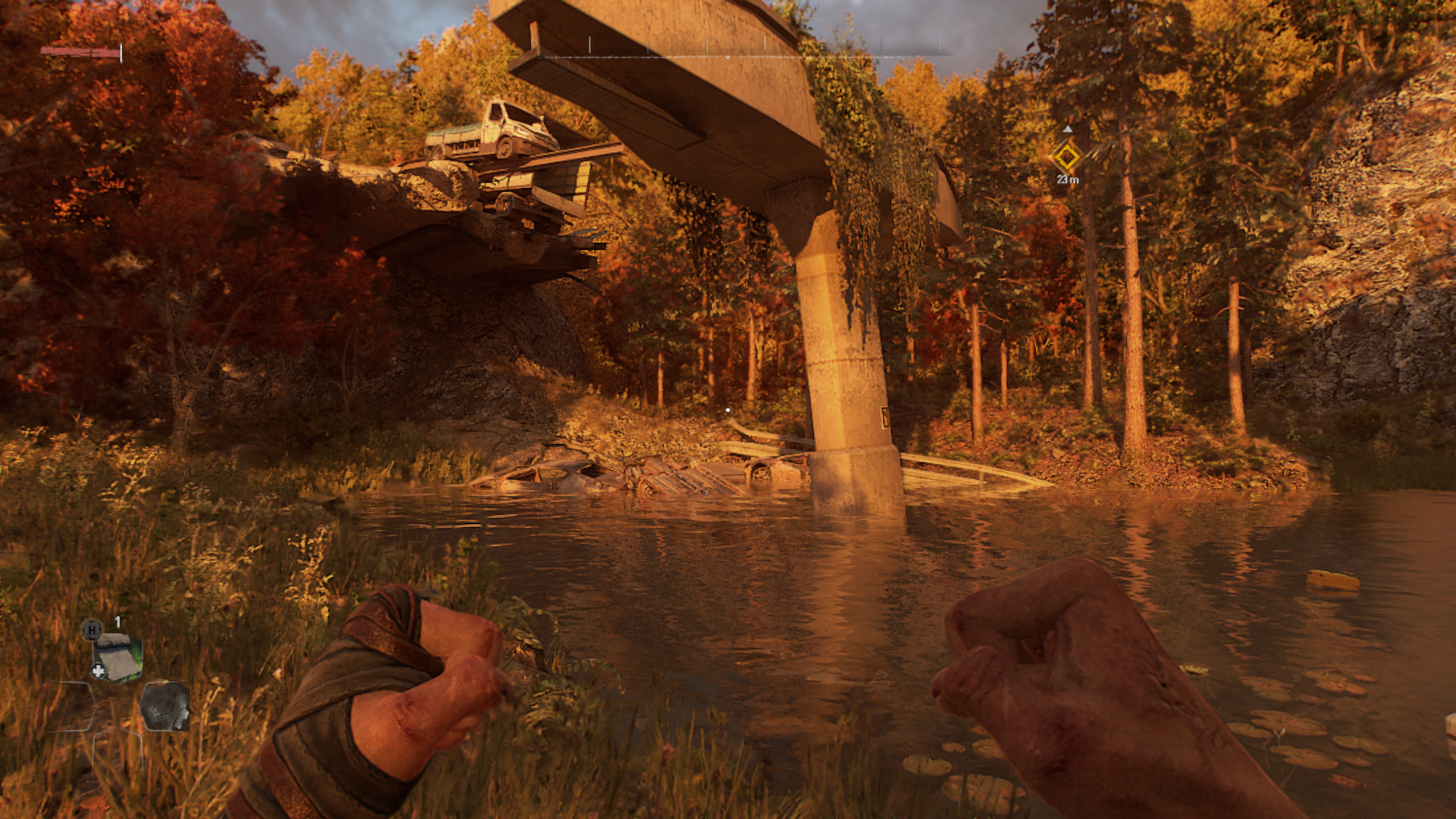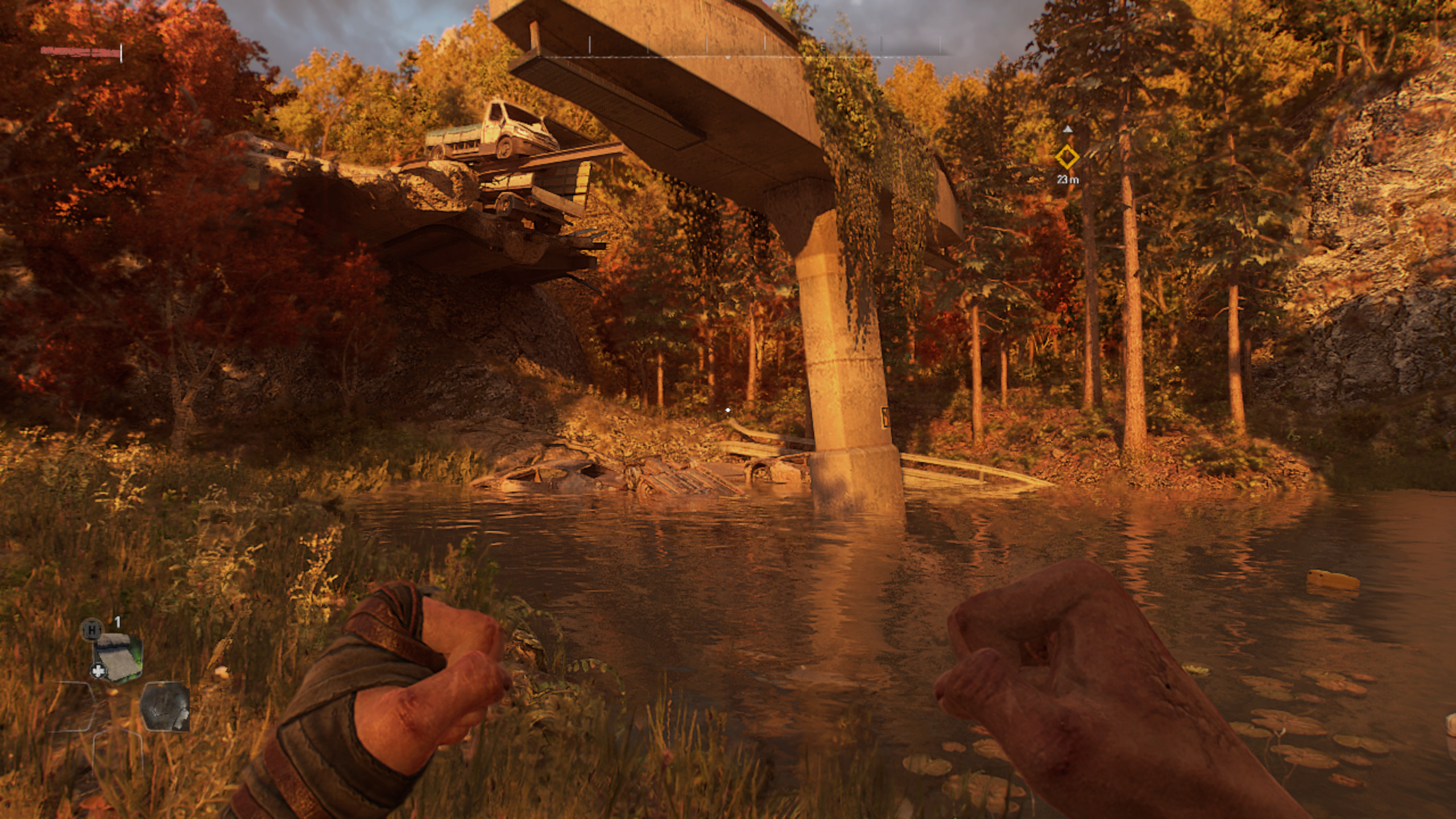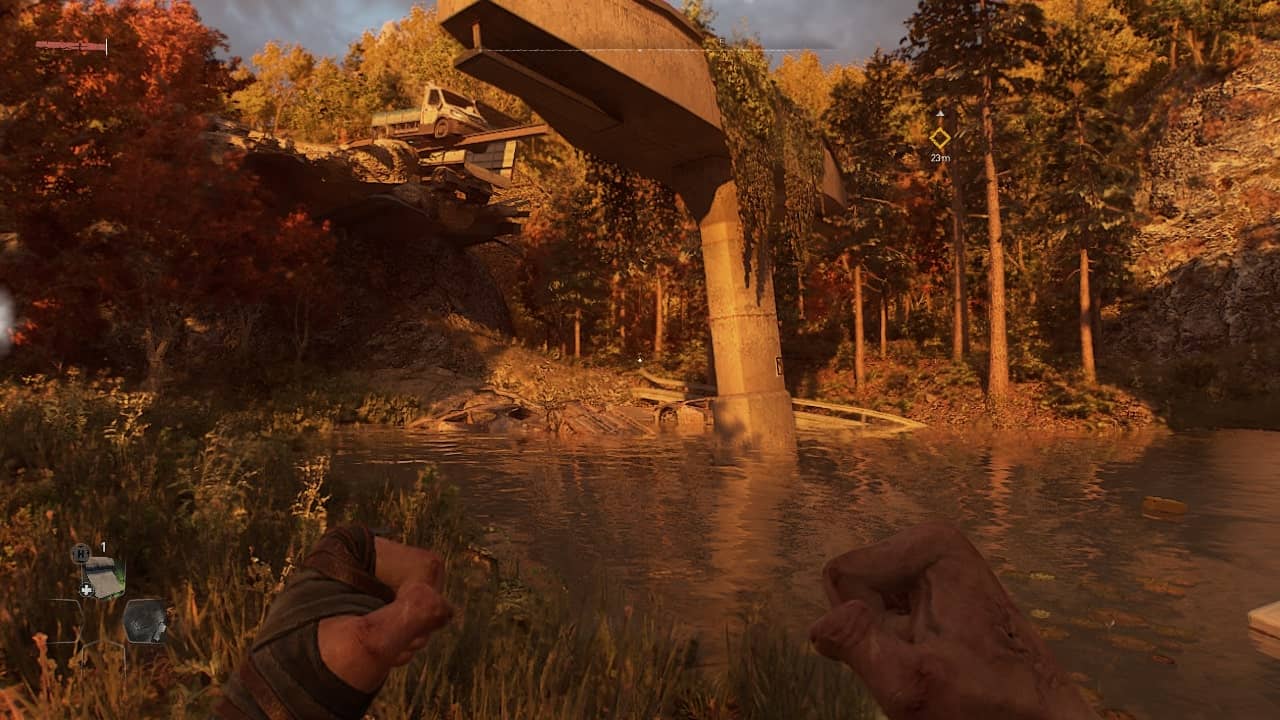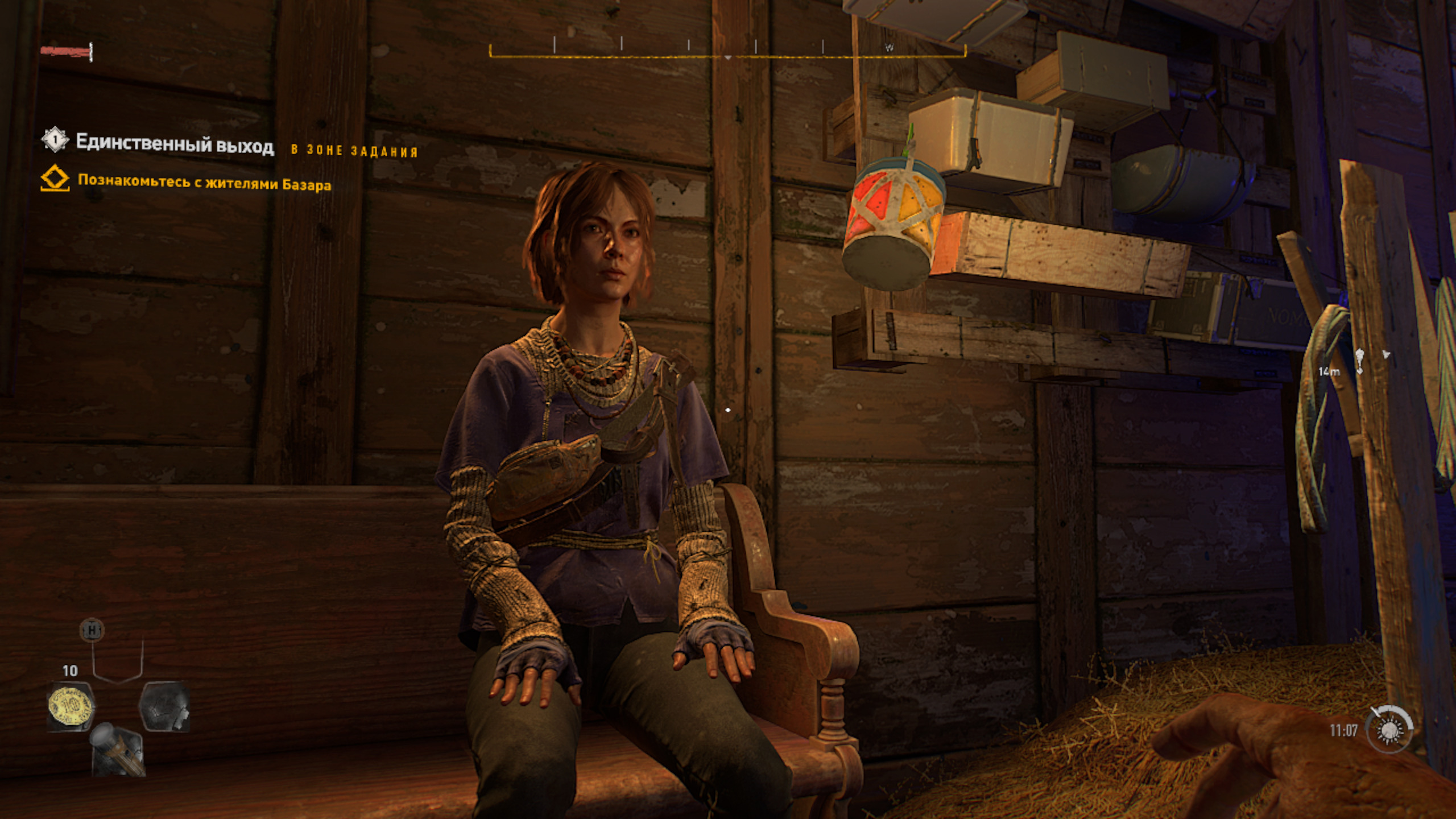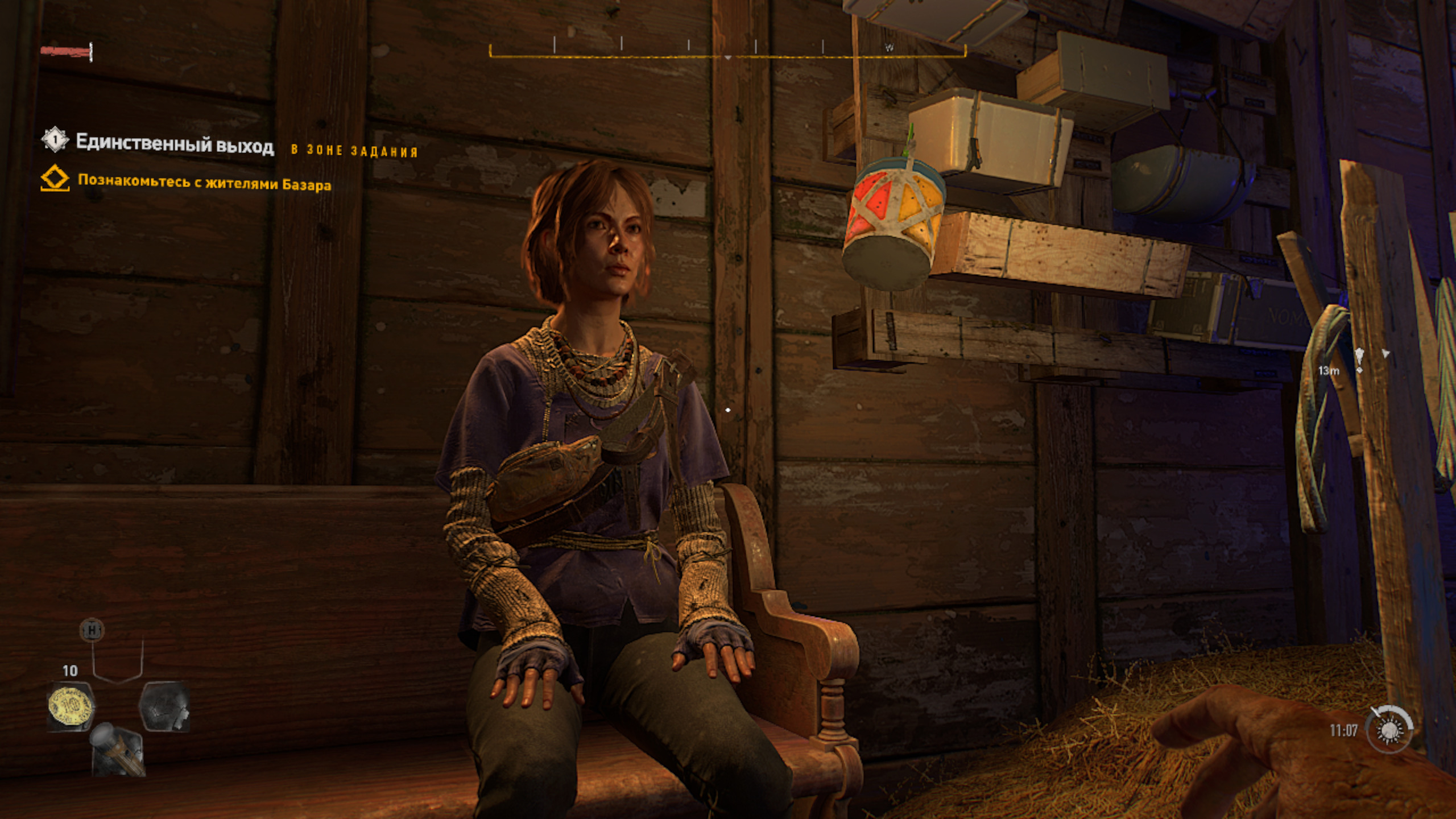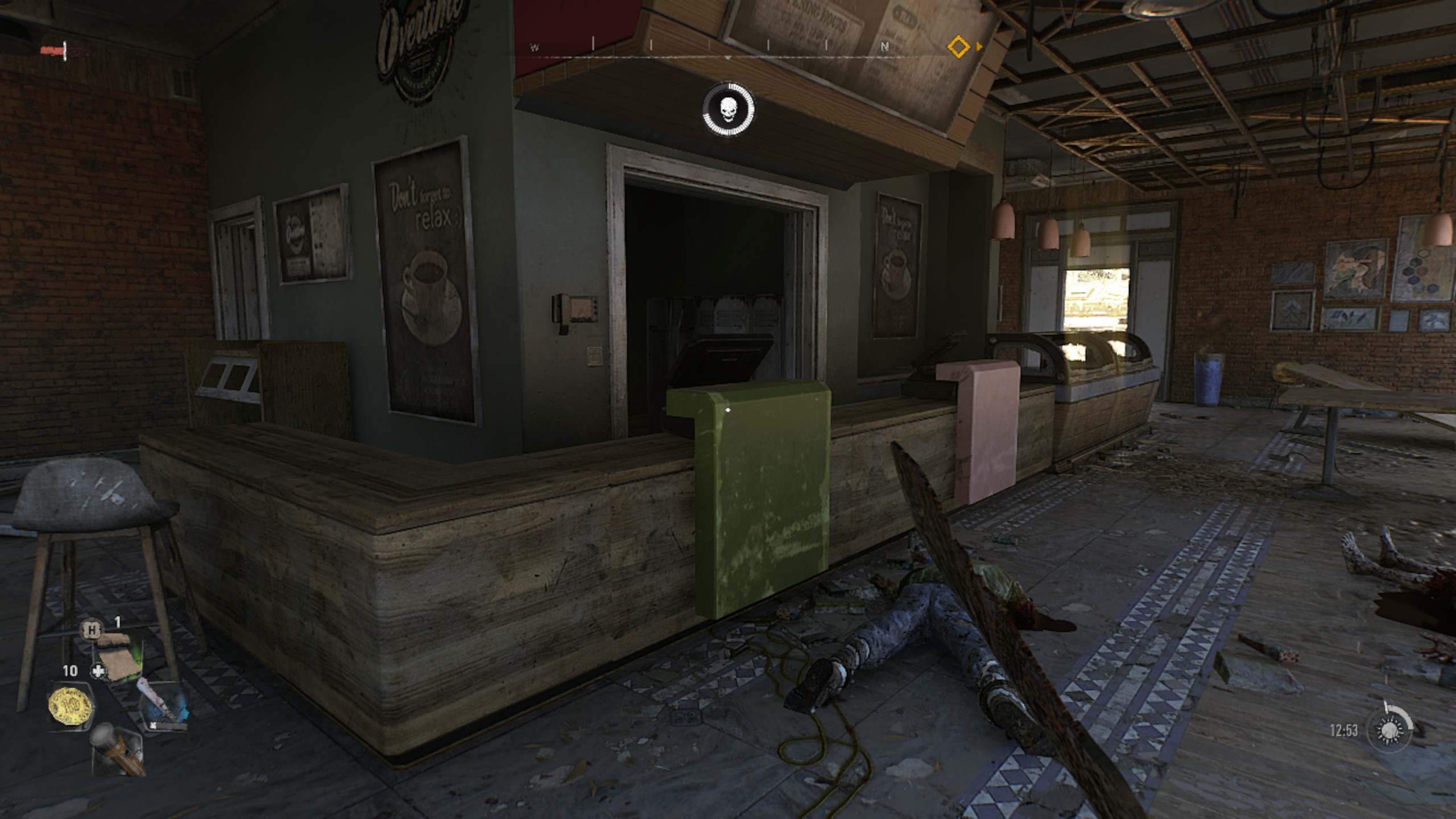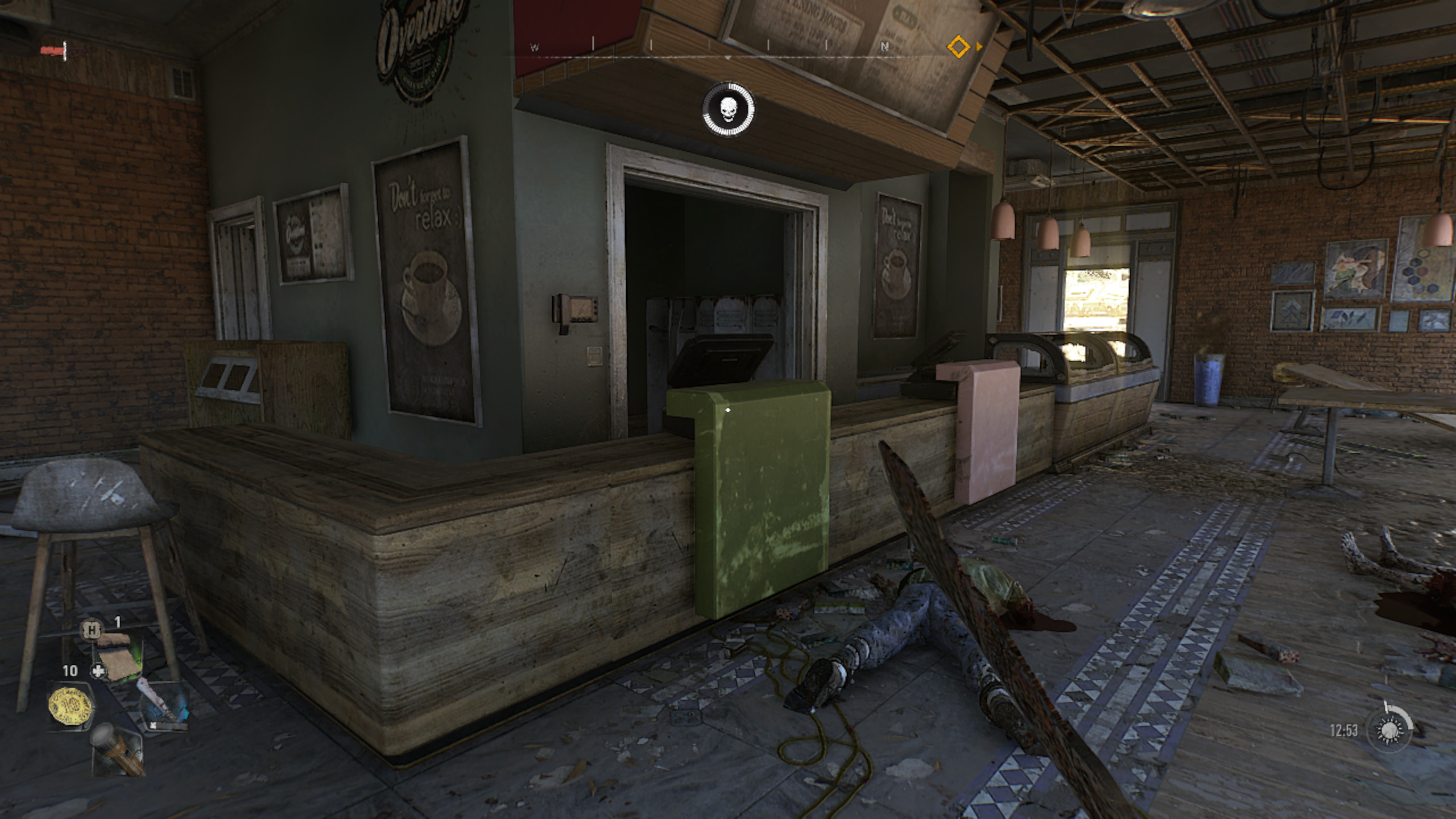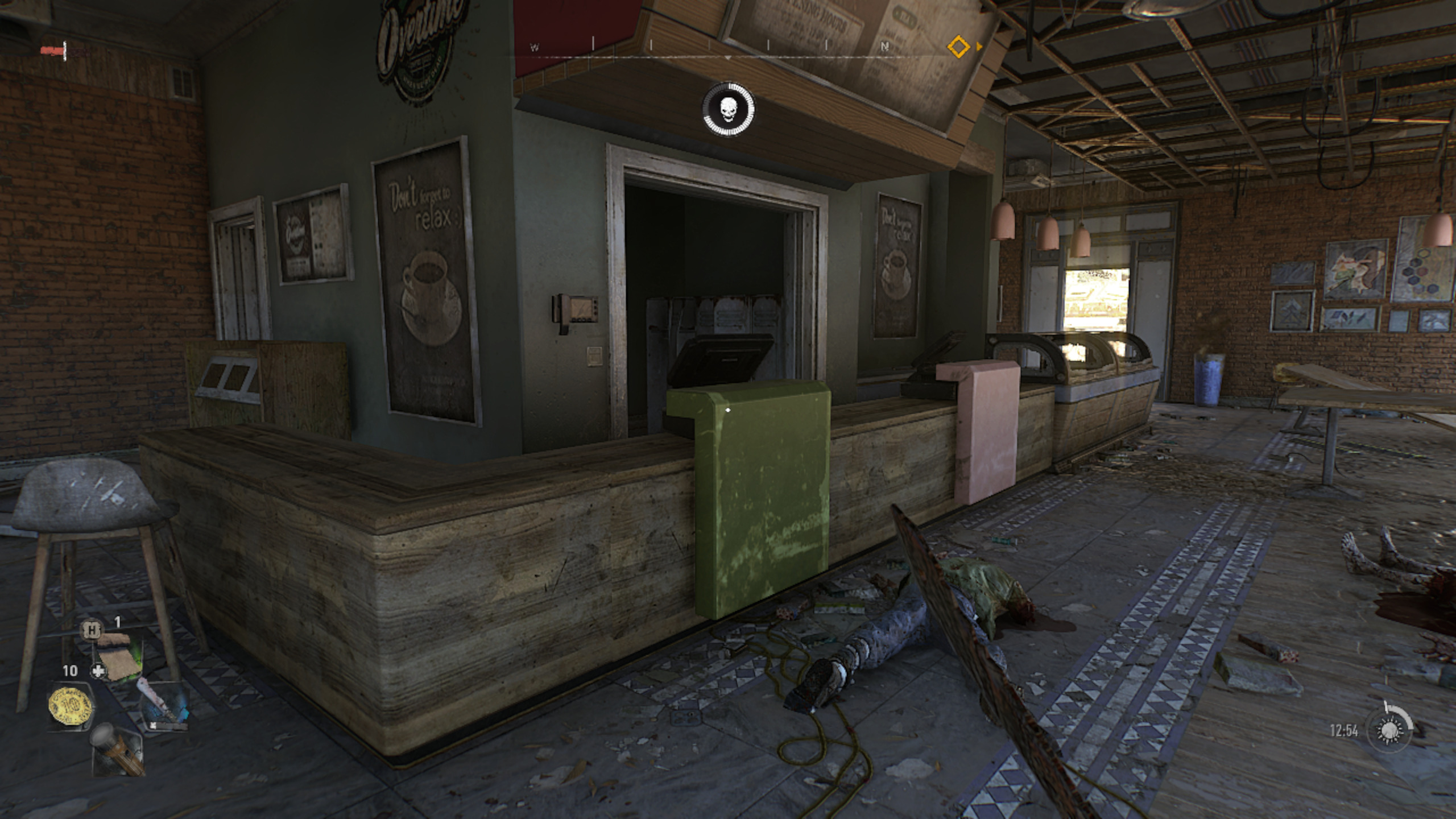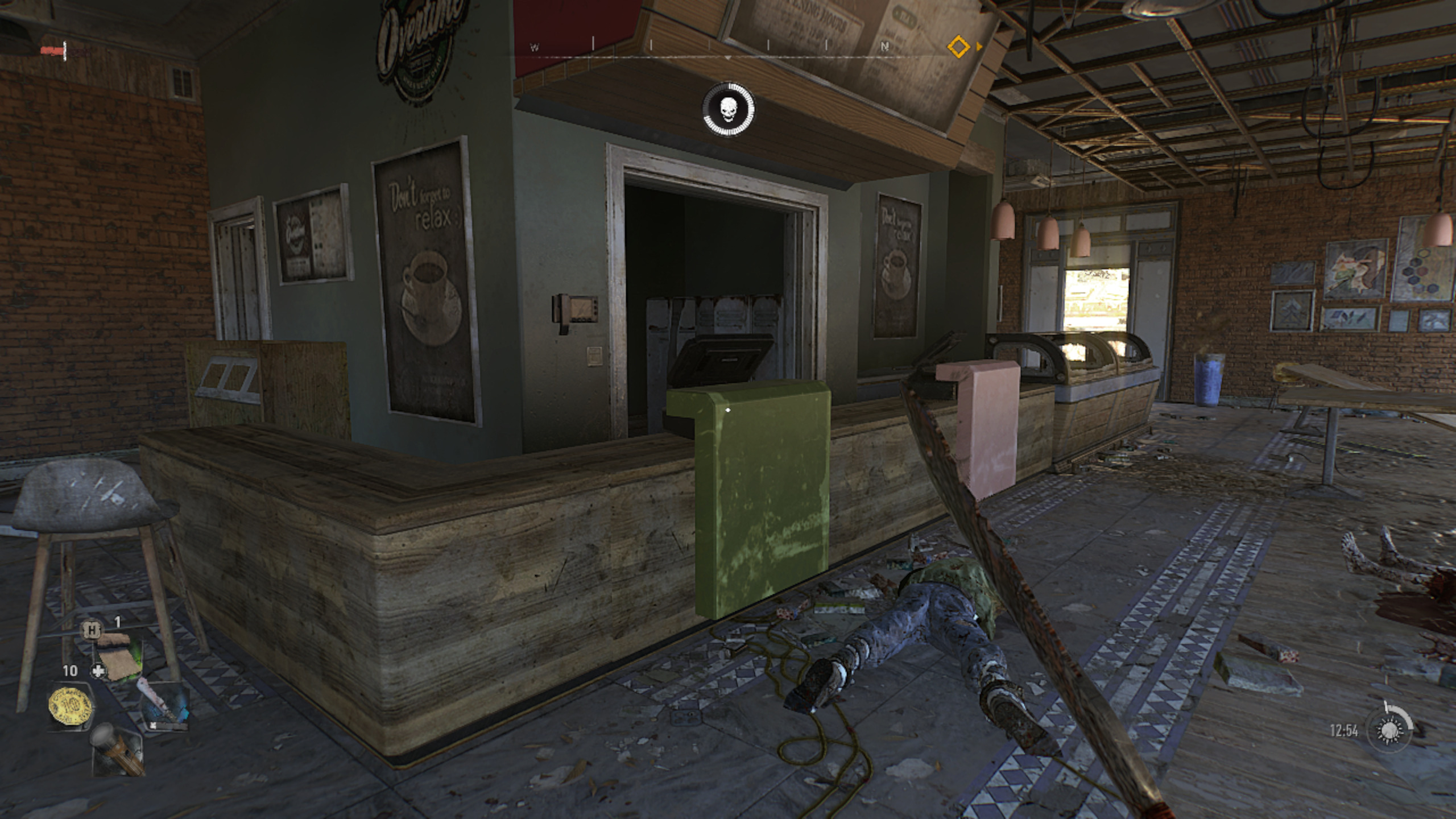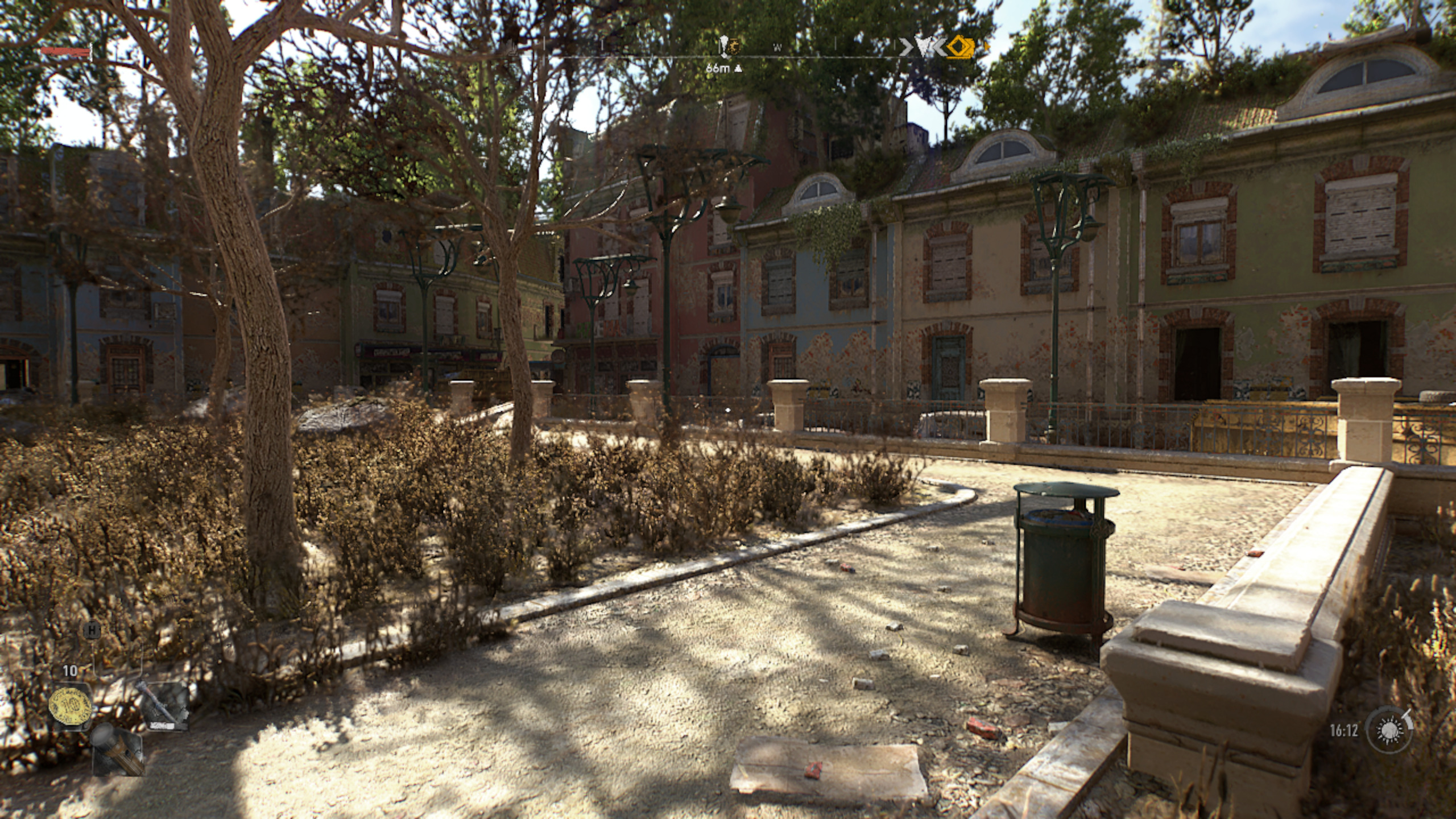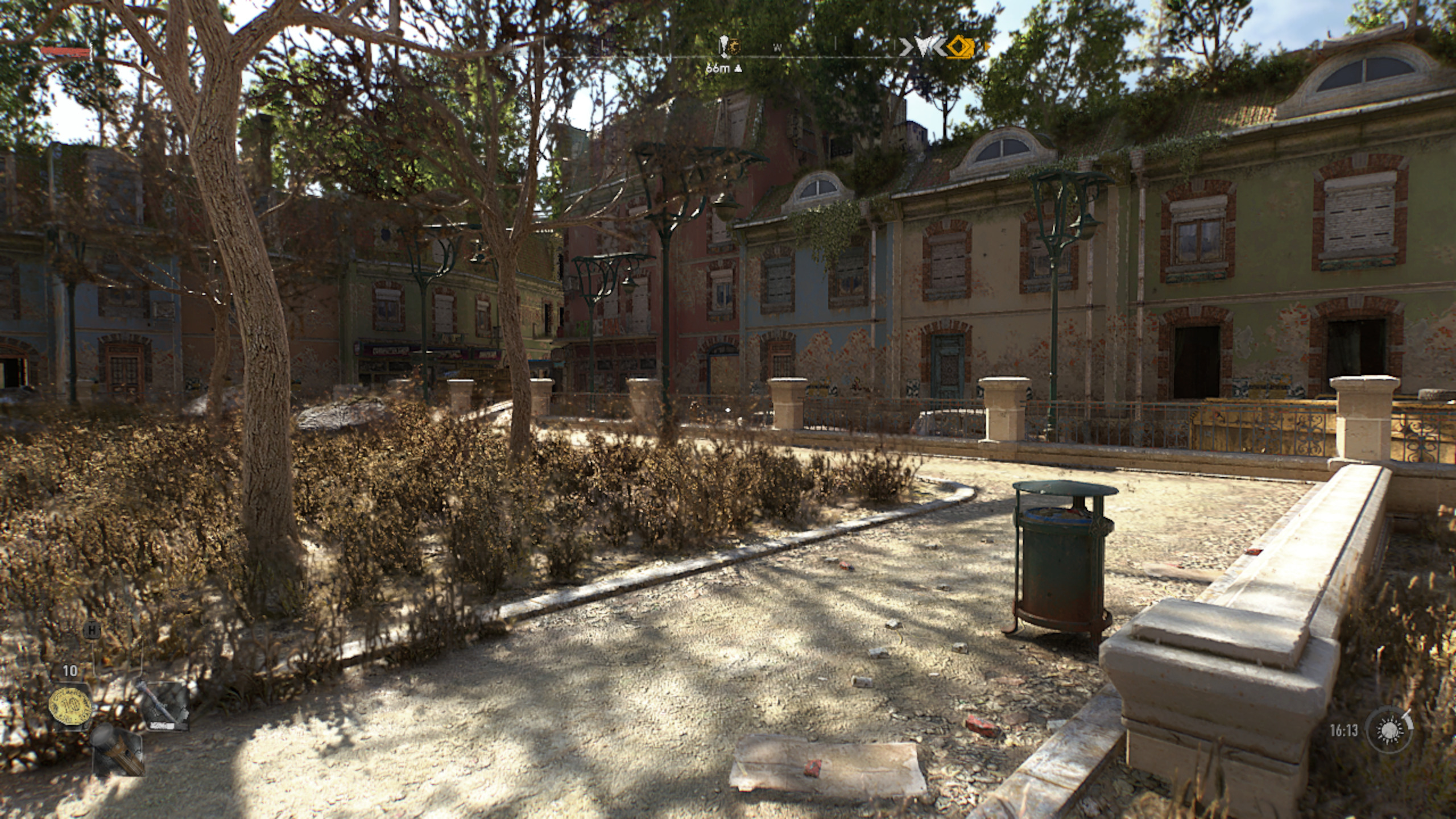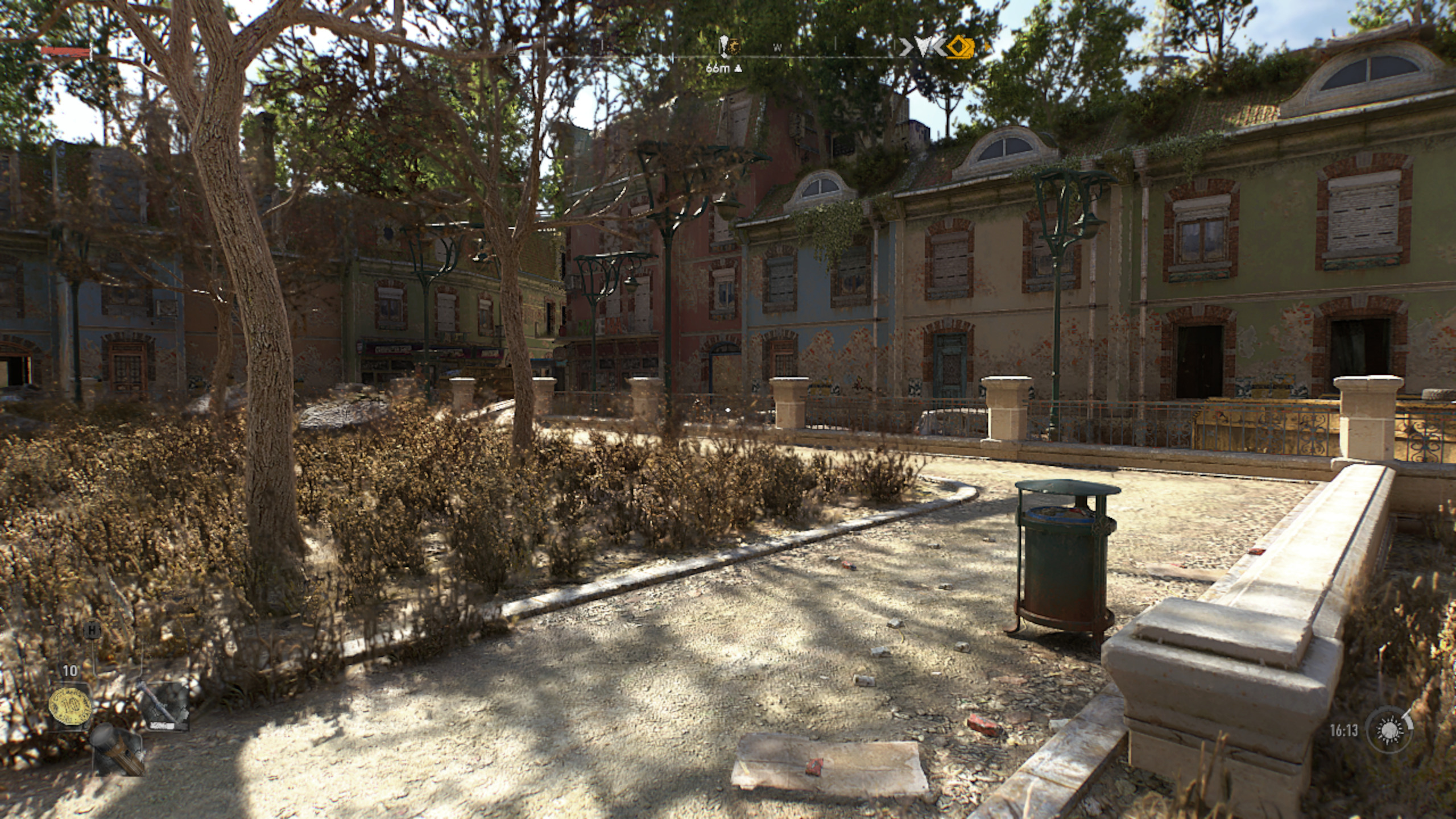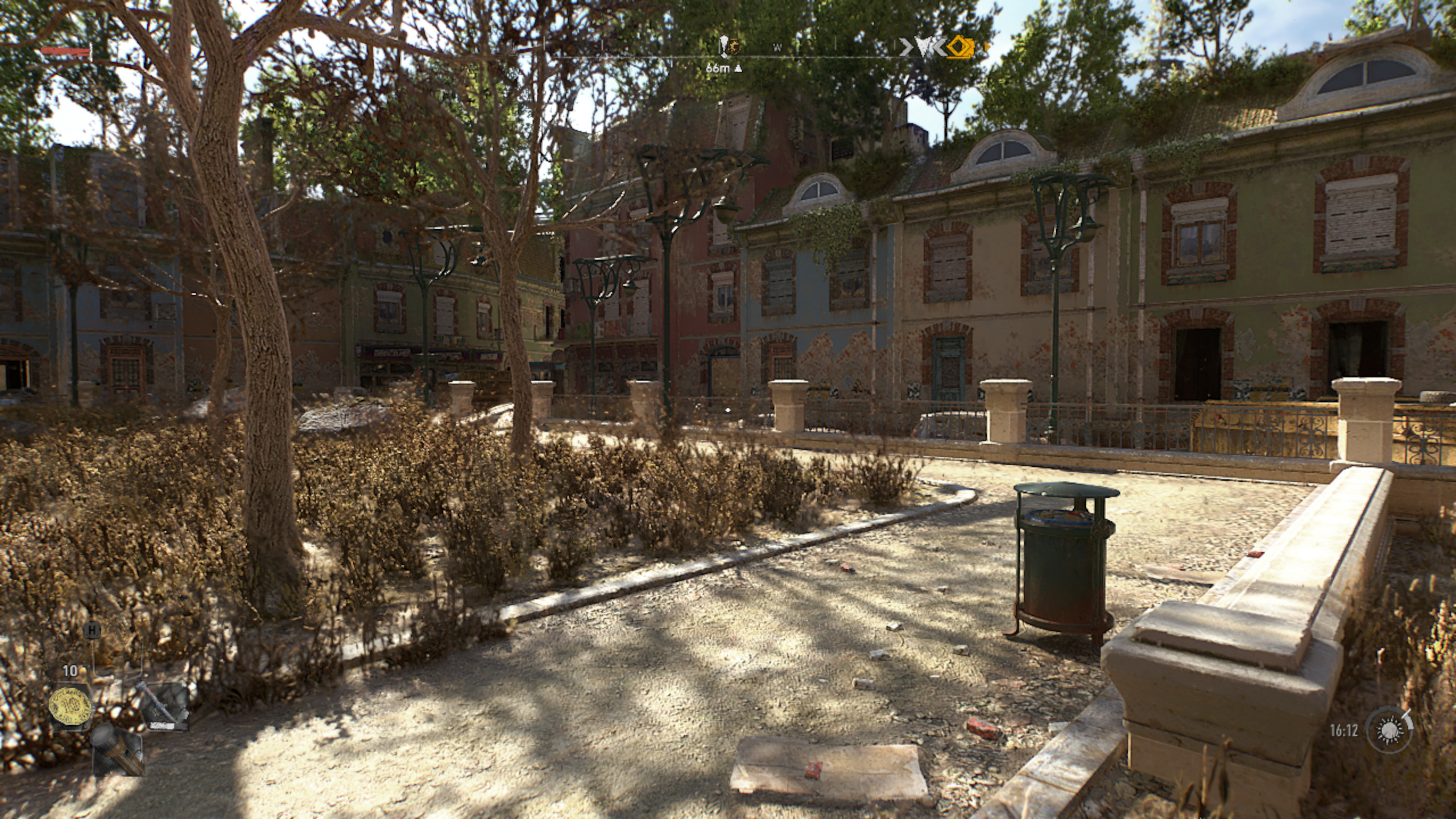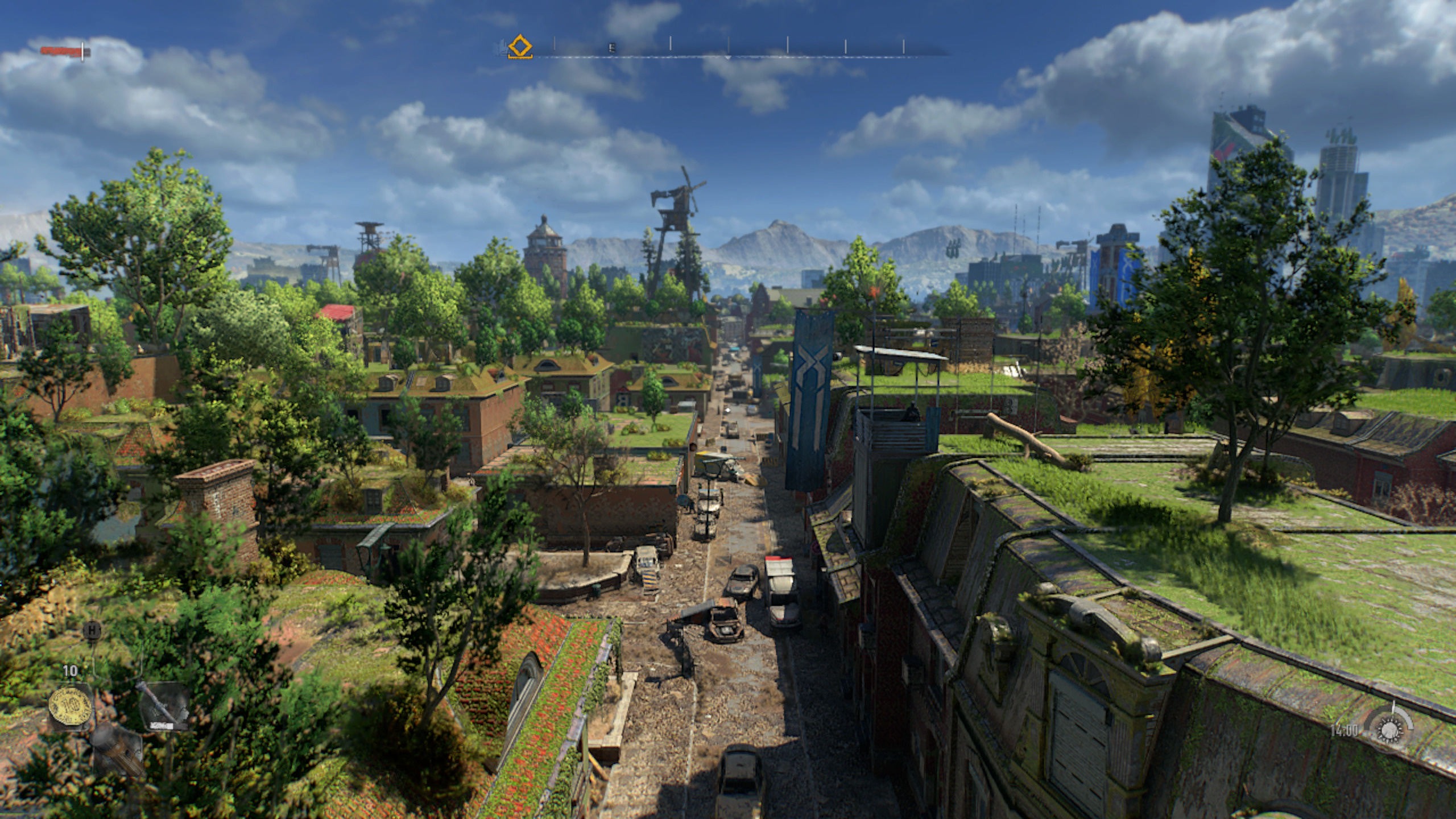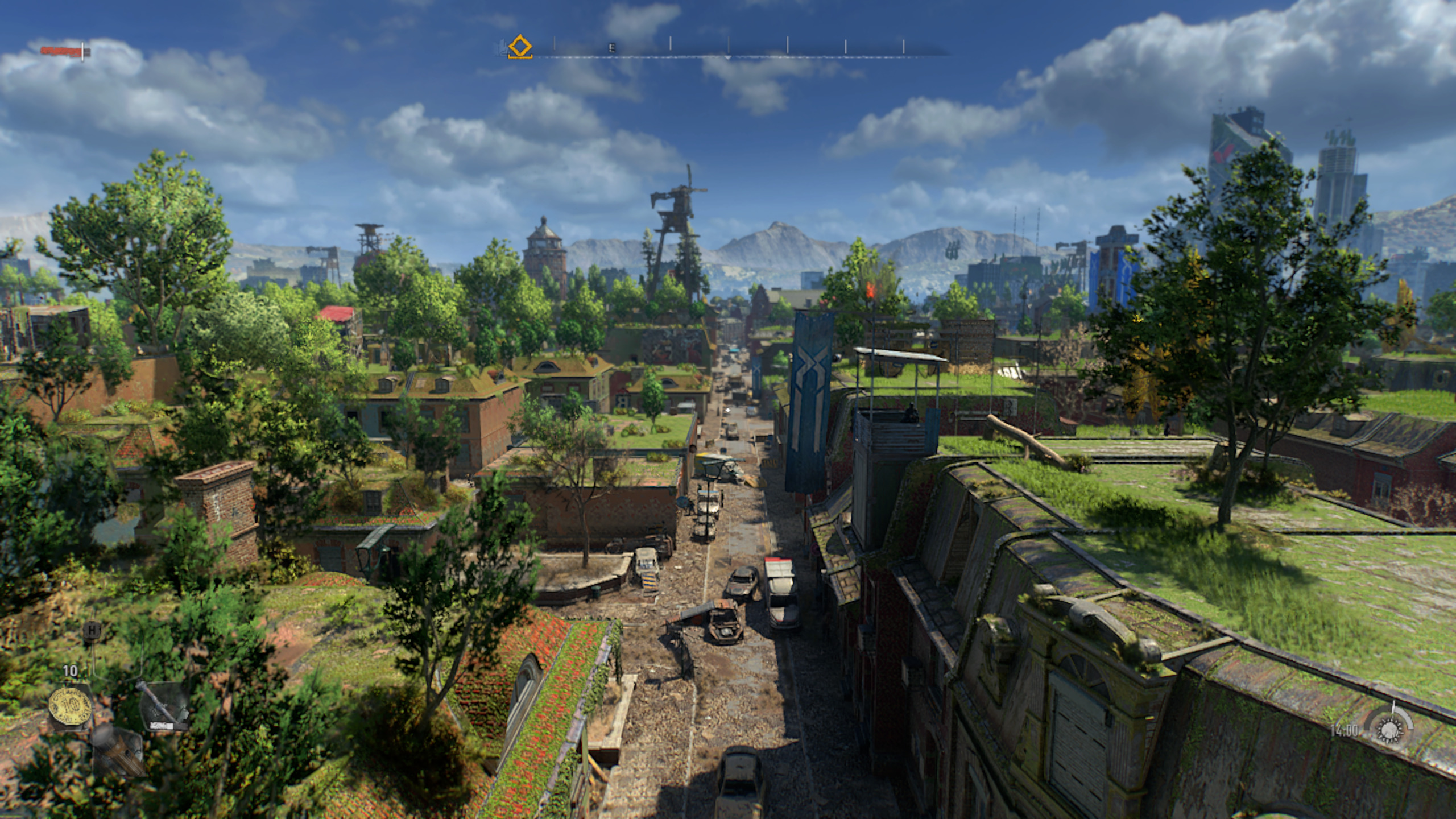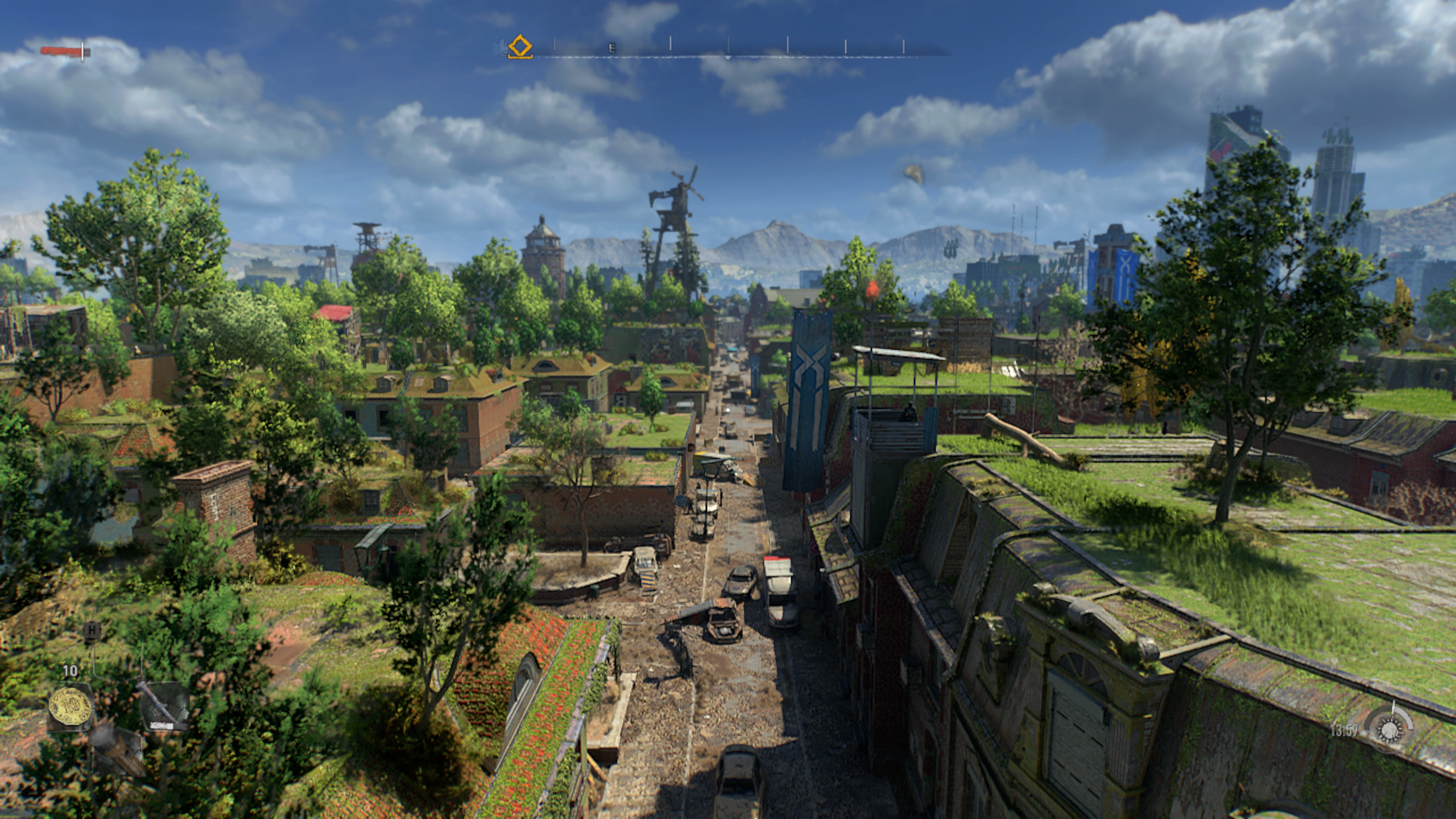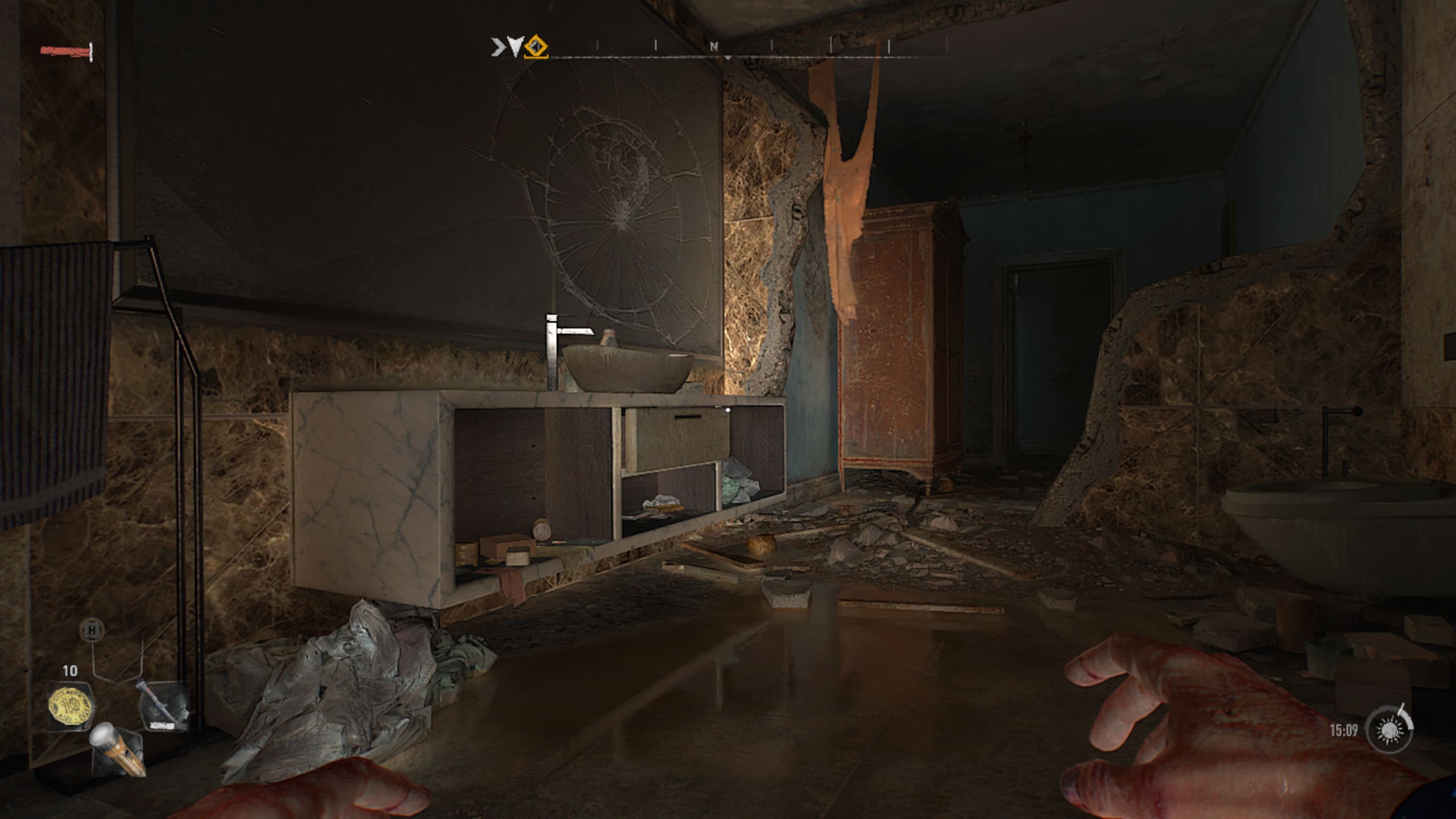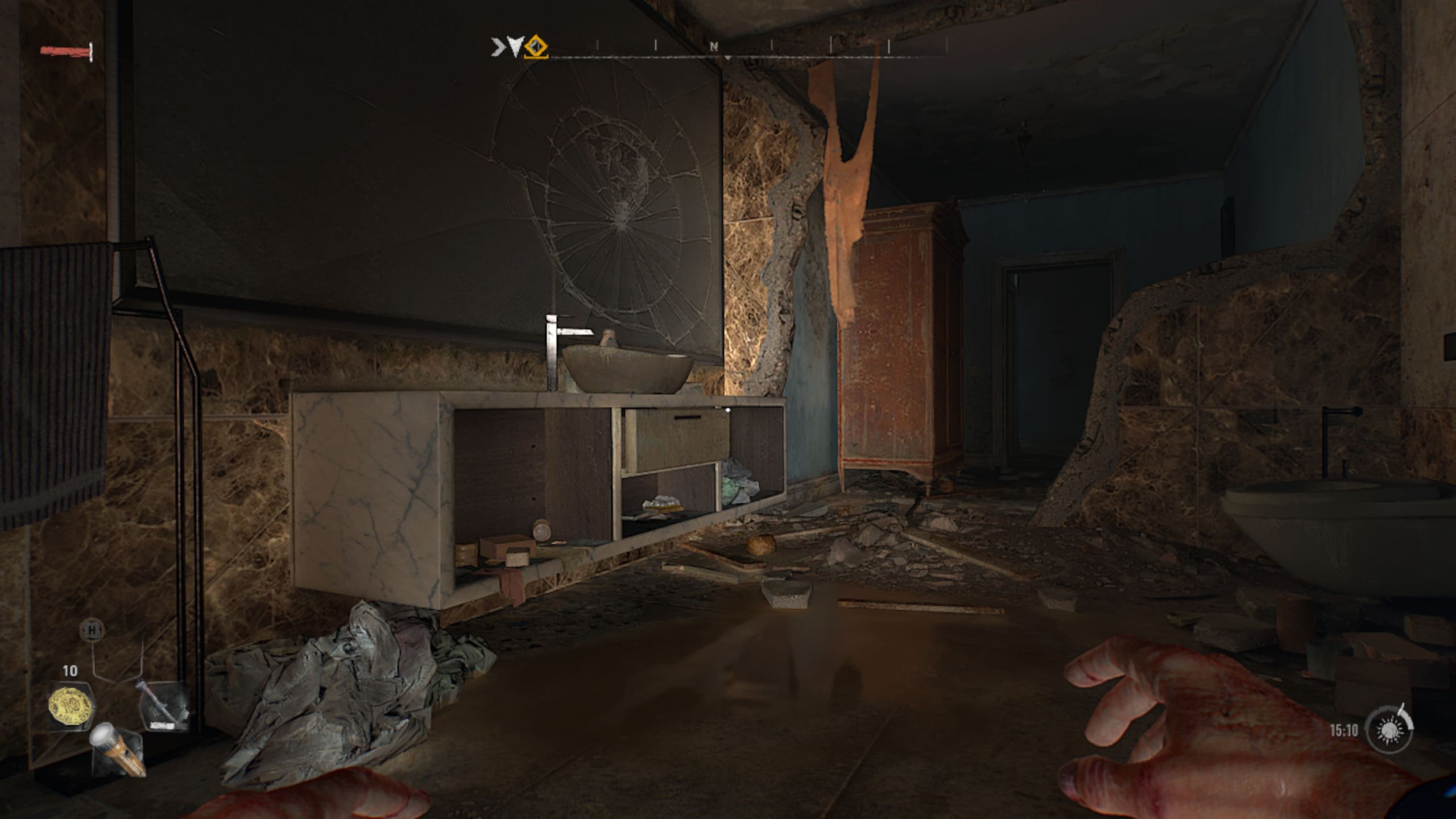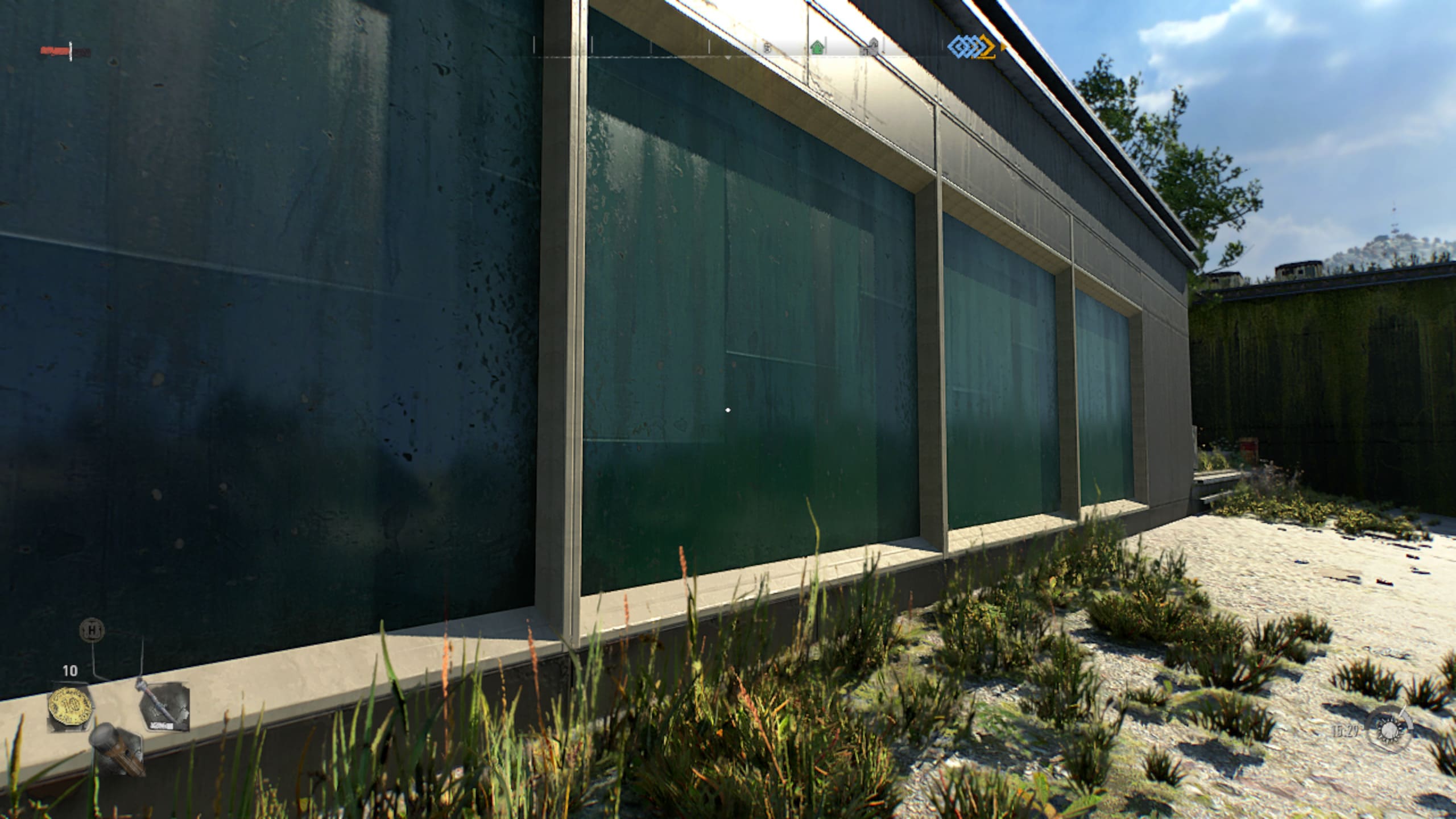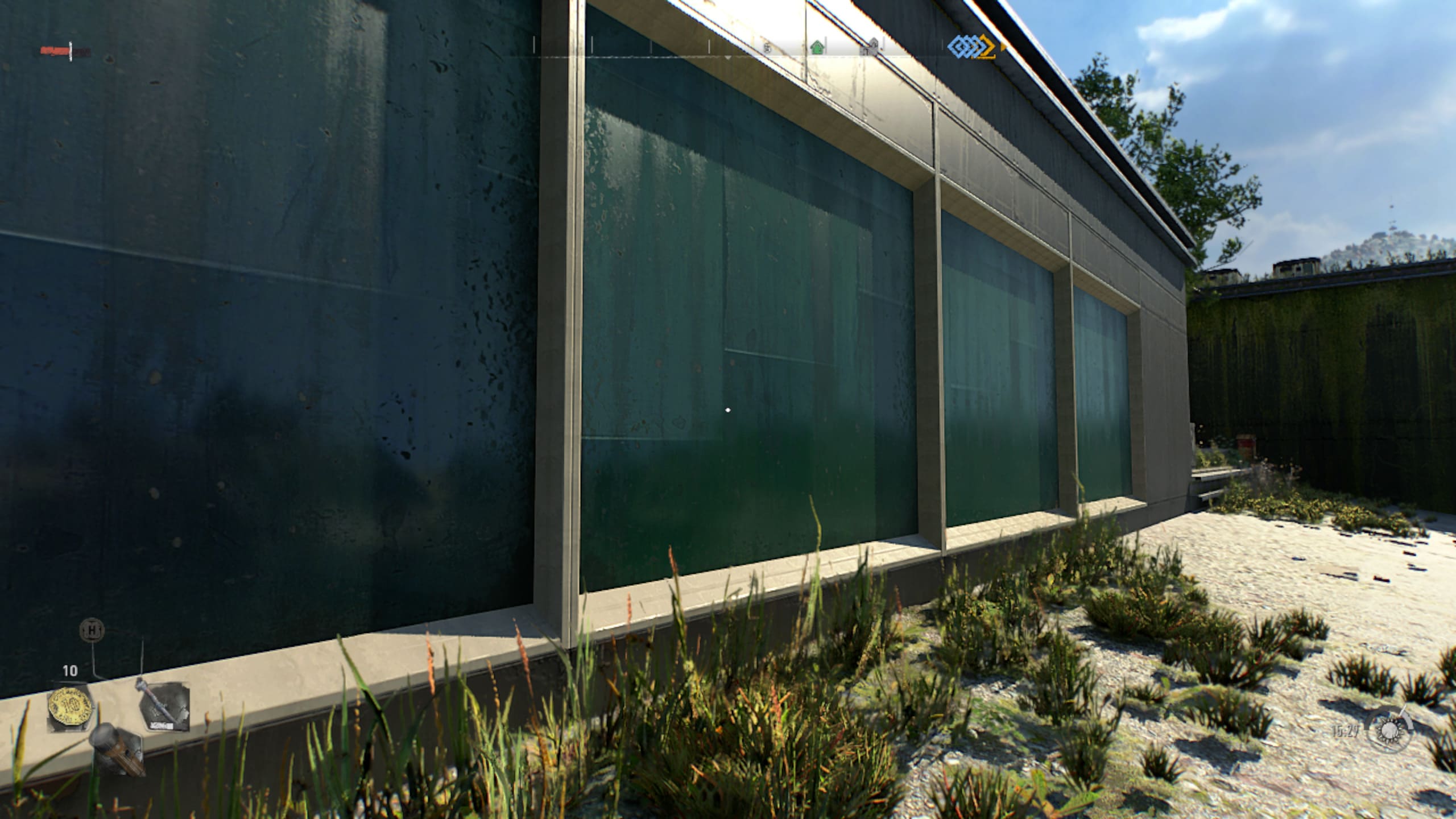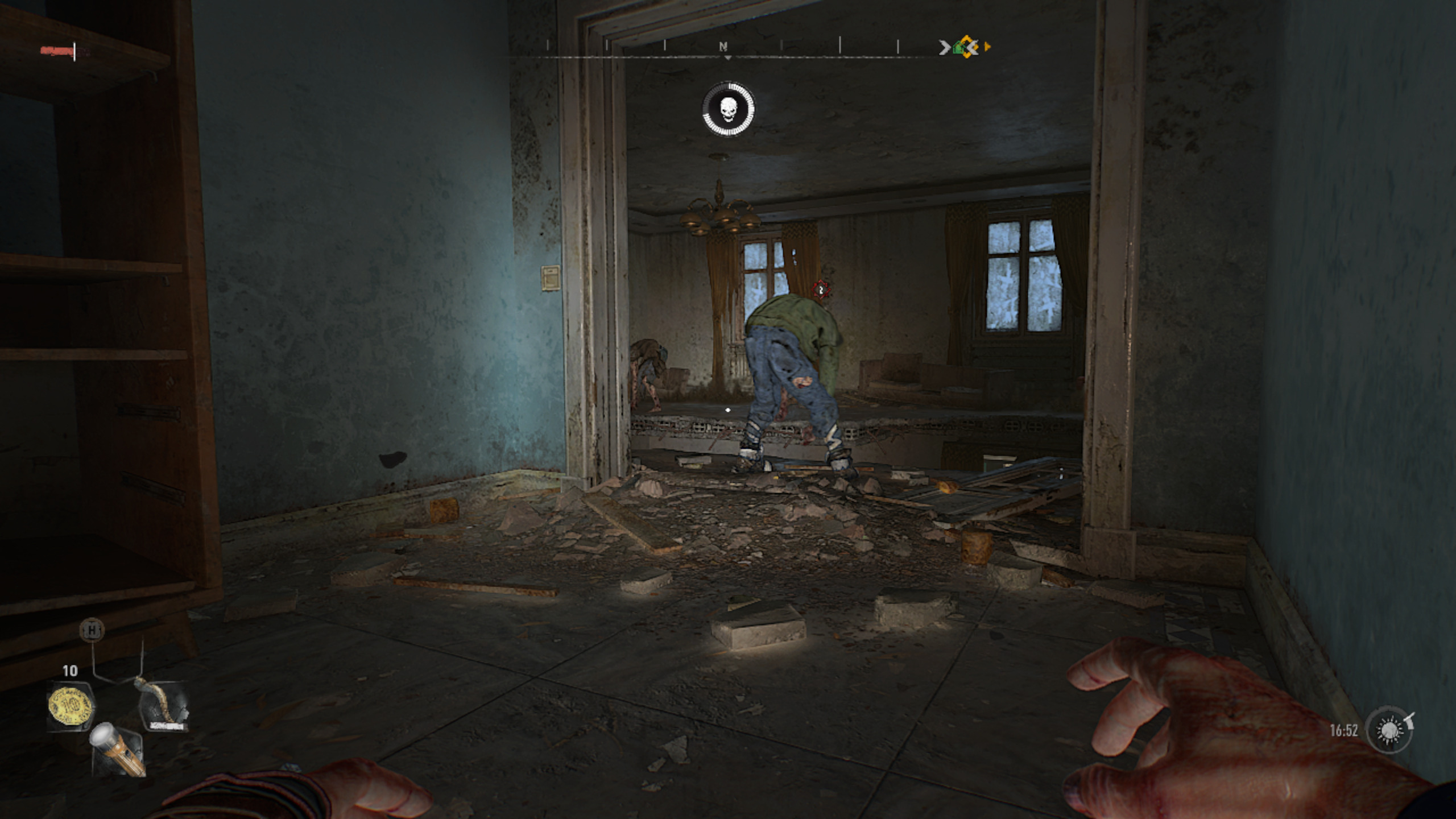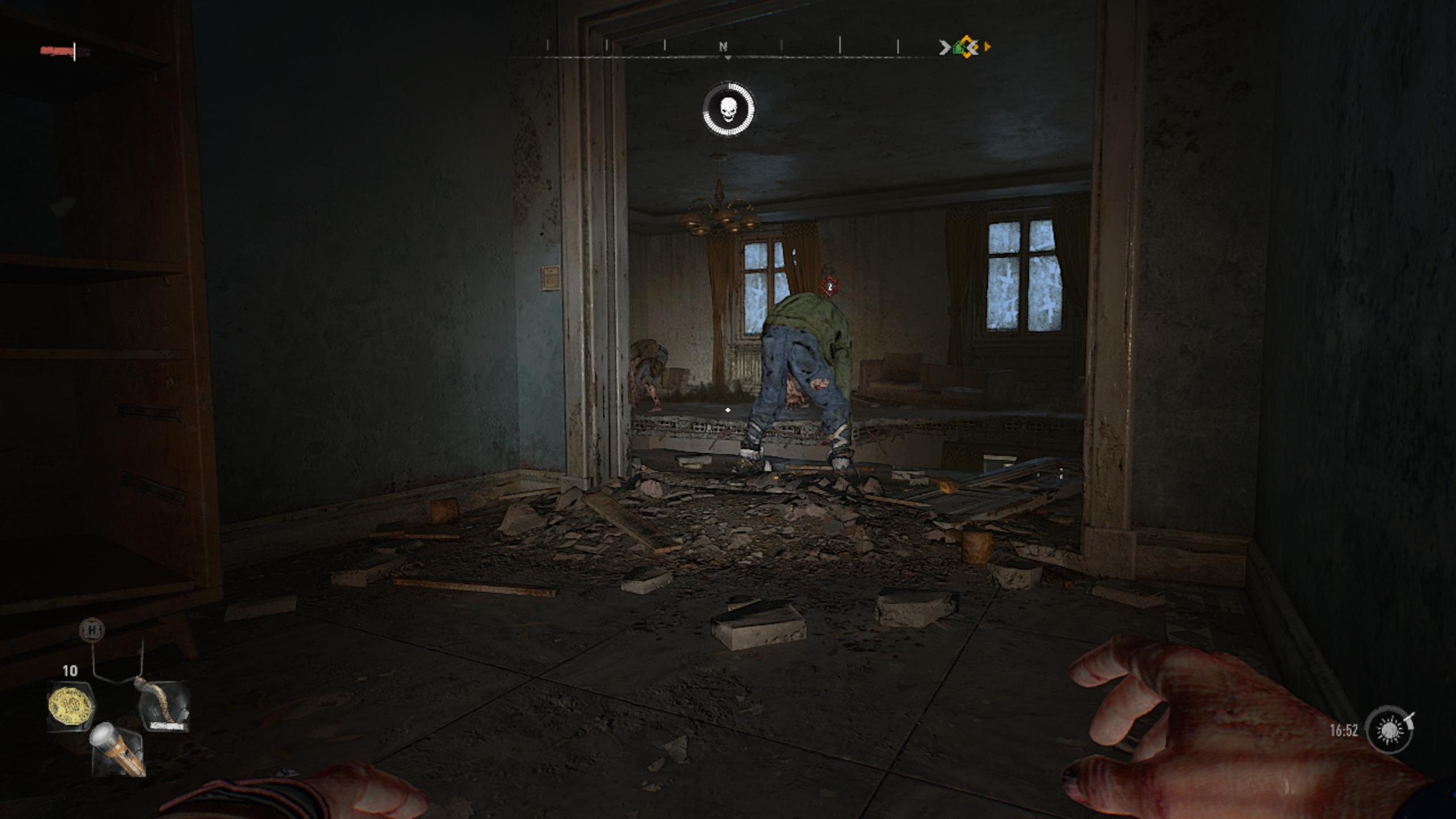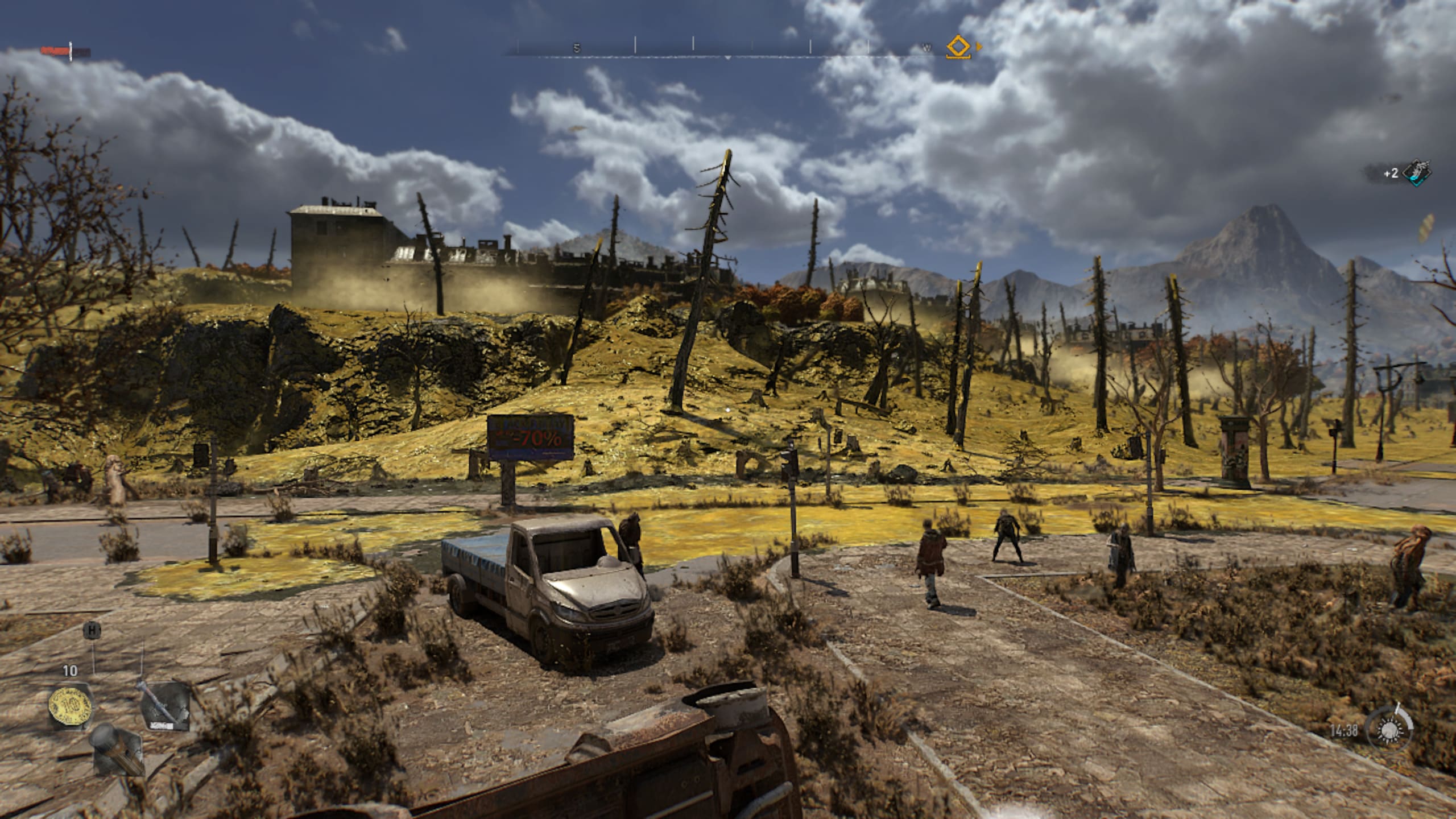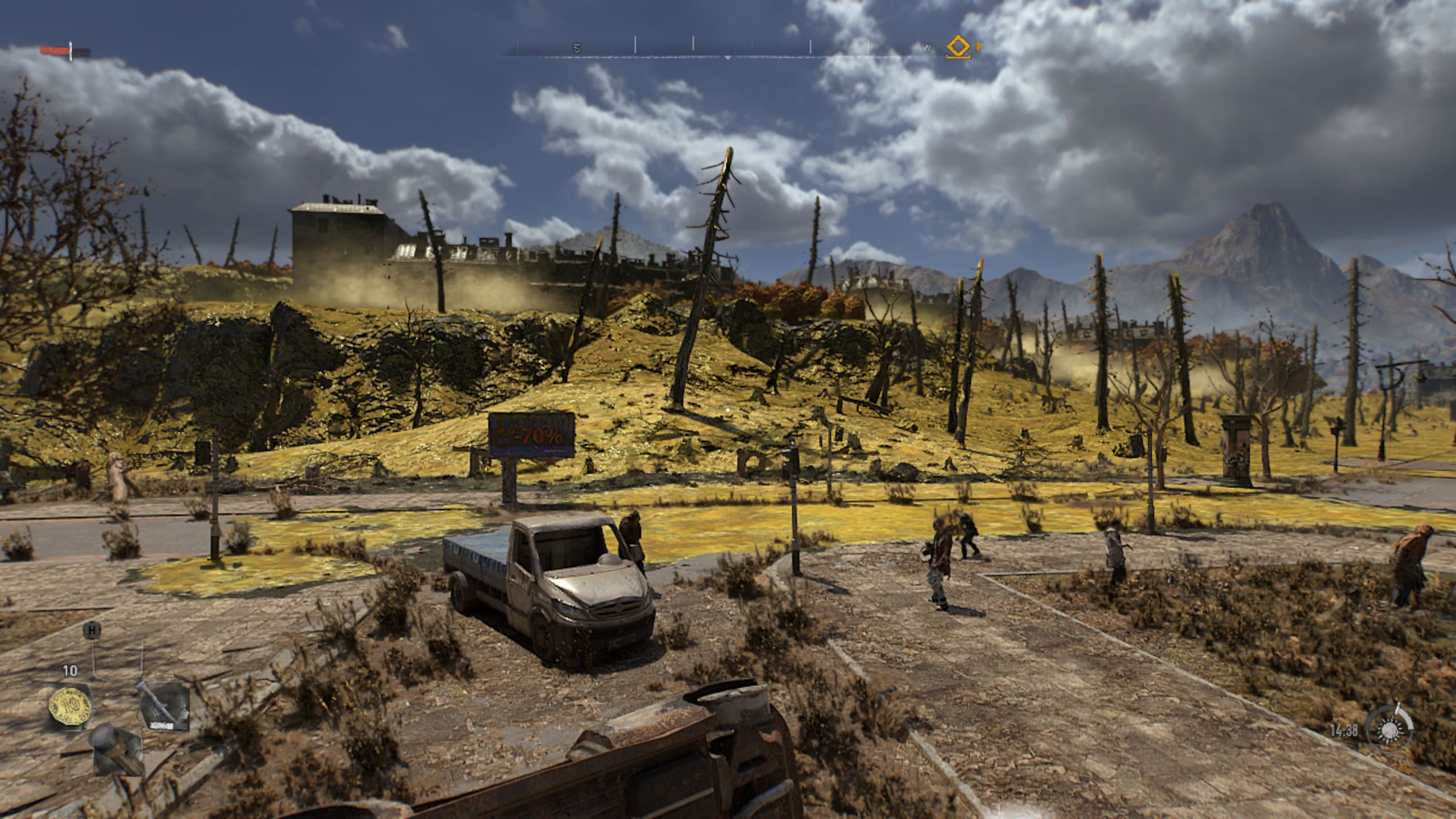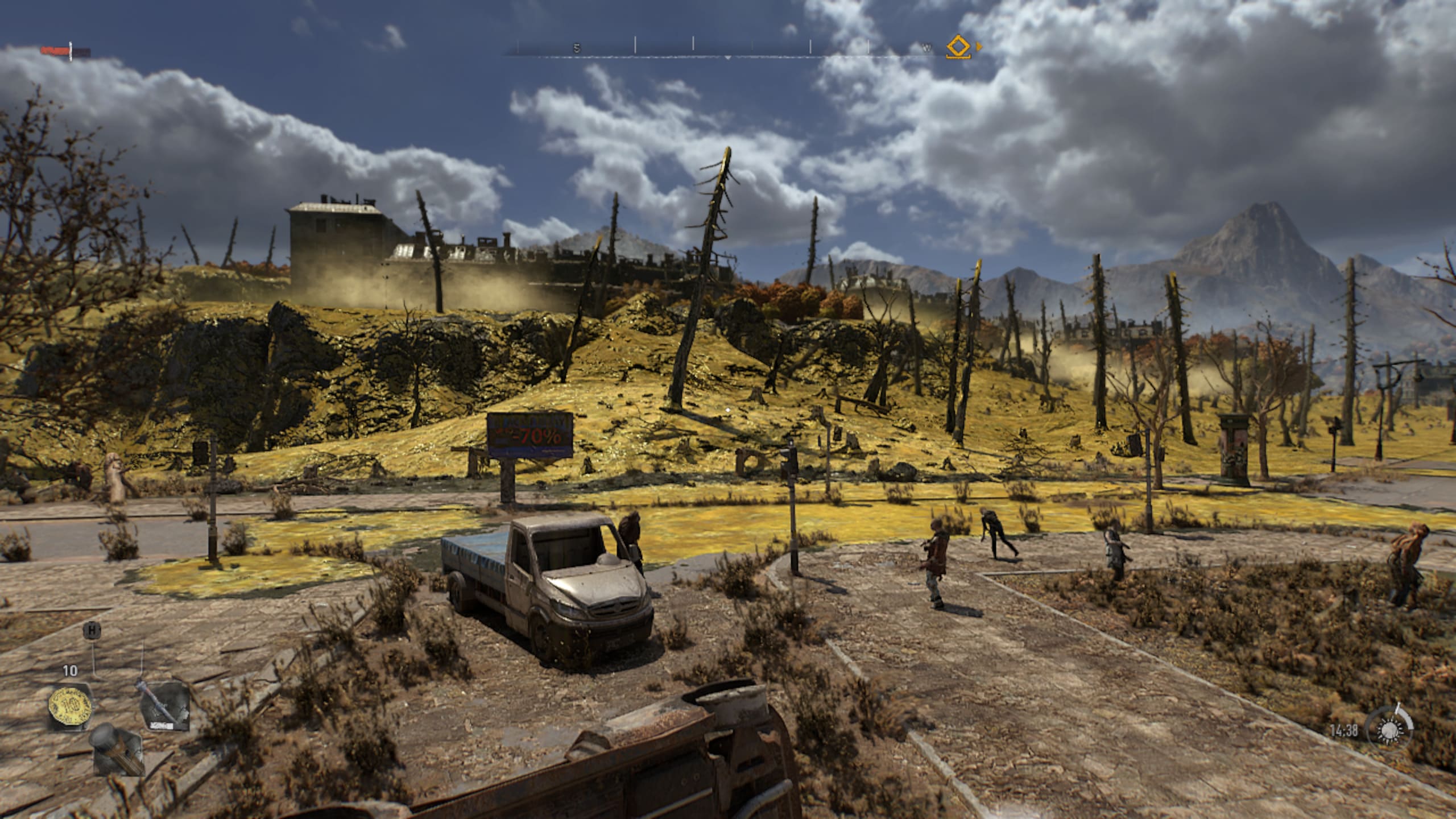Dying Light 2: Stay Human- Graphics Settings Comparison
In today's review, we'll take a look at the graphics settings and their impact on picture quality in the most anticipated game of the year - Dying Light 2: Stay Human. So the long seven years of waiting have flown by. Yes - yes, the continuation of the zombie shooter that shook the gaming world in 2015 is before us. Techland worked with NVIDIA to bring all the advanced ray tracing effects to the game - global illumination from the Sun and a flashlight, physically based shadows and penumbra, ambient lighting from light-emitting materials and surfaces (lamps, stained glass, etc.), as well as reflections on a wide range of materials.
Will the sequel succeed? Let's find out. Consider important graphic settings and their impact on the picture.
render mode. There are three DirectX render options to choose from: 11, 12 and 12 Ultimate. All visual effects are available on DirectX 12 Ultimate - the icing on the cake.
DirectX 12 Ultimate takes game realism to the next level with support for ray tracing, Mesh Shading, Variable Rate Shading, and Sampler Feedback. This rendering type is available on GeForce RTX and Radeon RX 6000 series.
If you do not own a GeForce RTX or RX 6000 series, then you have only two DirectX options available: 11 and 12. You will not be able to enjoy all the delights of the visual component of the game that the NVIDIA and Techland team worked on. The game was originally sharpened for the latest version.
Below is a comparison between DirectX 11 and DirectX 12 Ultimate. In the game, the time of day changes dynamically, as a result, at sunsets and dawns, in some places there is a huge difference, but at night the difference is not striking. The new version of the graphics API allows you to simulate the actual behavior of light in the game, creating incredibly realistic graphical effects such as global illumination, reflections and shadows.
DLSS vs FSR. Let's start with a little theory. There are several key differences between each upscaling technology, the main one being that Nvidia's DLSS is based on artificial intelligence. Nvidia technology is only possible thanks to Tensor Cores in the 20 and 30 series GPUs, which brings us to the next major difference: compatibility.
AMD FSR is open to a wide variety of cards, including Nvidia 10-series GPUs. FSR does not use AI and is instead based on a complex set of algorithms.
Let's see scenes with different NVIDIA DLSS and AMD FSR settings. Below is a comparison for each. For these tests, the Ultra game squat was used. In the image below you can see the difference between native HD quality and DLSS/FSR in both modes at 200% zoom.
By zooming in on a certain area of the image, it is possible to evaluate what technologies are capable of. NVIDIA DLSS achieves more clear textures, while AMD FSR does the opposite. With NVIDIA DLSS, you can see the wicker fence, crisp writing on the wall, the texture of the house, and AMD FSR is not able to show this, it softens them more.
The following image shows how DLSS does an excellent job. The details are well defined and the shadows will be just right.
Move on. Attention is drawn to AMD FSR in "Performance mode". When choosing it, we sacrifice the quality of objects such as grass, turning into an almost shapeless green spot.
Below I suggest you familiarize yourself with full-size images in order to appreciate the visual component.
Smoothing quality. The parameter has 3 modes - "Off", "Low", "High". Dying Light's cityscapes are replete with jagged edges on buildings, cars, and other objects.
If the option is enabled, the "ladder" disappears, and the image looks realistic. But the problem is that if you turn on the maximum graphics settings on a weak computer, the FPS will decrease. Depending on the parameters of the computer, the user selects the type of option, each of which is characterized by a certain effect on the image.
Particle quality. In this item, you can choose between: "Low" and "High". Dying Light has a lot of high-tech effects like volumetric smoke and fire, as well as just amazing explosions.
All this beauty, of course, affects the operation of the game, but it affects in moderation. Therefore, if you have a computer with a configuration closer to the recommended requirements, you can safely set the "Medium" particle quality. And if everything is really bad - "Low". As the value increases, the smoke becomes more voluminous and saturated, the fire becomes brighter and denser.
Sun shadow quality. There are two modes available: Soft Shadows with RT and PCF. Tracing adds dynamic, divergent shadows from objects and creates a more pronounced transition between the light and dark side of objects, emphasizing the direction of the lighting. Traced shadows are rendered at screen resolution and are able to convey the smallest details near the object. The technology of creating shadows allows you to make them more realistic and close to life. Shadow outlines dissolve as they move away from the object that casts the shadow.
For a more accurate comparison, below are screenshots from different locations.
I would like to note the point with RT. For the first time, NVIDIA introduced us to RT shadow technology in a game Control, but hybrid shadows were used there - tracing at the points of contact with the surface to provide high detail (because the resolution of shadow maps is not enough for these purposes), flowing into ordinary shadows by rasterization as they move away from the object.
In Dying Light, all shadows are traced. With tracing, the farther the shadow is from the object that casts it, the more diffuse this shadow becomes (see illustrations on wikipedia for "Penumula"). Conversely, the closer the shadow is to the object that casts it, the higher the detail and clarity of traced shadows. These phenomena are known as shadows and penumbra. If you look closely, many objects in games "hang" in the air, because they either do not have a shadow, or their shadow does not quite correctly correlate with the object. I am sure that you have encountered this problem, but now you can forget about this "absurdity".
Quality of contact shadows. The item has 5 settings: "Off", "Low", "Medium", "High" and "Very high". Contact Shadows allows you to give more depth to all objects away from the player - for example, window frames, vehicles and other objects receive visually more correct sub-pixel shadows. When the option is turned off, the shadows will begin to merge into a single dark area, and when turned on, each of them will be clearly drawn around the edges, even inside the other.
We suggest you familiarize yourself with the influence of this parameter. For a more accurate comparison, below are screenshots from different locations.
The difference between the image is clearly visible. Contact shadows improve overall perception. They allow you to additionally designate the junction of objects, better highlighting different elements of architecture, shadows appear between trees, there is a shadow from debris on the ground..
The quality of the shading model. The parameter has 4 modes - "Off", "Low", "High", "Ultra with RT". Background shading makes the lighting in the game scene more realistic. Objects cast shadows where light is obstructed: details in corners or surrounded by other objects become darker, and everything that is exposed to light sources becomes lighter.
For a more accurate comparison, below are screenshots from different locations.
В первой сцене мы видим, что параметр «Высокое» делает общую картинку светлее, а некоторые тени, обратите внимание на стул, насыщенными в сравнении с «Ультра с RT». Полное отключение AO приводит к исчезновению полутеней и влияния объектов друг на друга.
Second scene. When set to Ultra with RT, the grass and bushes have rich shadows that make them stand out and add volume to the whole picture. With the "High" setting, the shadows are less pronounced. No difference was seen between "Low" and "Medium". Without AO, there are no penumbras and shadows from vegetation on the ground at all. As a result, the grass merges into one green mass - the attractiveness of the final picture suffers greatly.
Quality of global illumination. It has 4 modes - "Low", "Medium", "High", "Ultra with RT". Dying Light uses NVIDIA RTX technology to create realistic lighting in the game by simulating global illumination using real-time ray tracing.
Ray tracing simulates the actual behavior of light, and light is the key to realism in games. Realistic lighting helps to convey the atmosphere of a dark harsh world deeper. That's why NVIDIA helped Techland bring tracing-based global illumination to Dying Light, the long-awaited sequel to the zombie shooter.
Reflection quality. Available at this point: "Low", "Medium", "High", "Ultra with RT". Reflections add a lot of realism to the world of Dying Light. This is exactly what is lacking in many other games. Puddles, wet surfaces, and some shiny surfaces can reflect objects, characters, and other game elements.
For a more accurate comparison, below are screenshots from different locations.
When set to "Ultra with RT", the corresponding elements are displayed in good quality. With "Medium" detail and brightness are reduced, and artifacts appear during the game. At "Low", almost all reflections disappear, only the reflection of light on surfaces is visible, which is to be expected.
Ray tracing flashlight. In this item, you can choose between: "Off" and "On". Even before the release, the developers talked about their experiments with secondary lighting (reflections from surfaces), which comes from artificial light sources (the protagonist's flashlight).
Thanks to ray tracing, some scenes became darker, and the flashlight became brighter and clearer. How do you like the innovation from Techland?
Fog quality. The parameter has 3 modes - "Low", "Medium", "High". Fog is an FPS eater. For the game, the density of the volumetric fog is not so important. During the review, the impact of this parameter on the visual component of the game was not noticed.
So let's summarize. Dying Light 2 may well repeat the fate of the first part.
At the moment, this is the largest game based on the studio's own engine called C-Engine. And this is Techland's first ray-traced game. Therefore, the development team is actively collaborating with NVIDIA to implement new technologies. Thanks to the partnership, the visual component of Dying Light 2 Stay Human is on top!
Dying Light 2 is one of the best zombie games in the industry. Never before has one project incorporated crazy gameplay, cool graphics, and a great storyline at once. More parkour, more story and more choices - Dying Light 2 has retained everything you love so much. So, enjoy the game!
The iron test is available at this link





